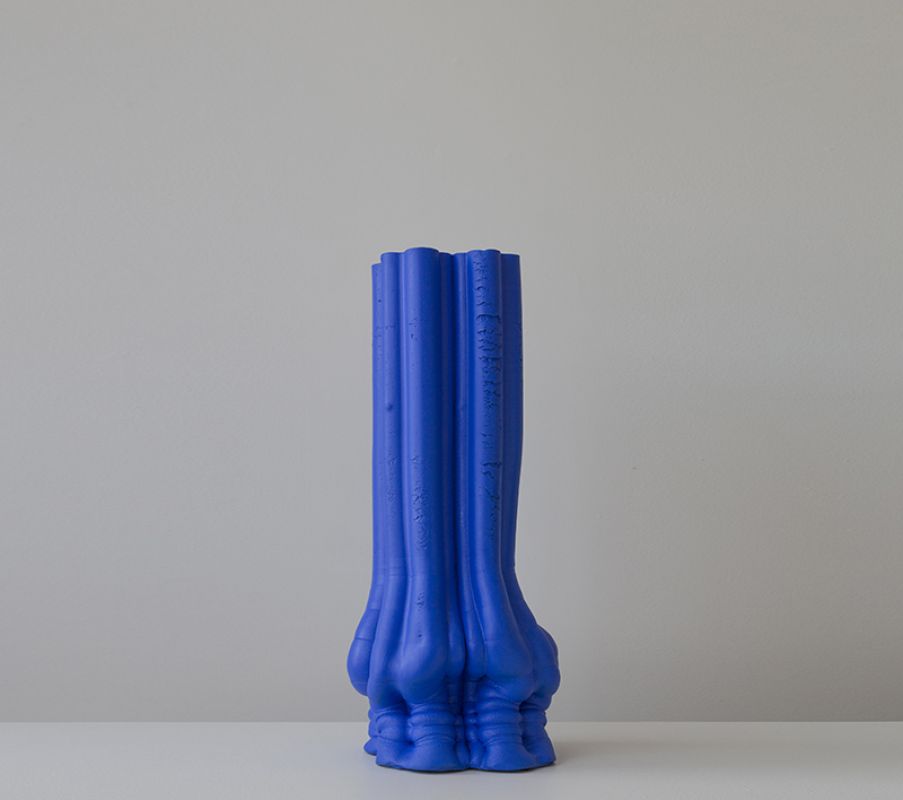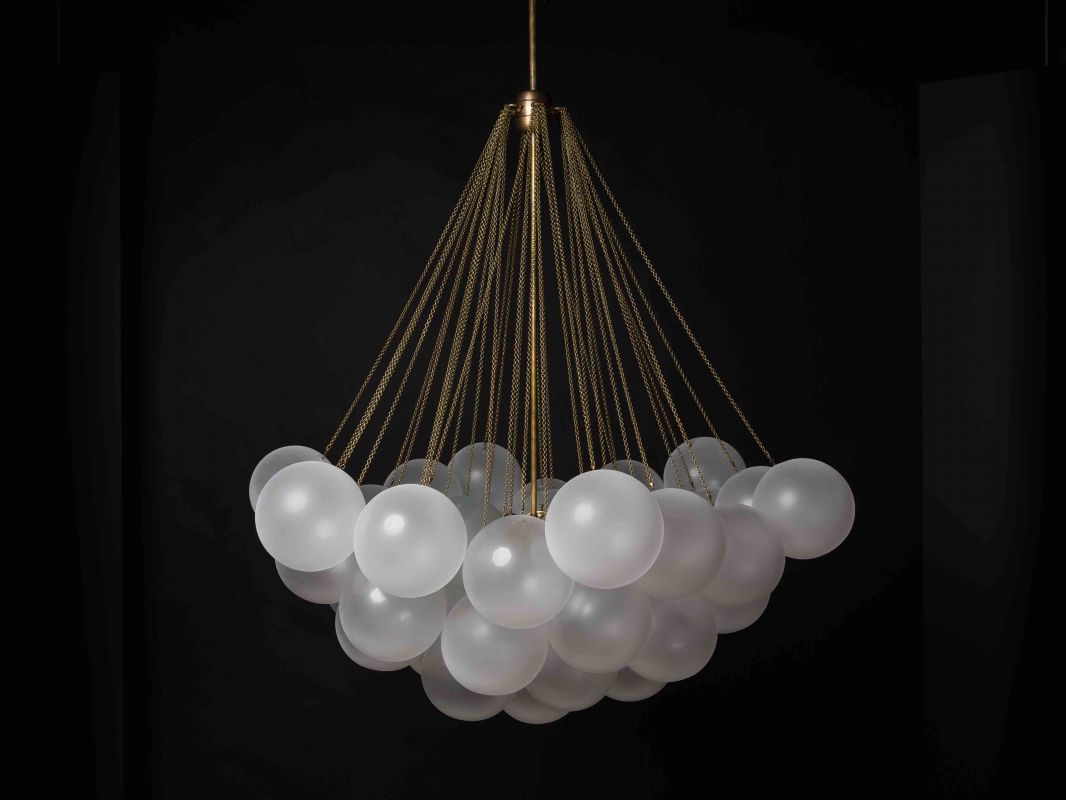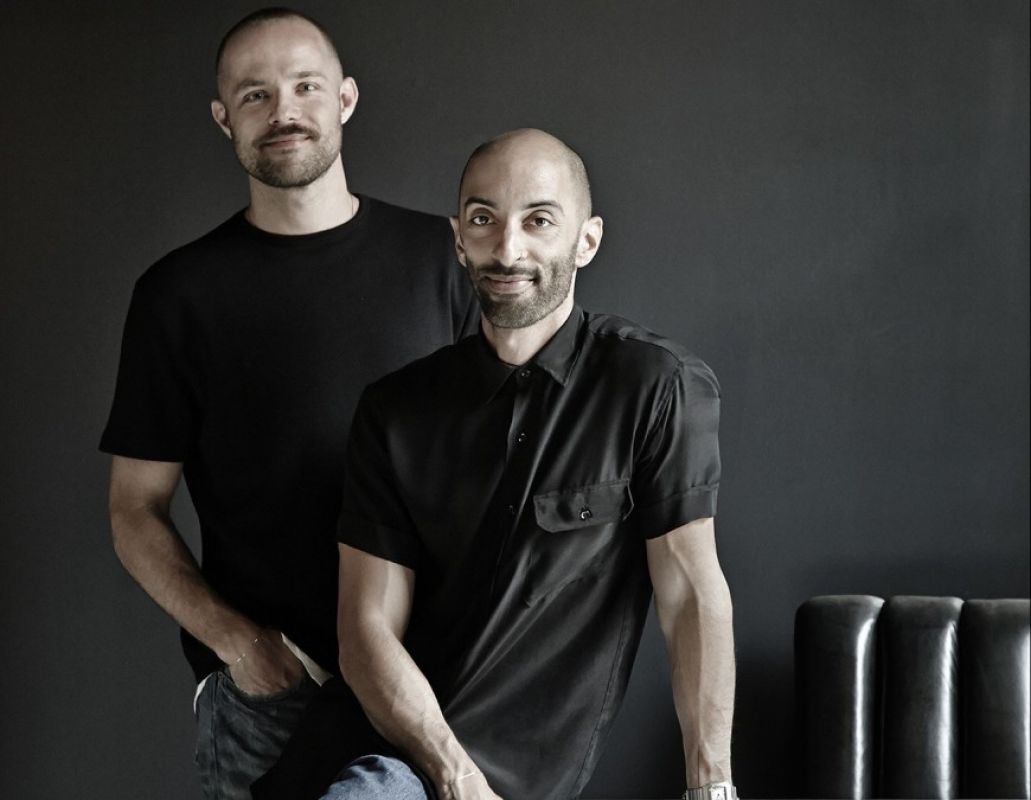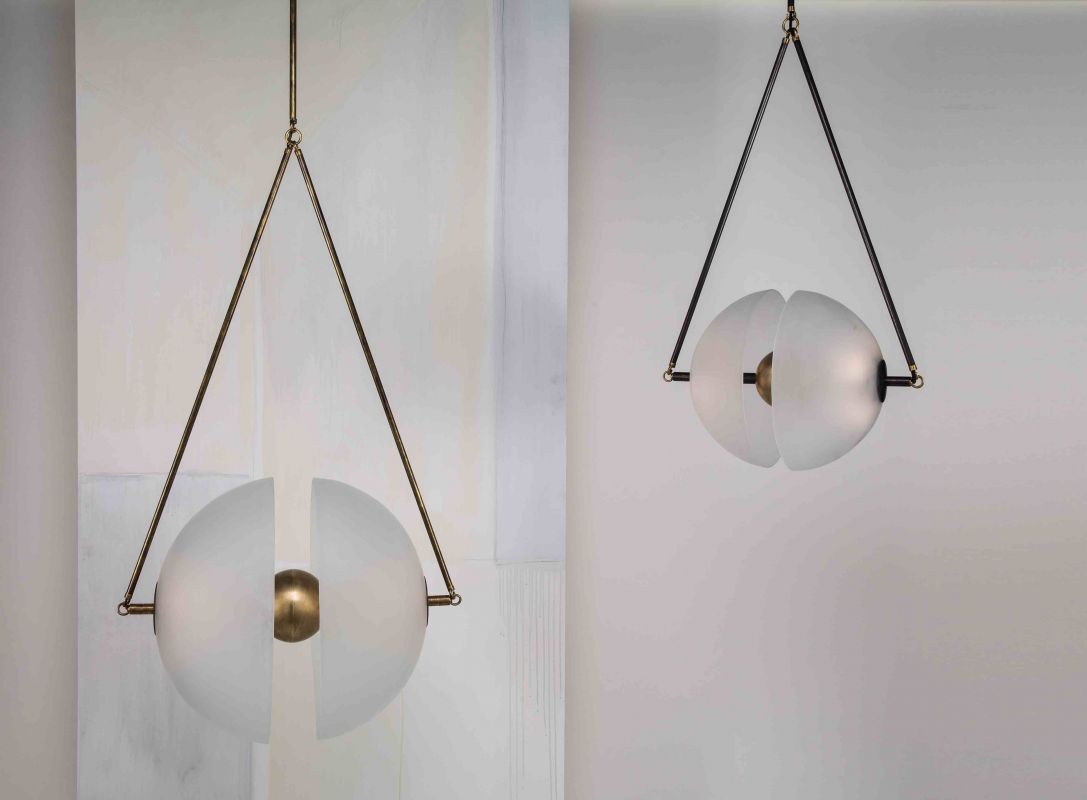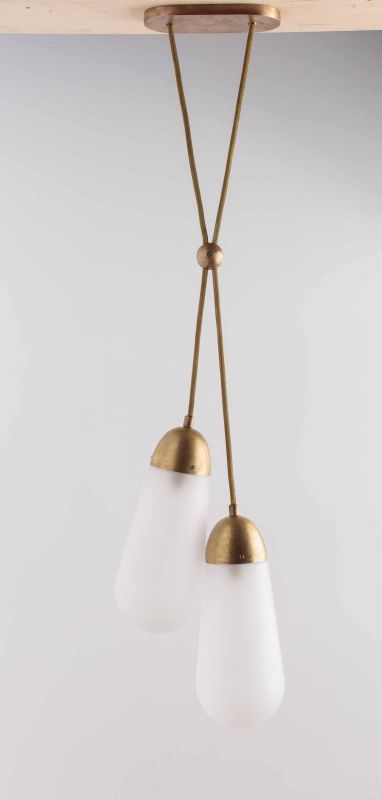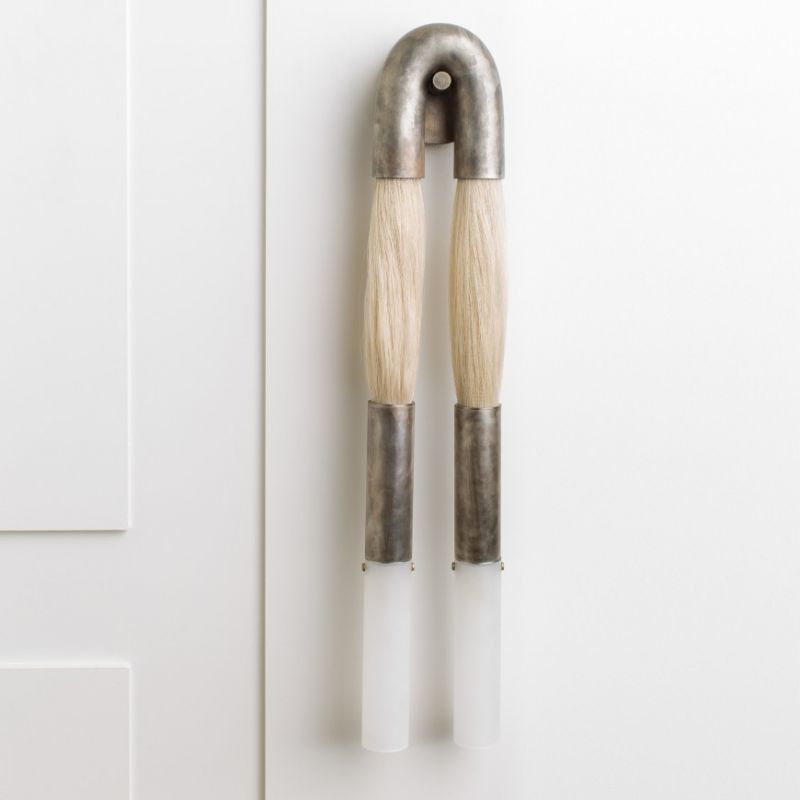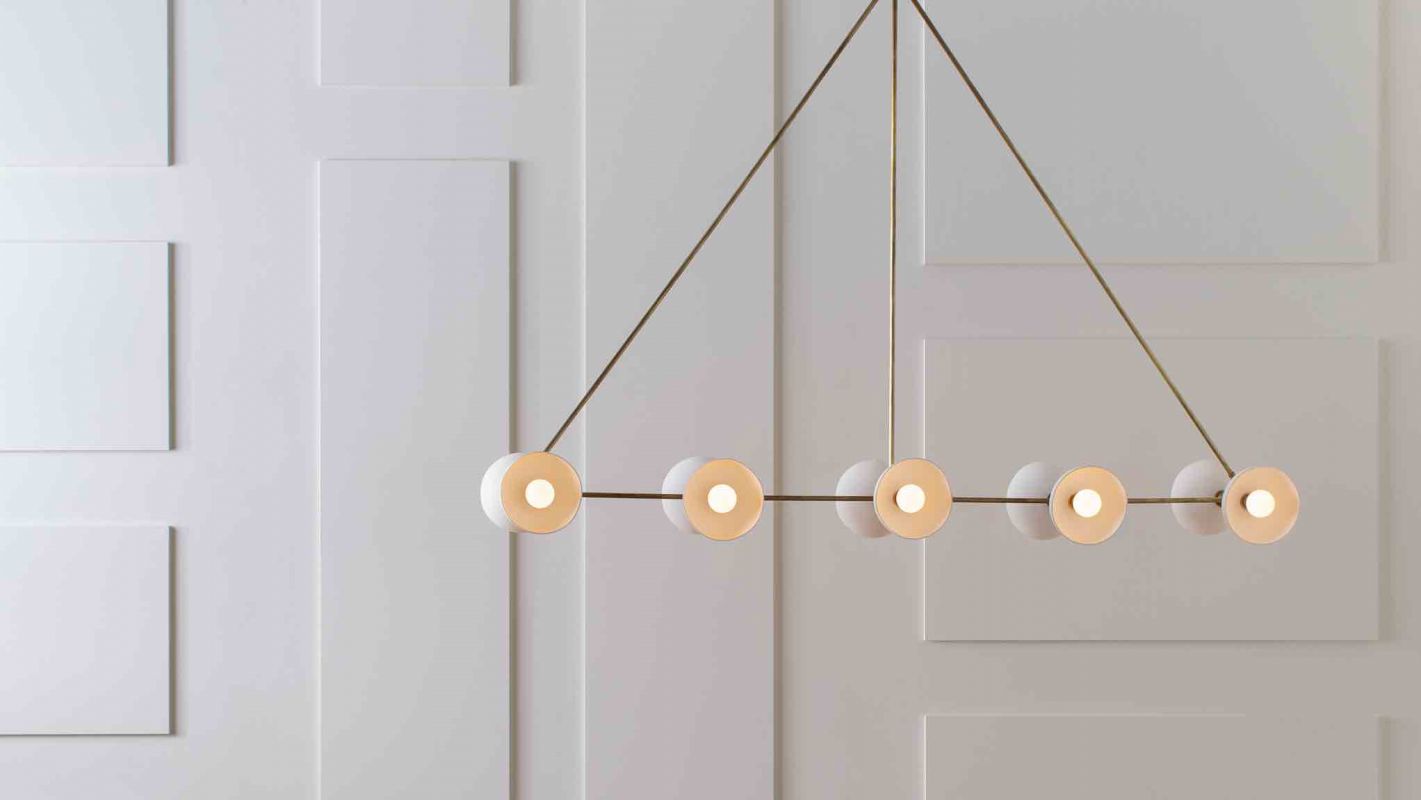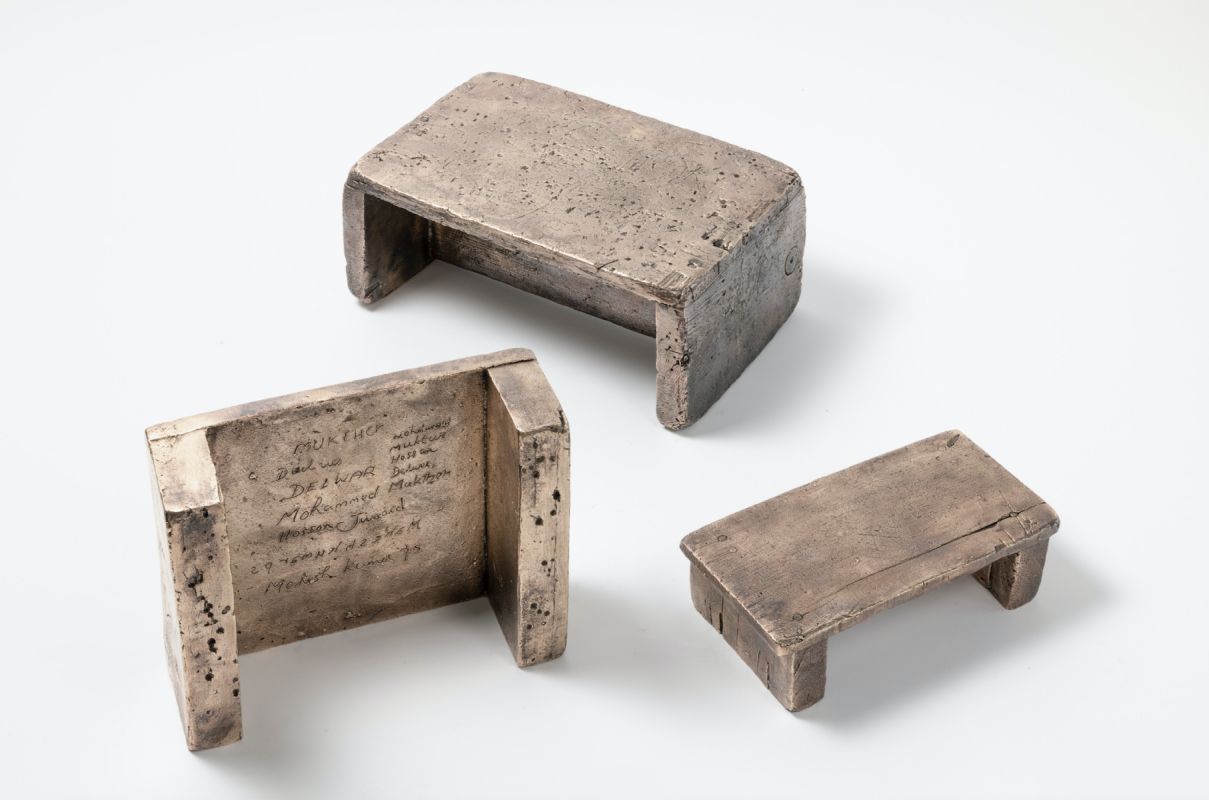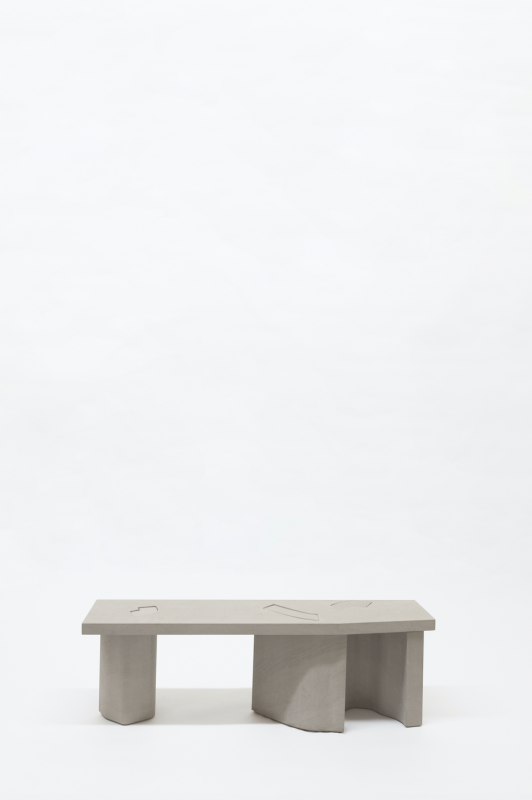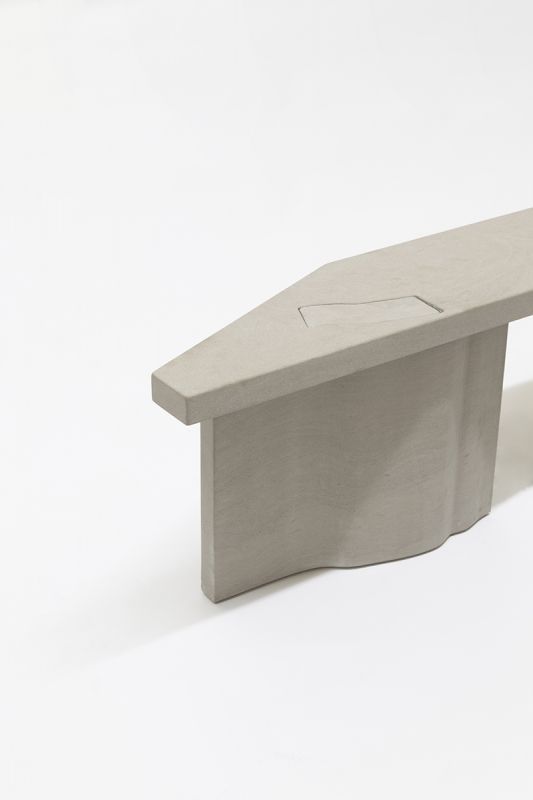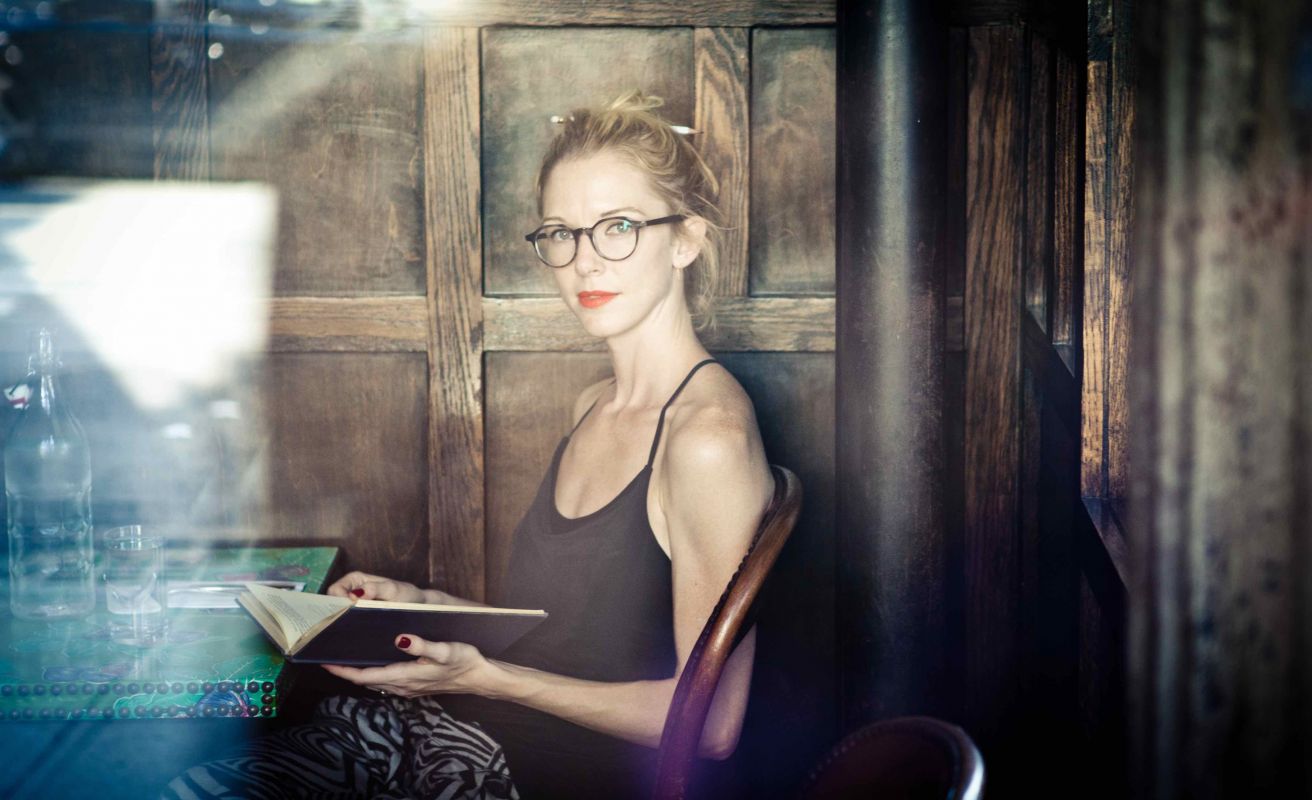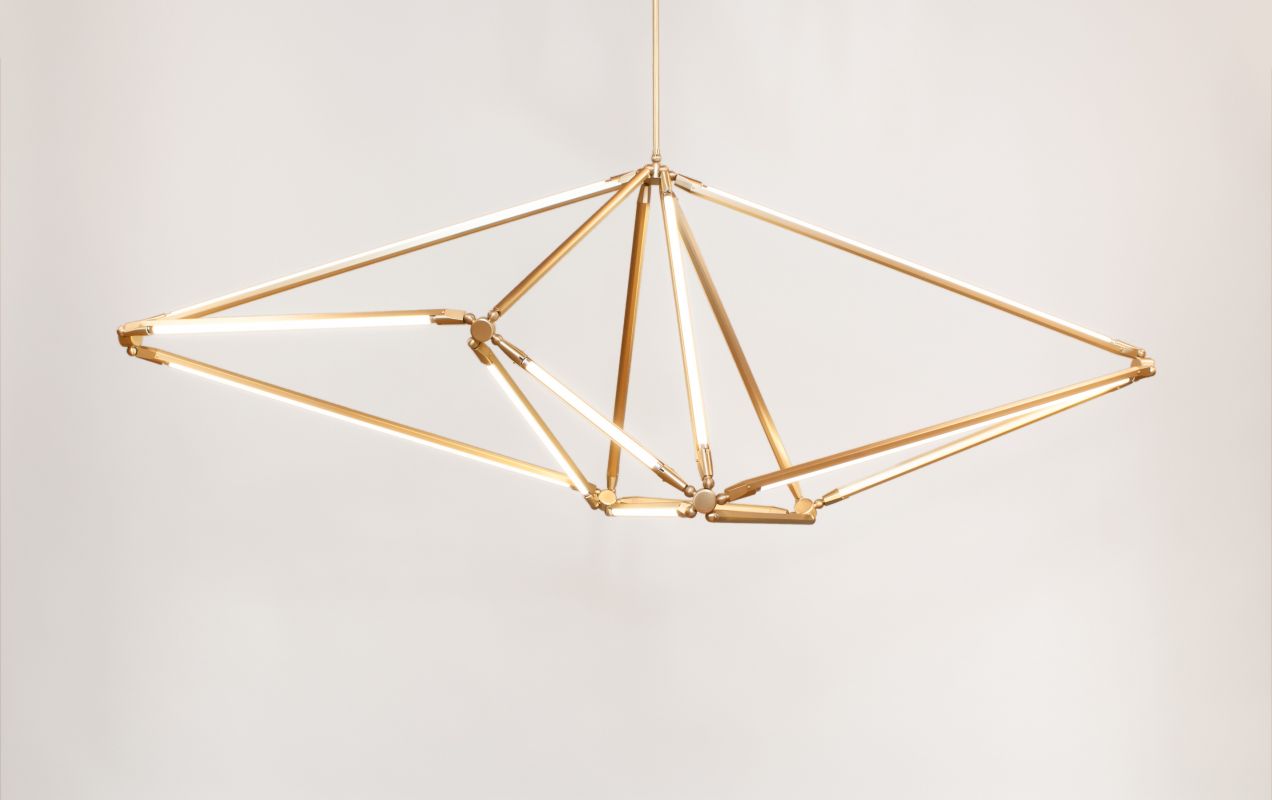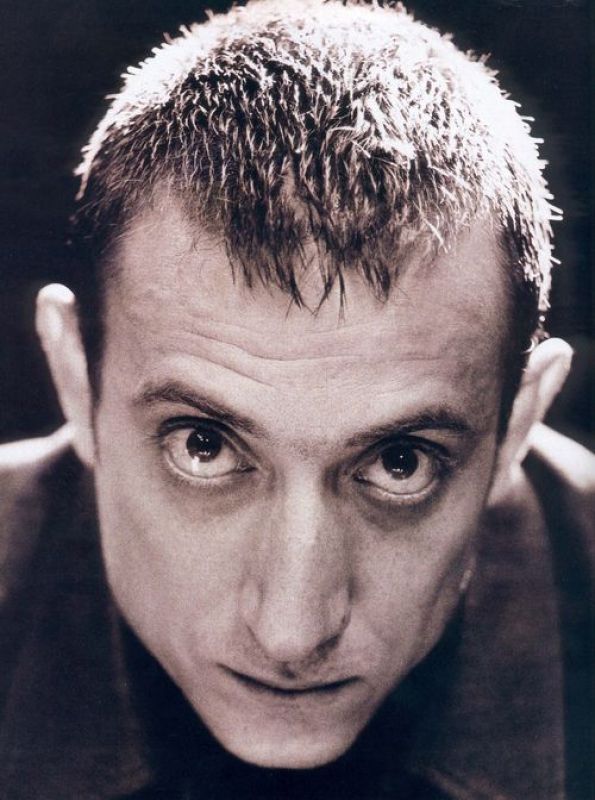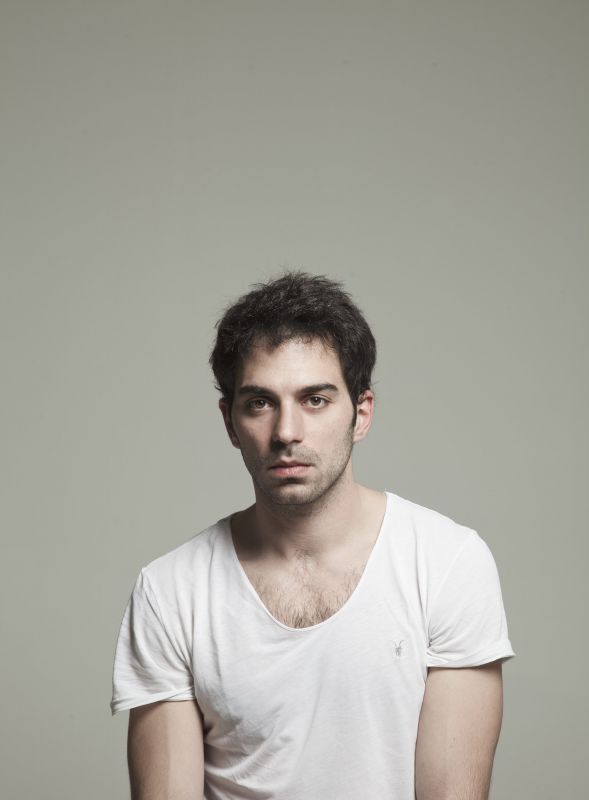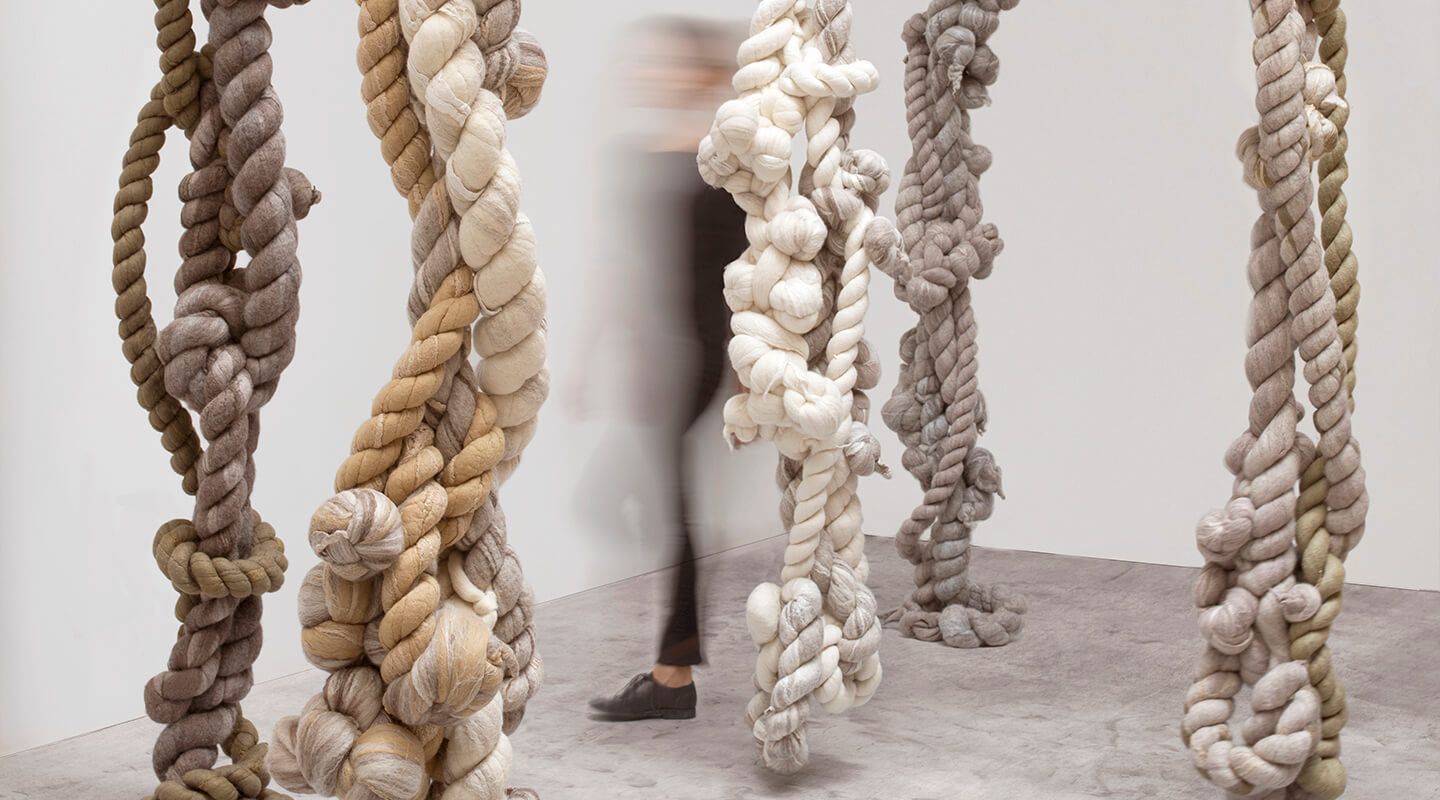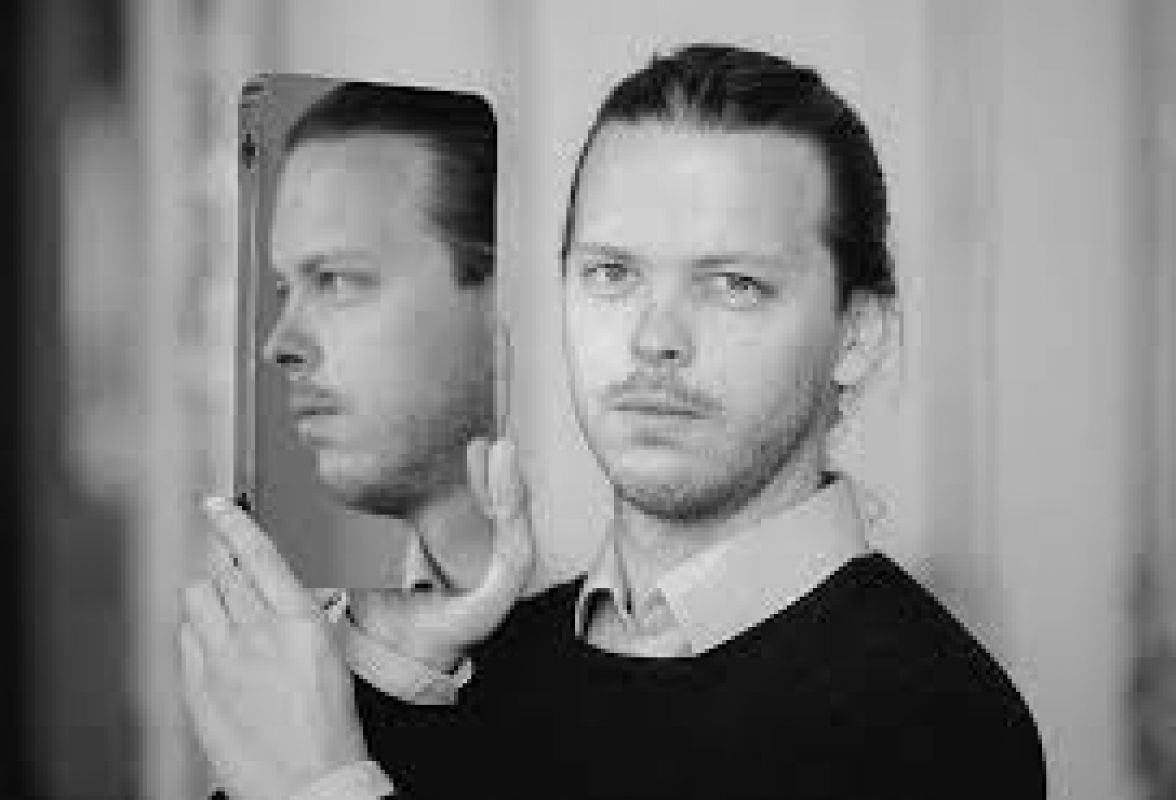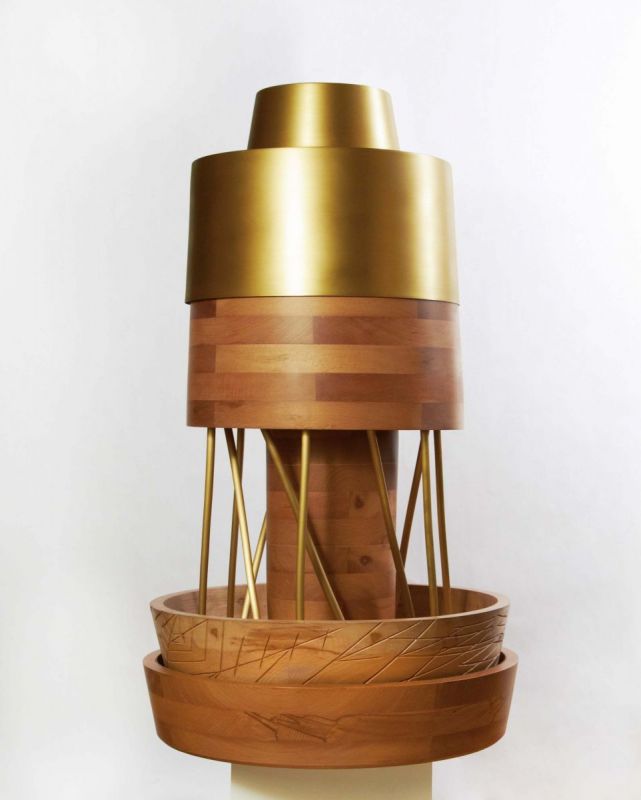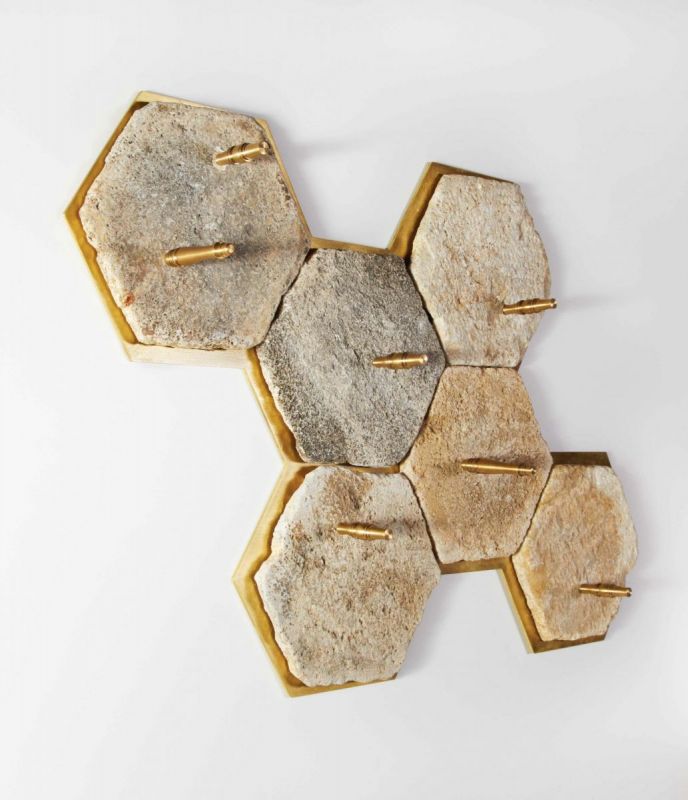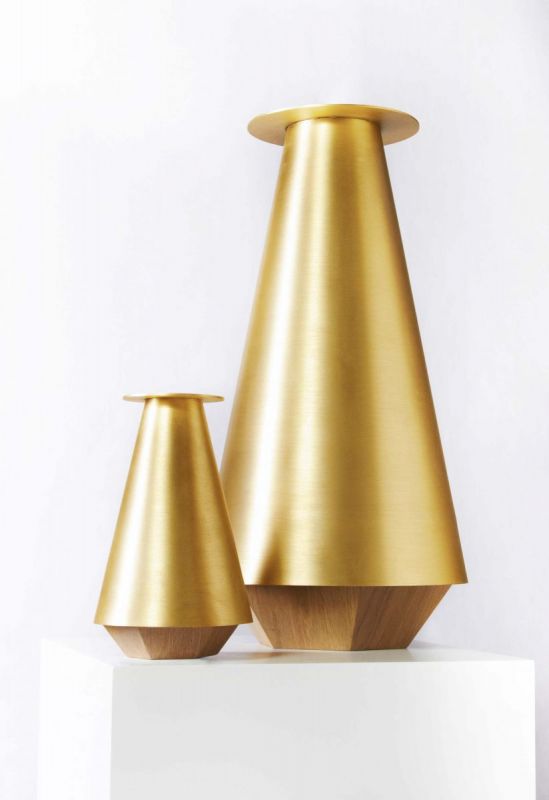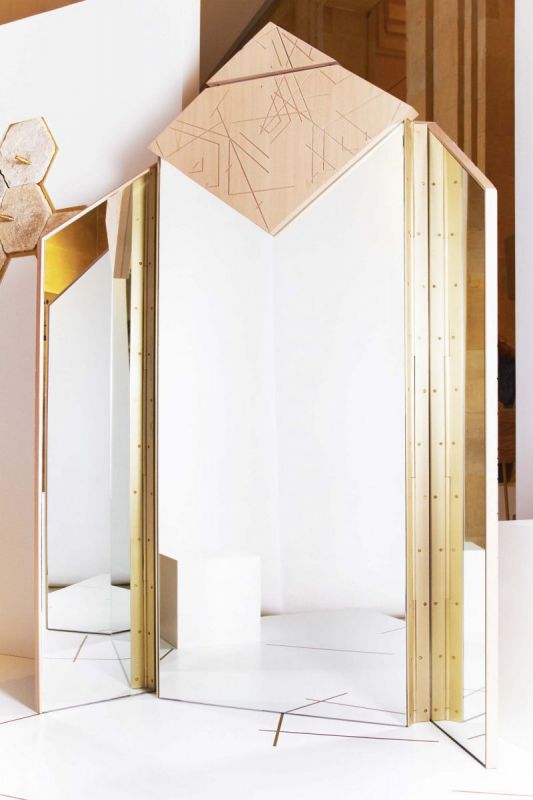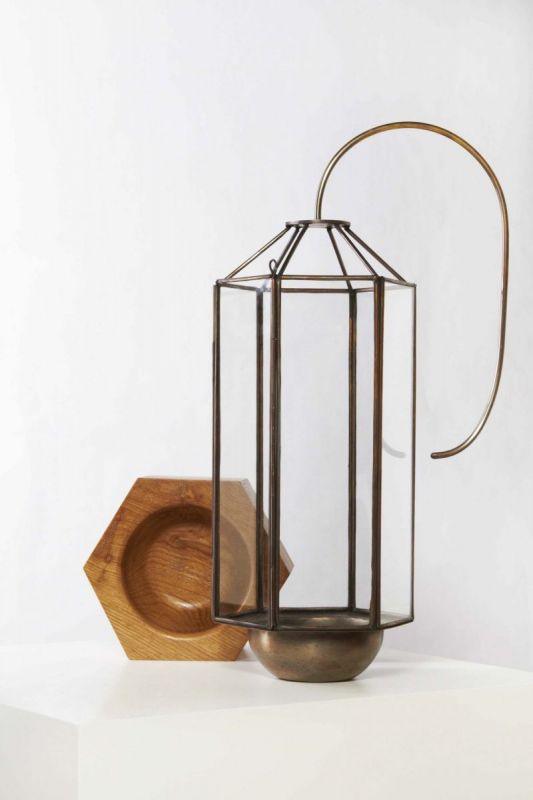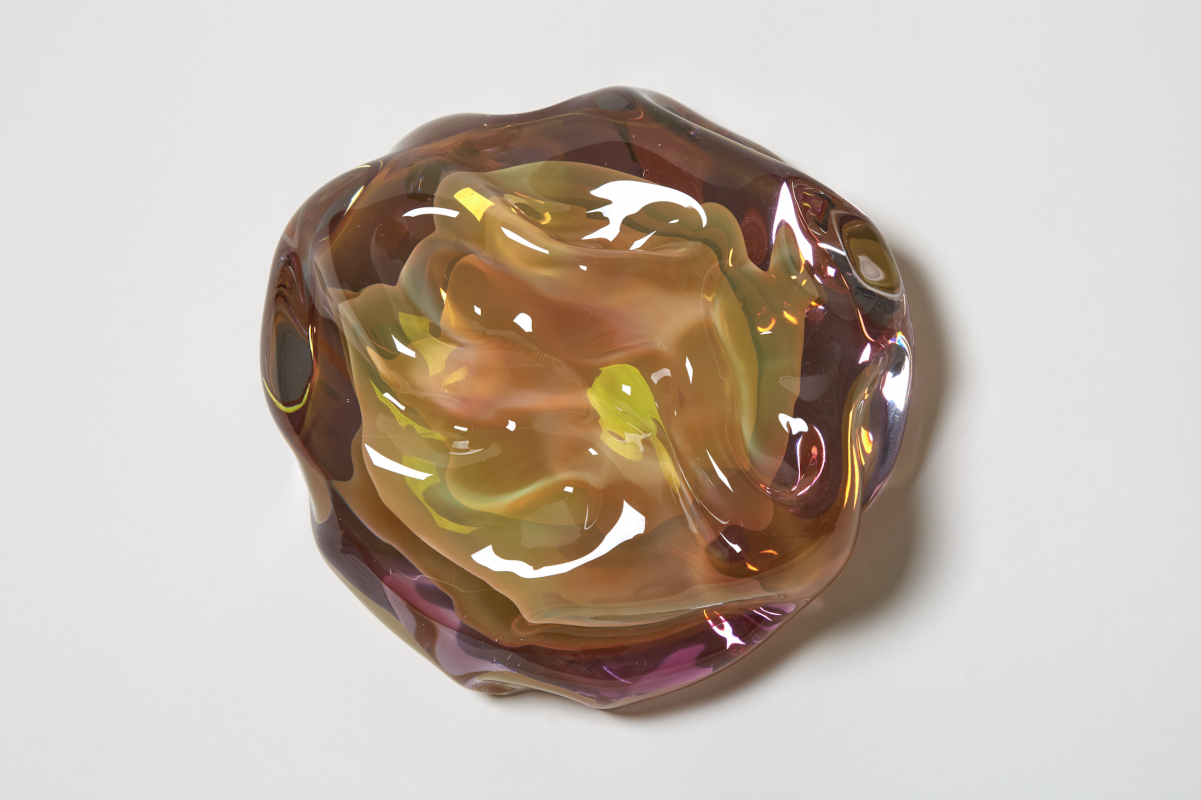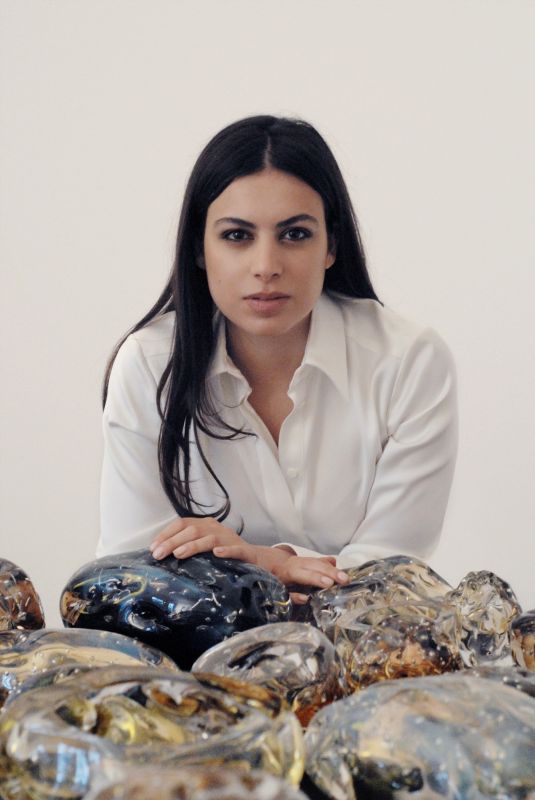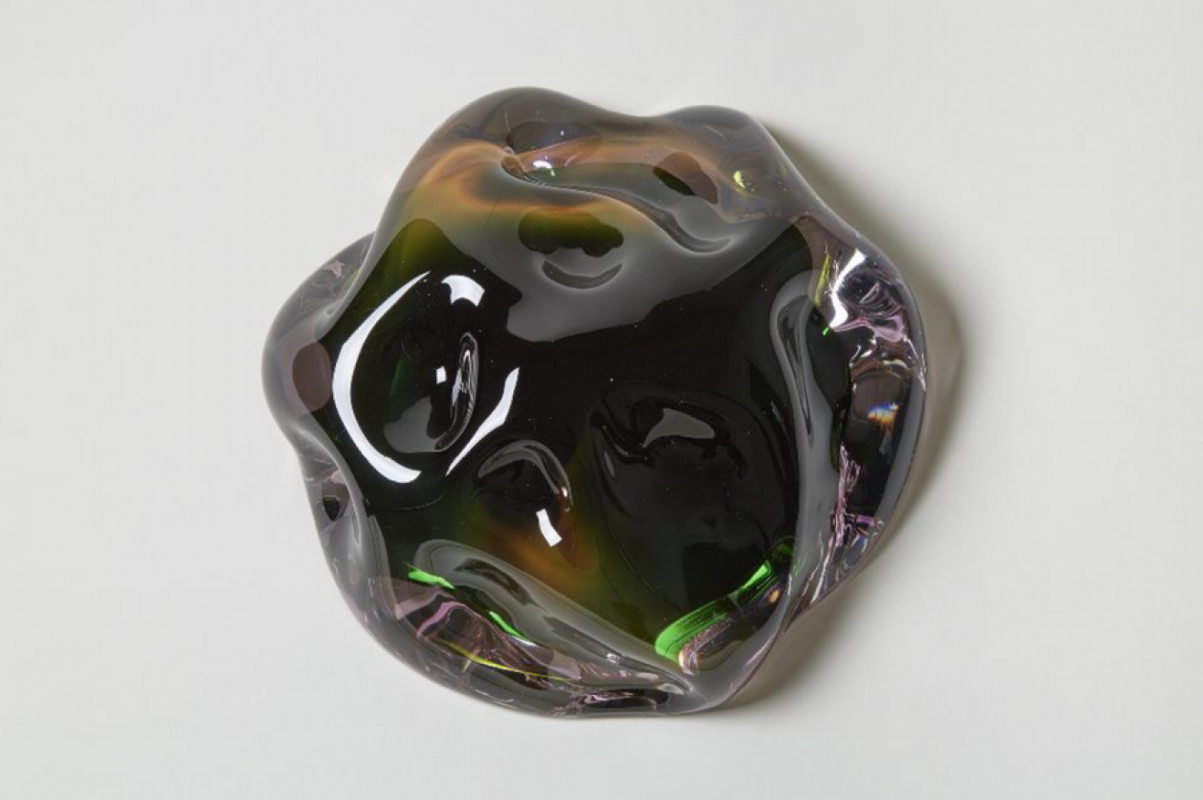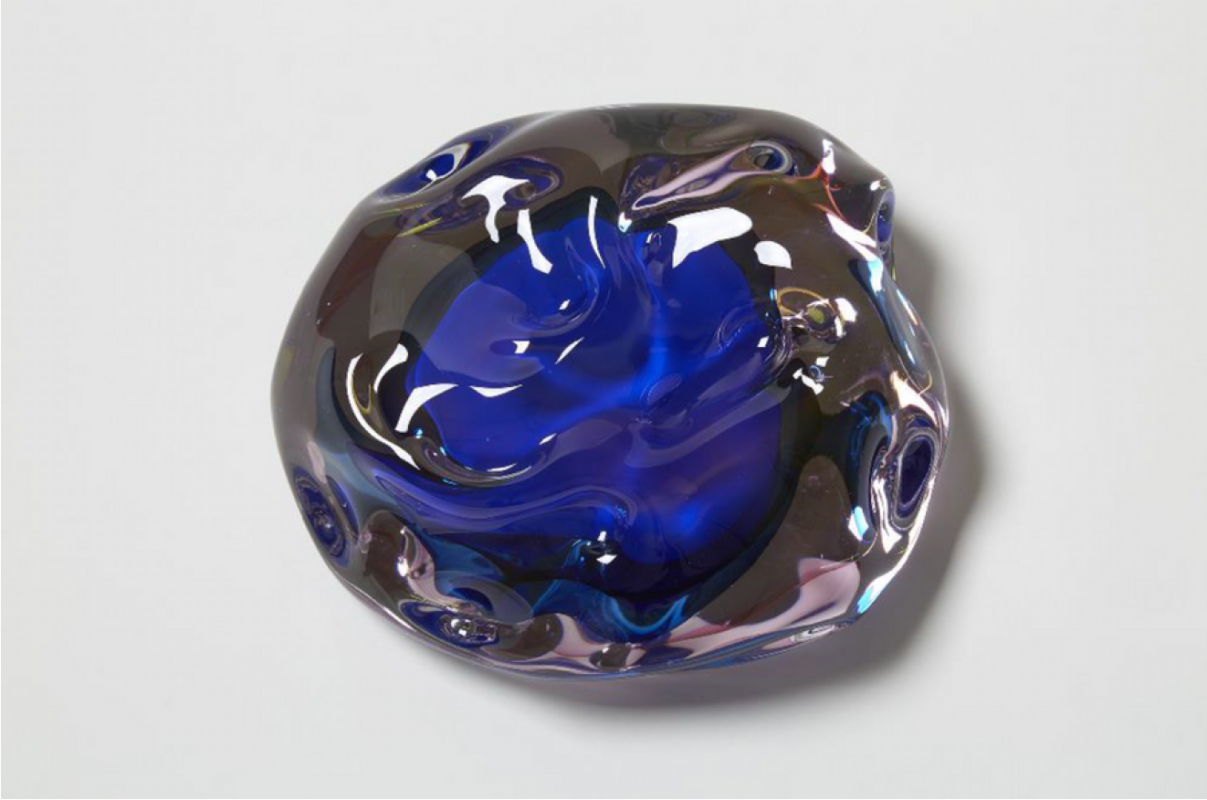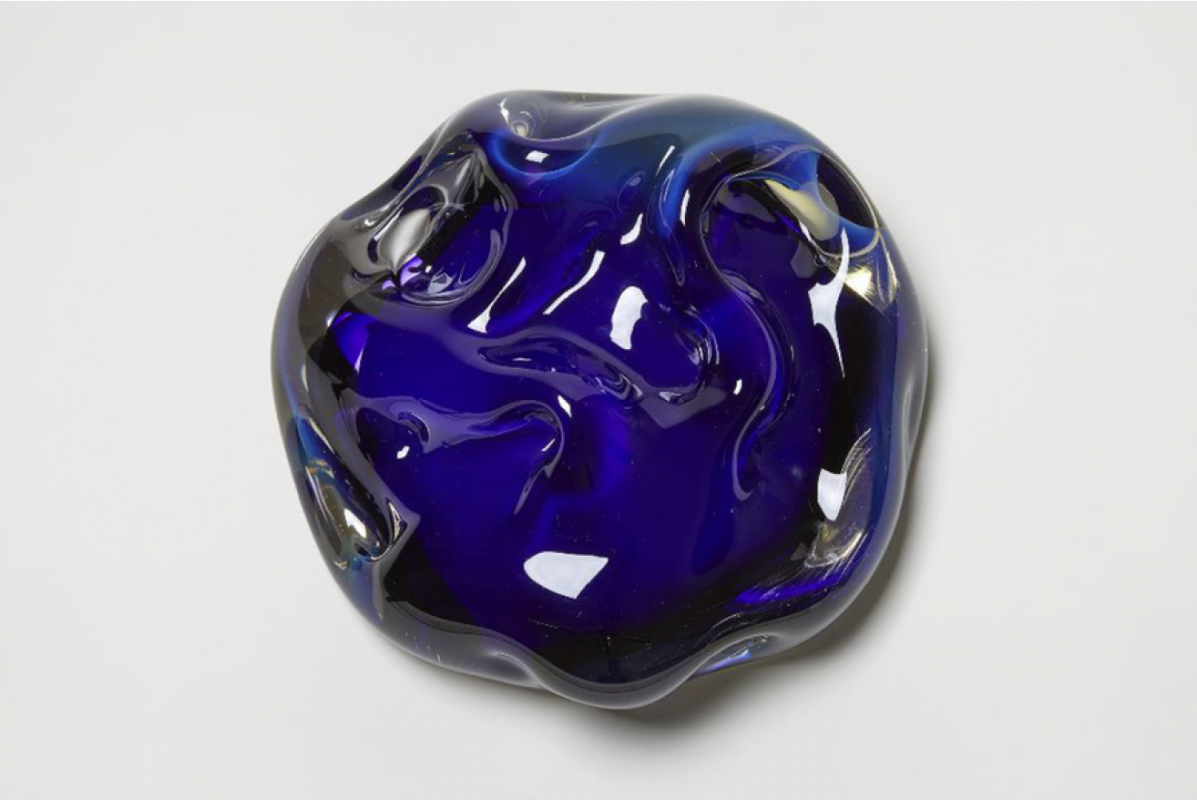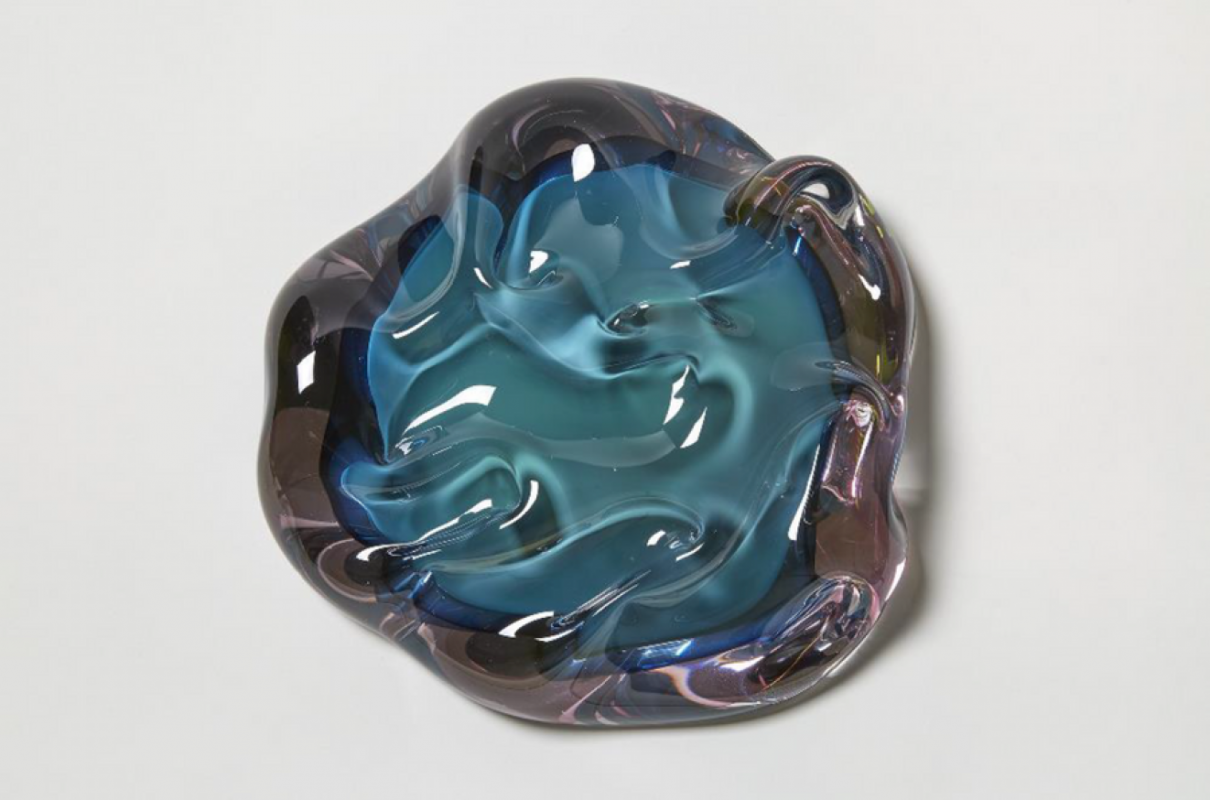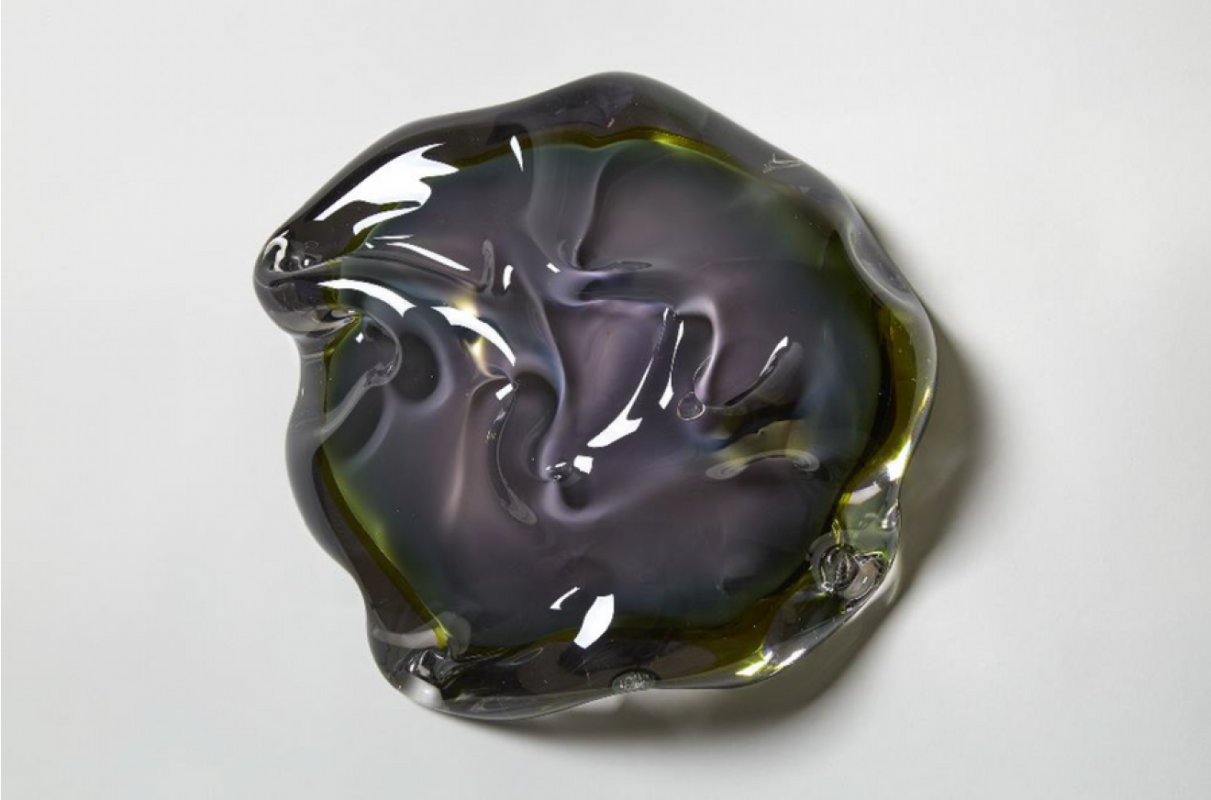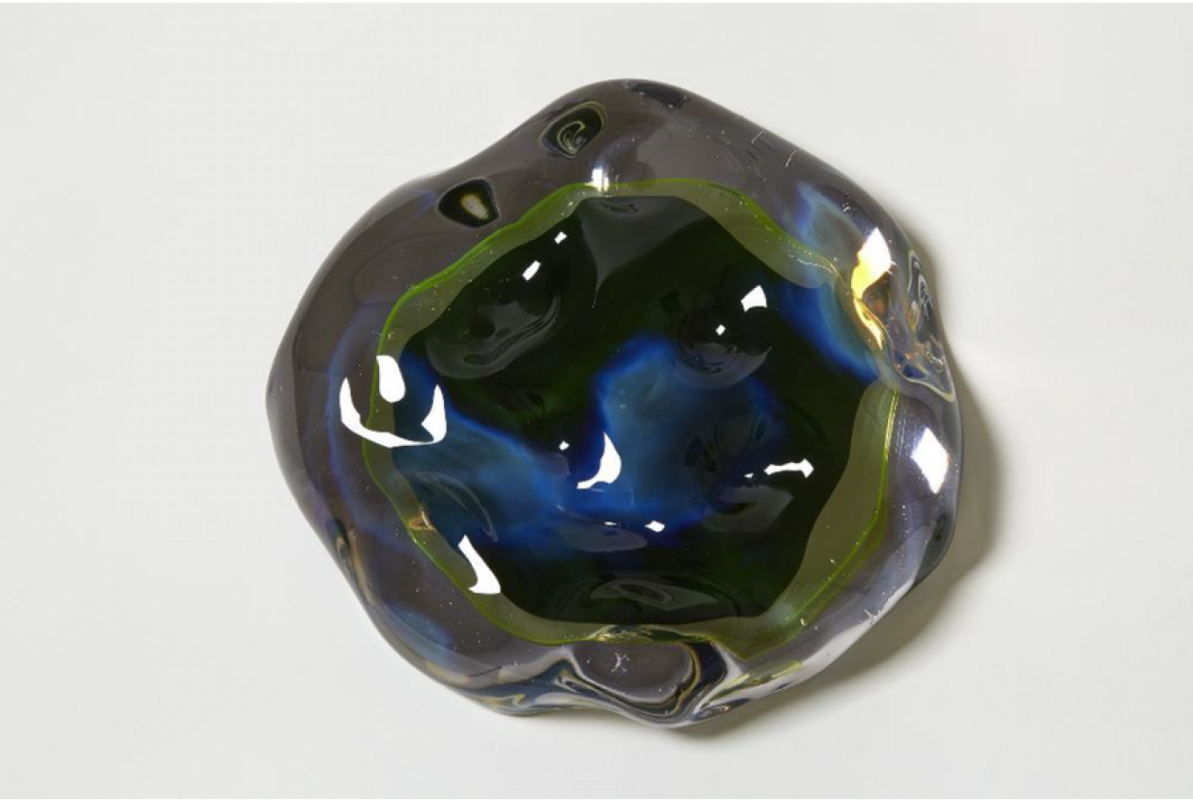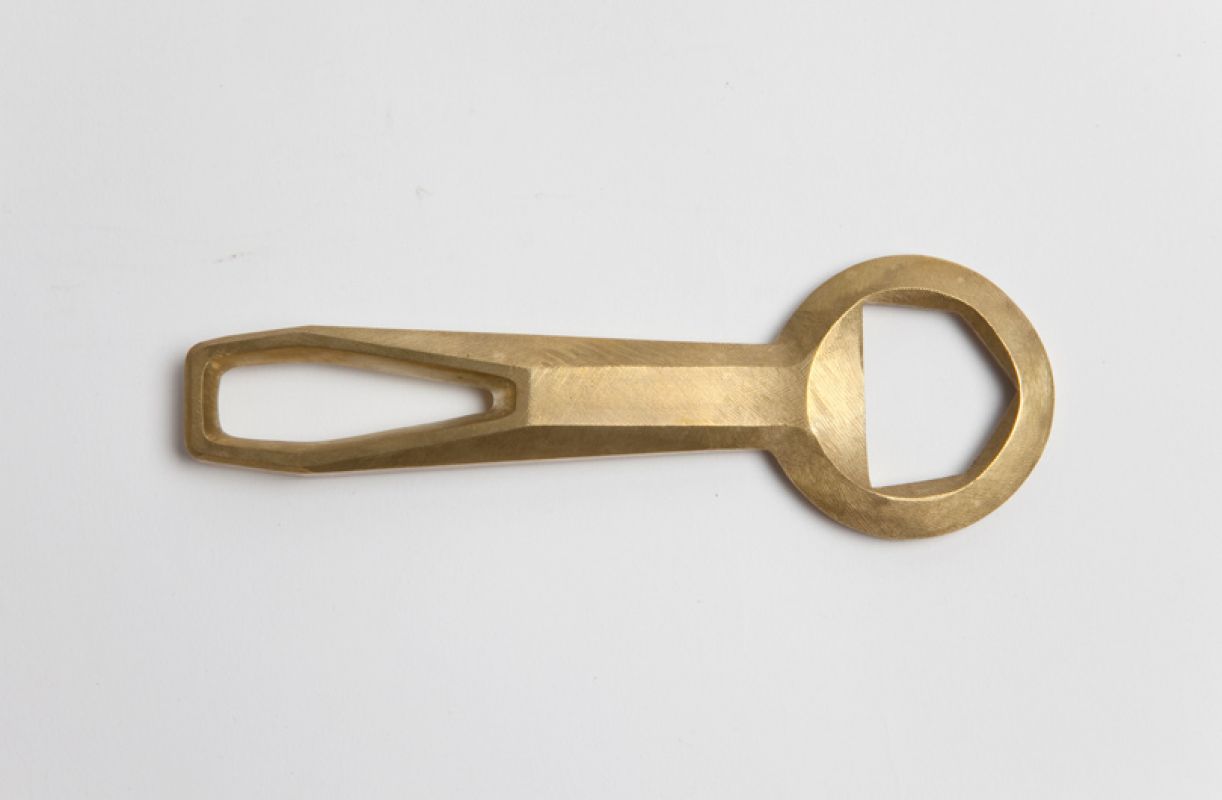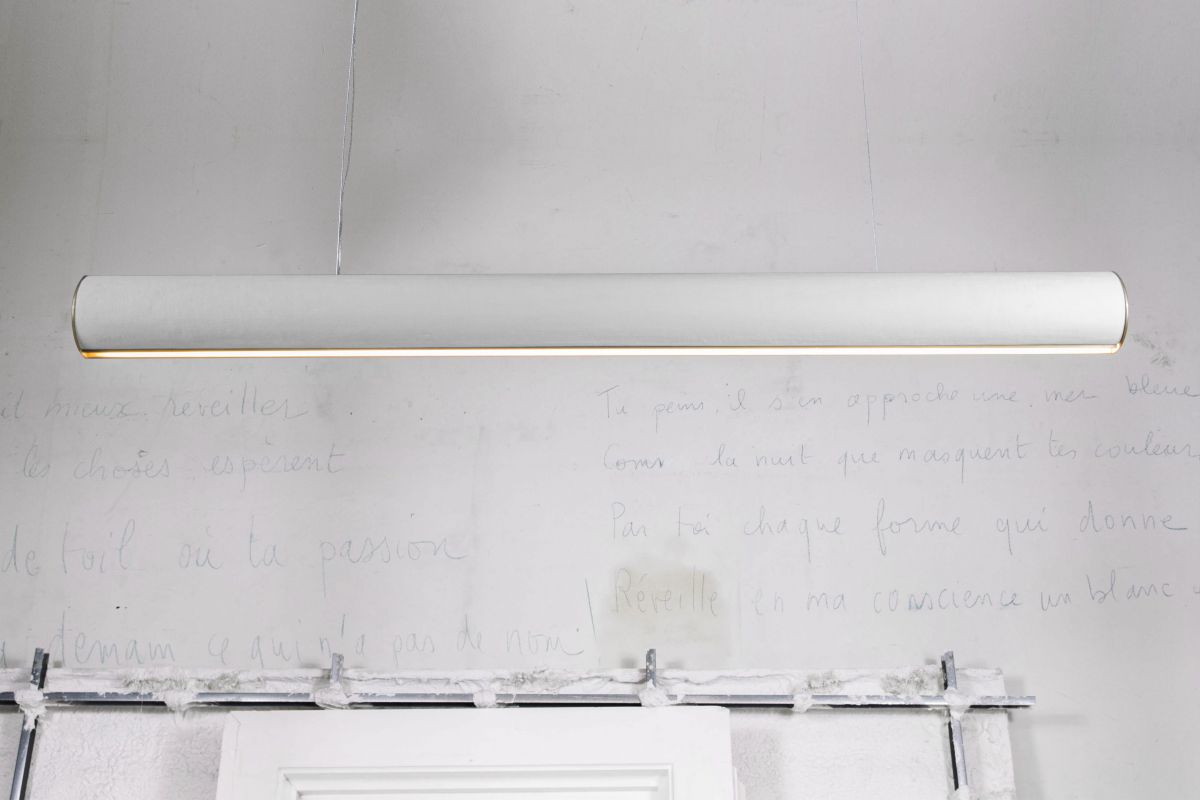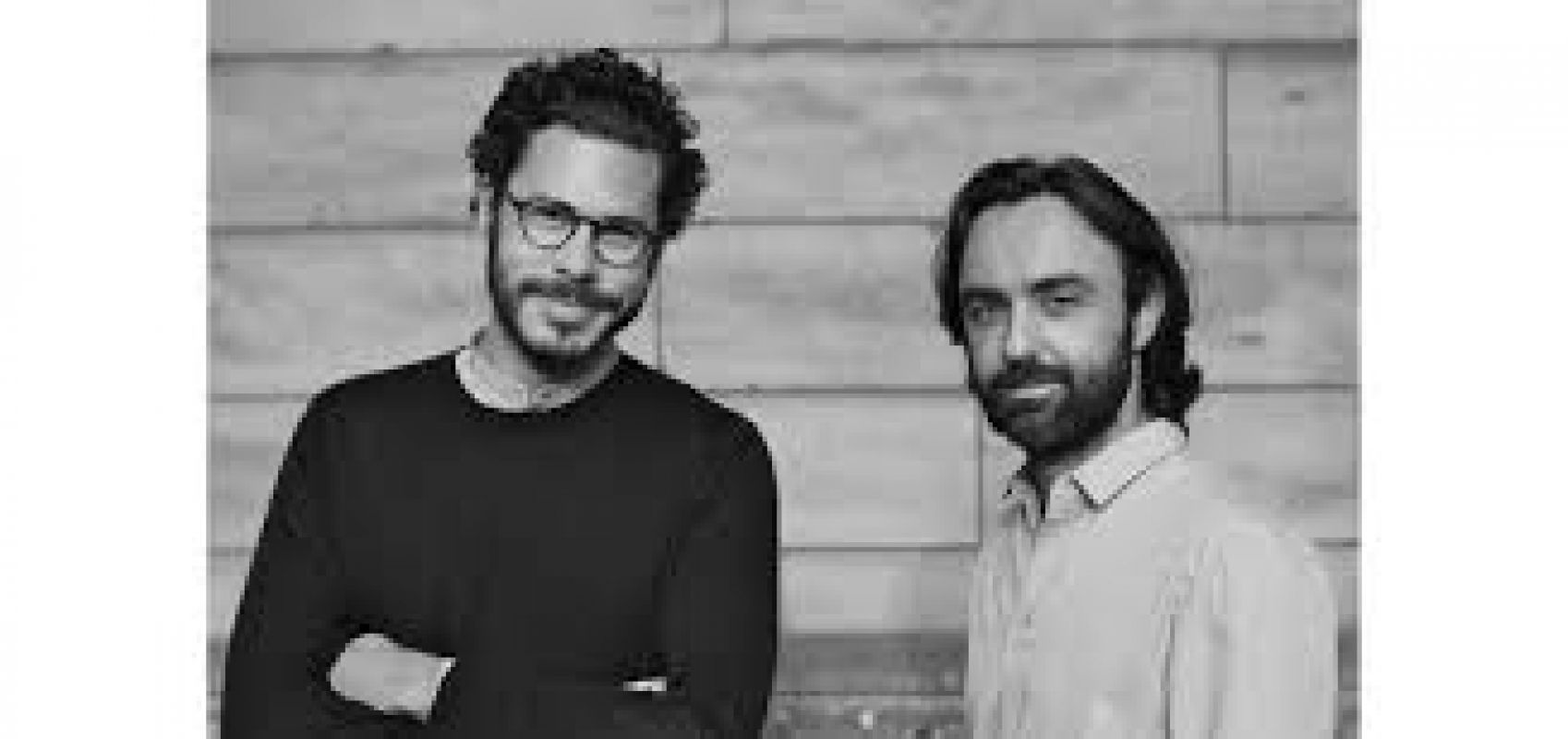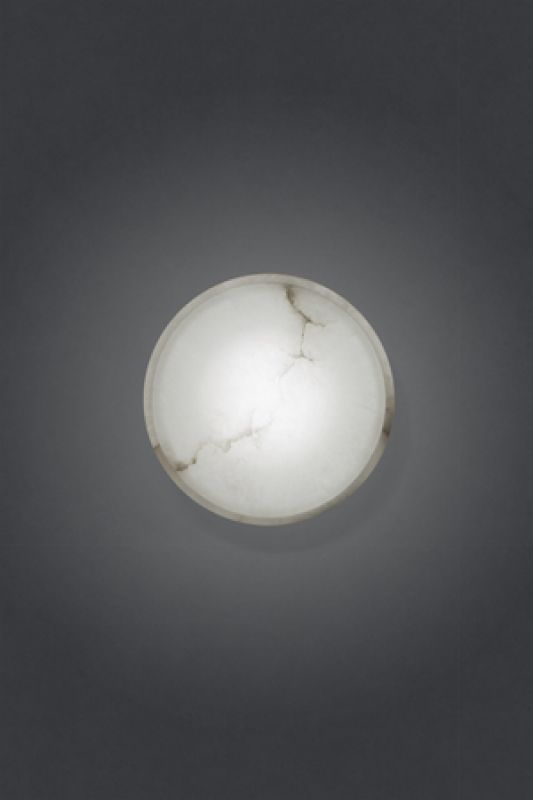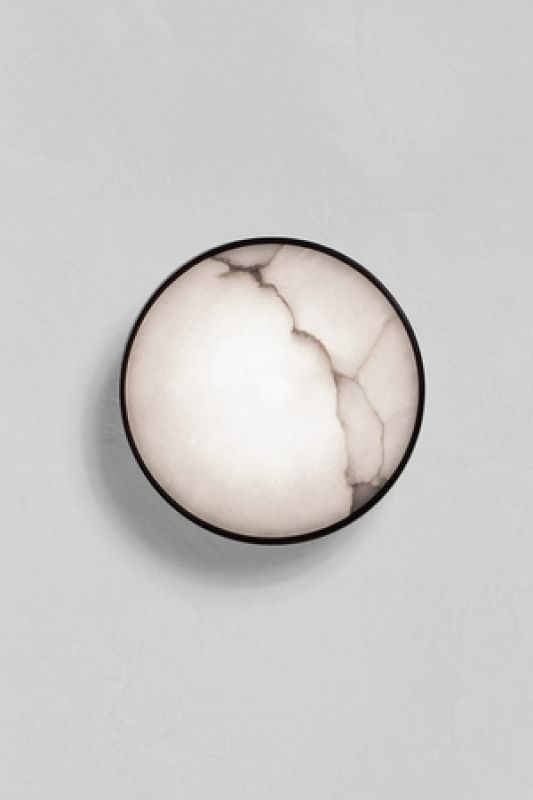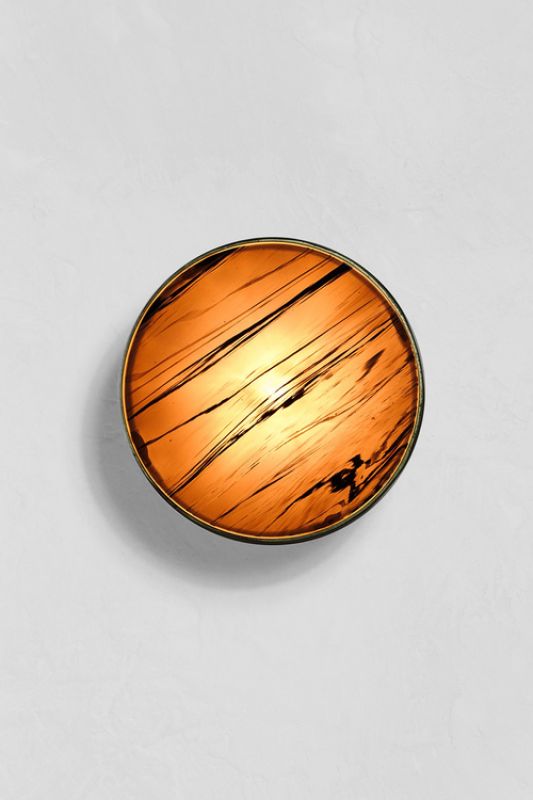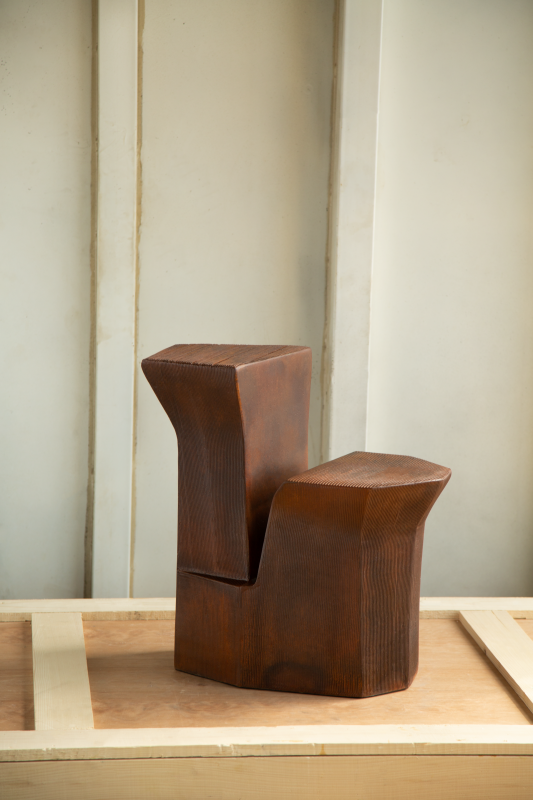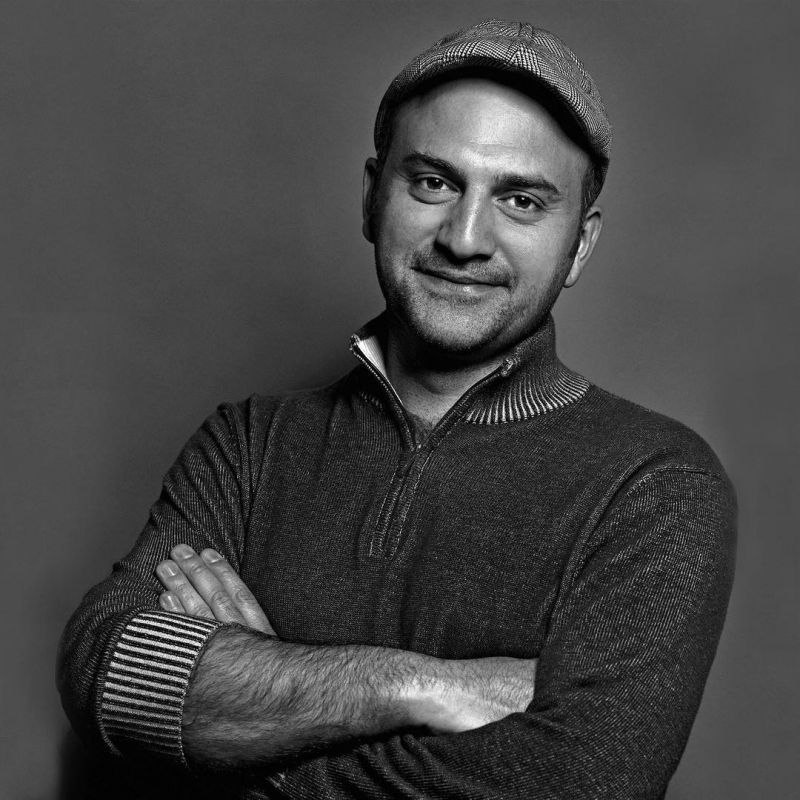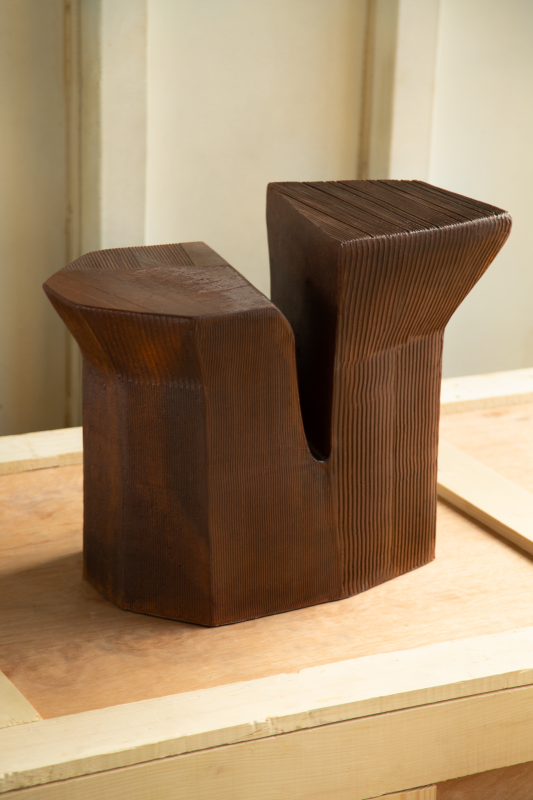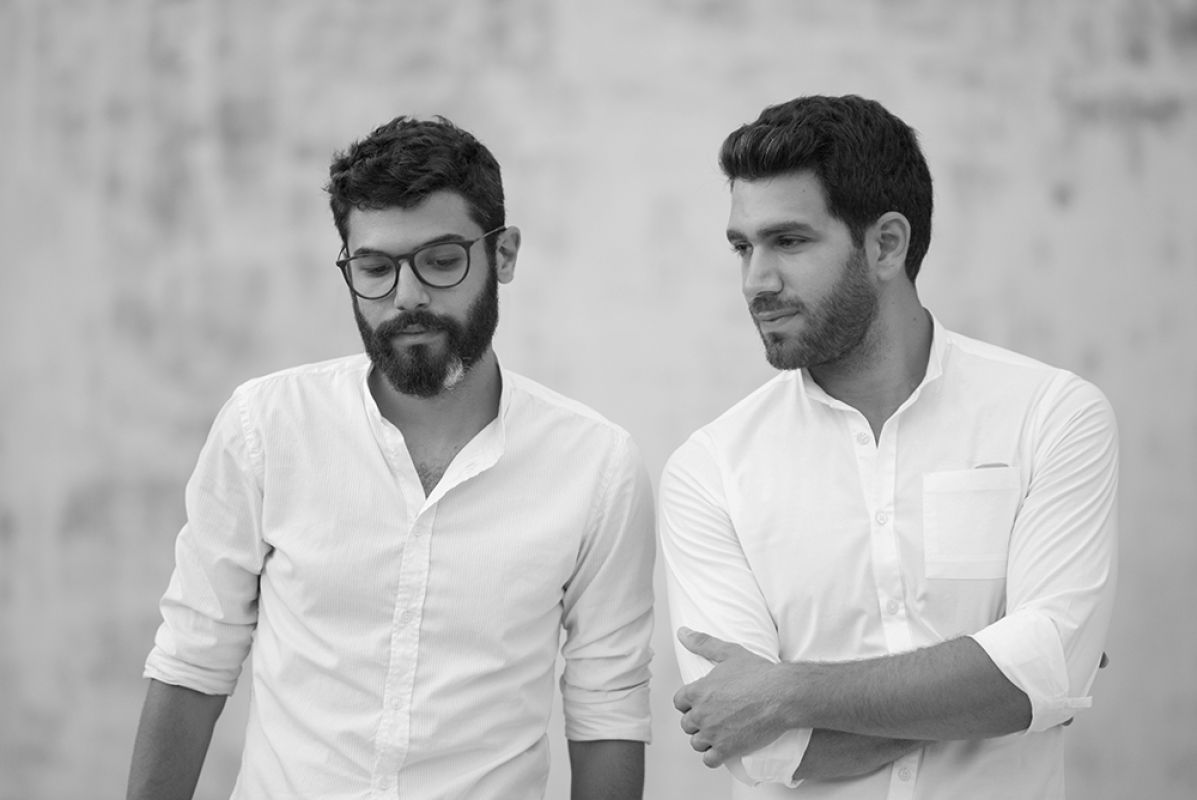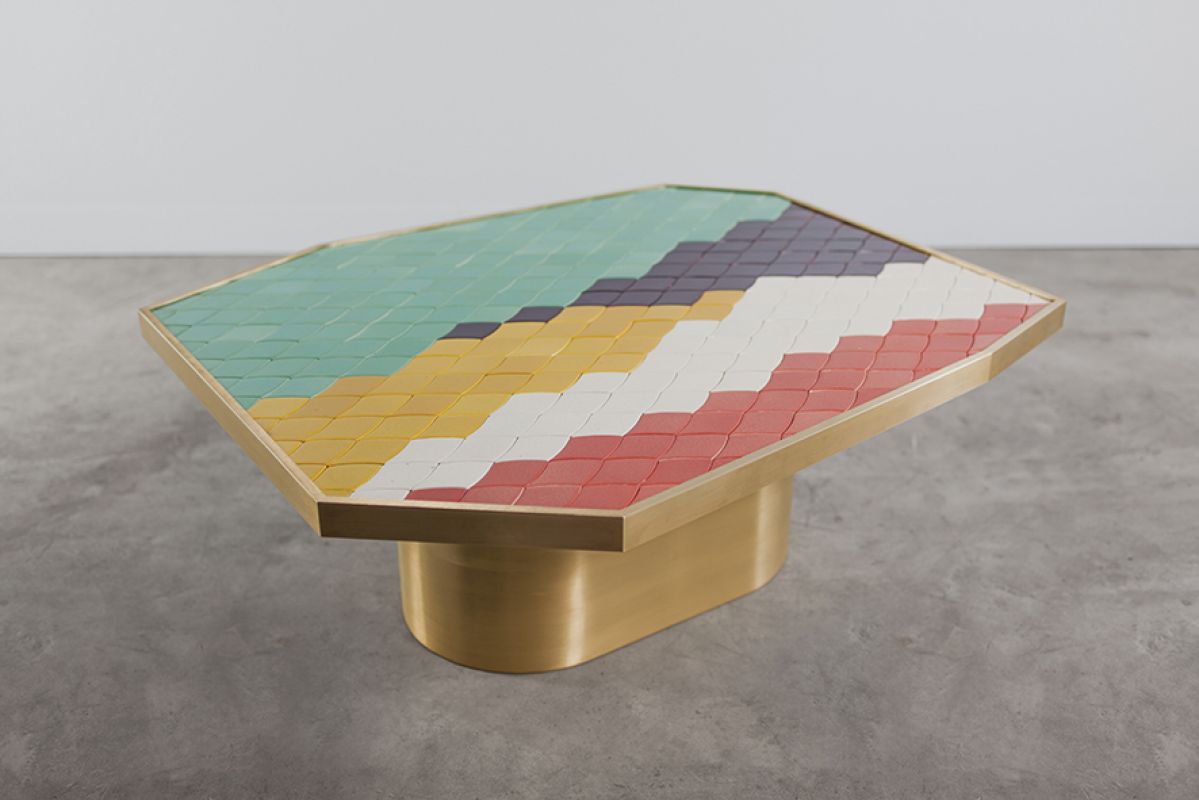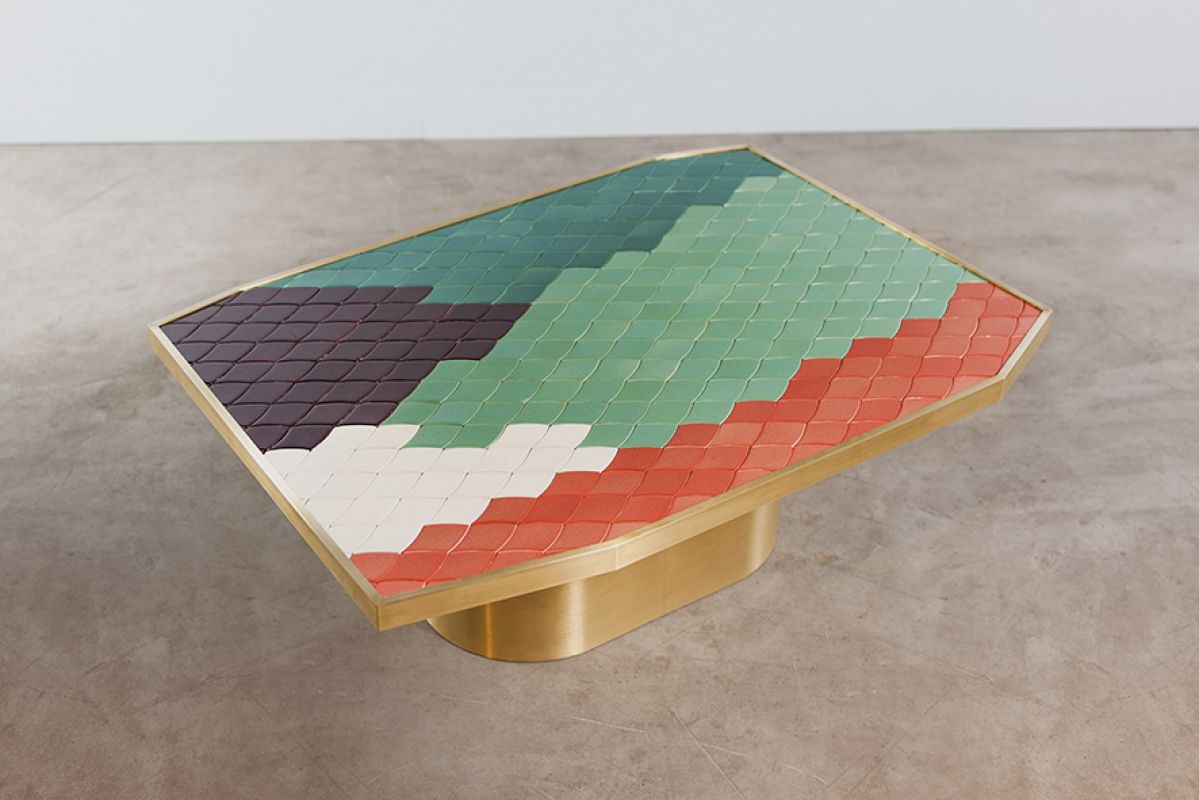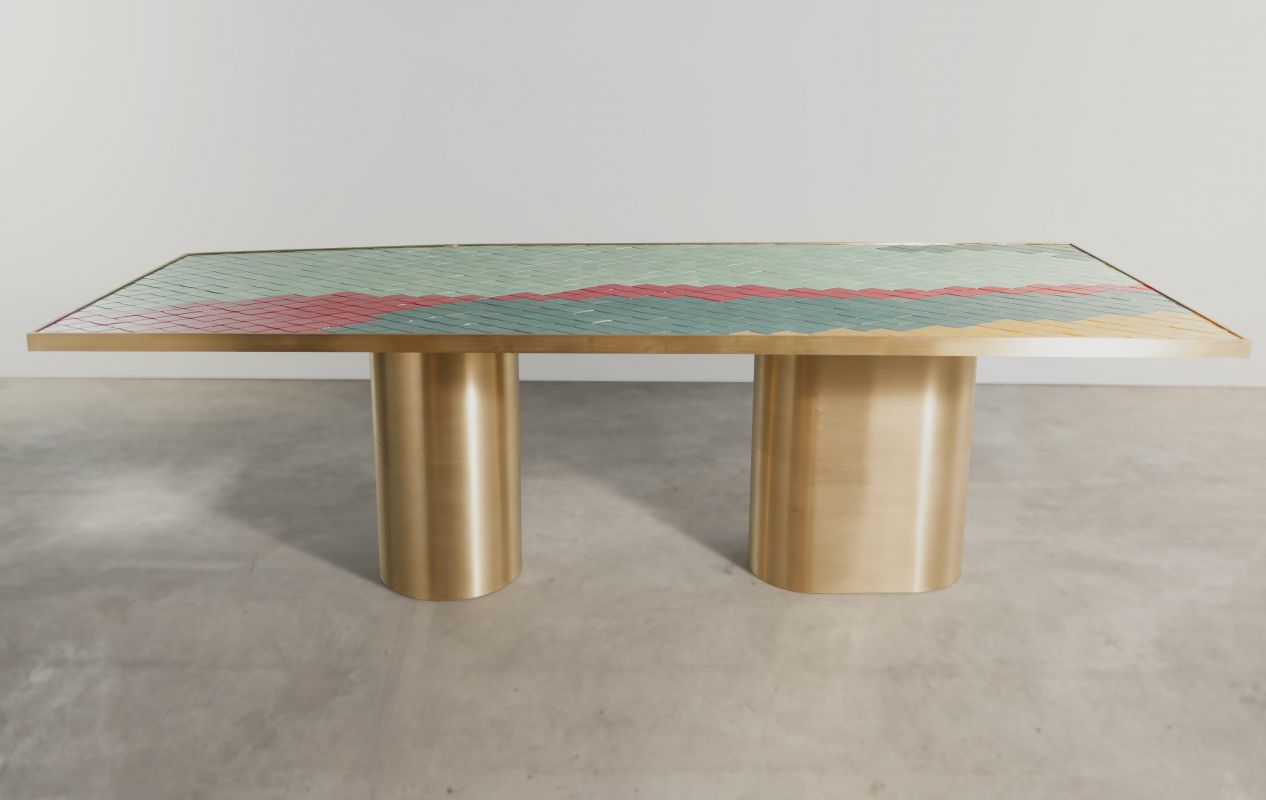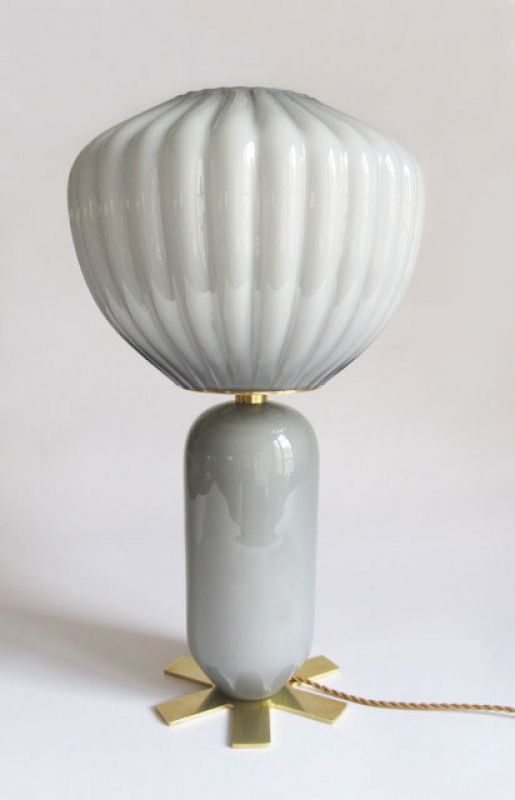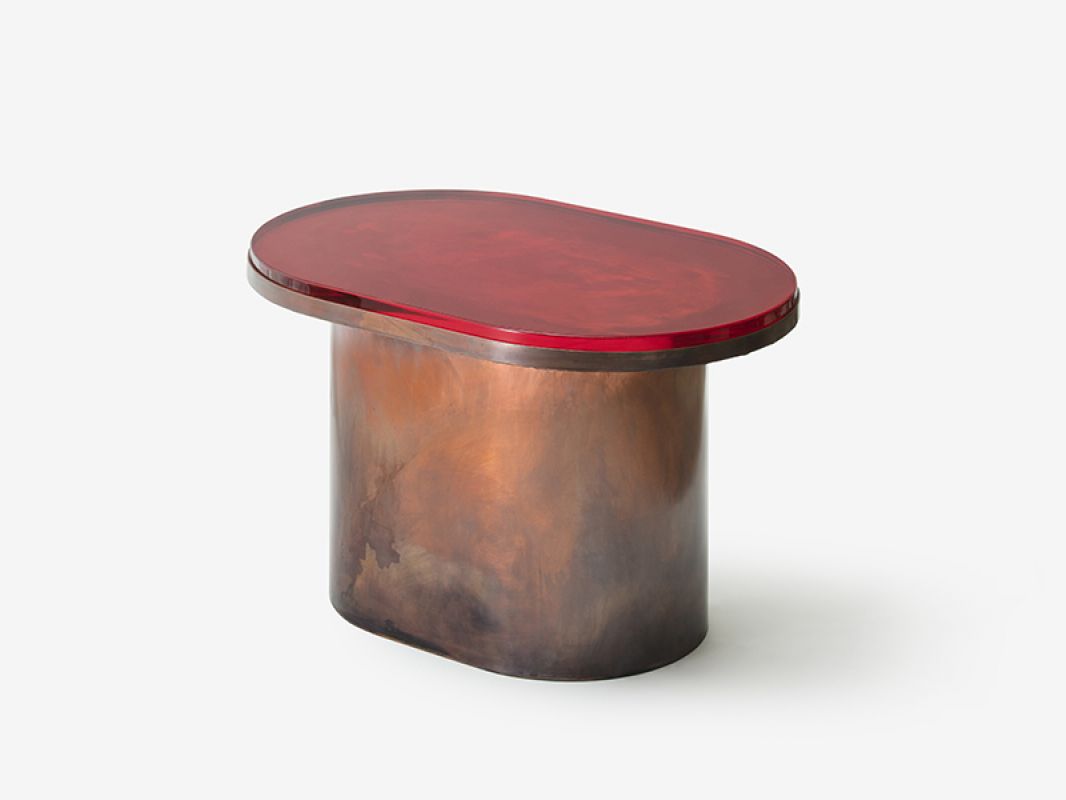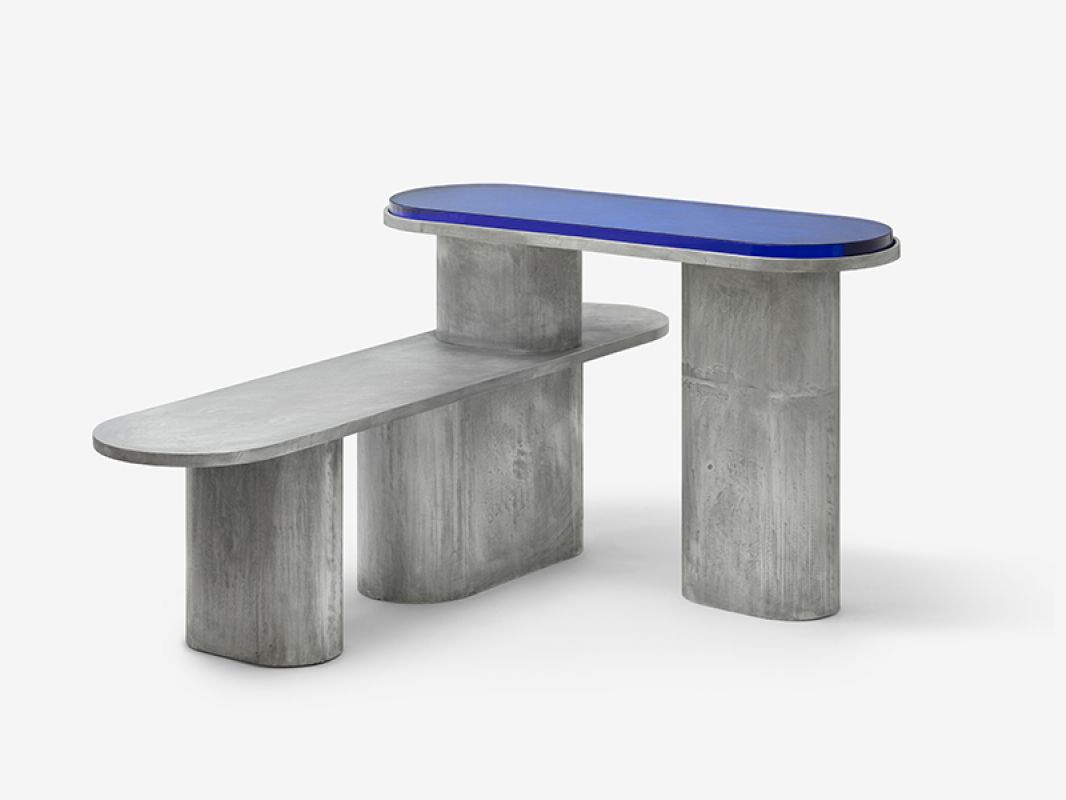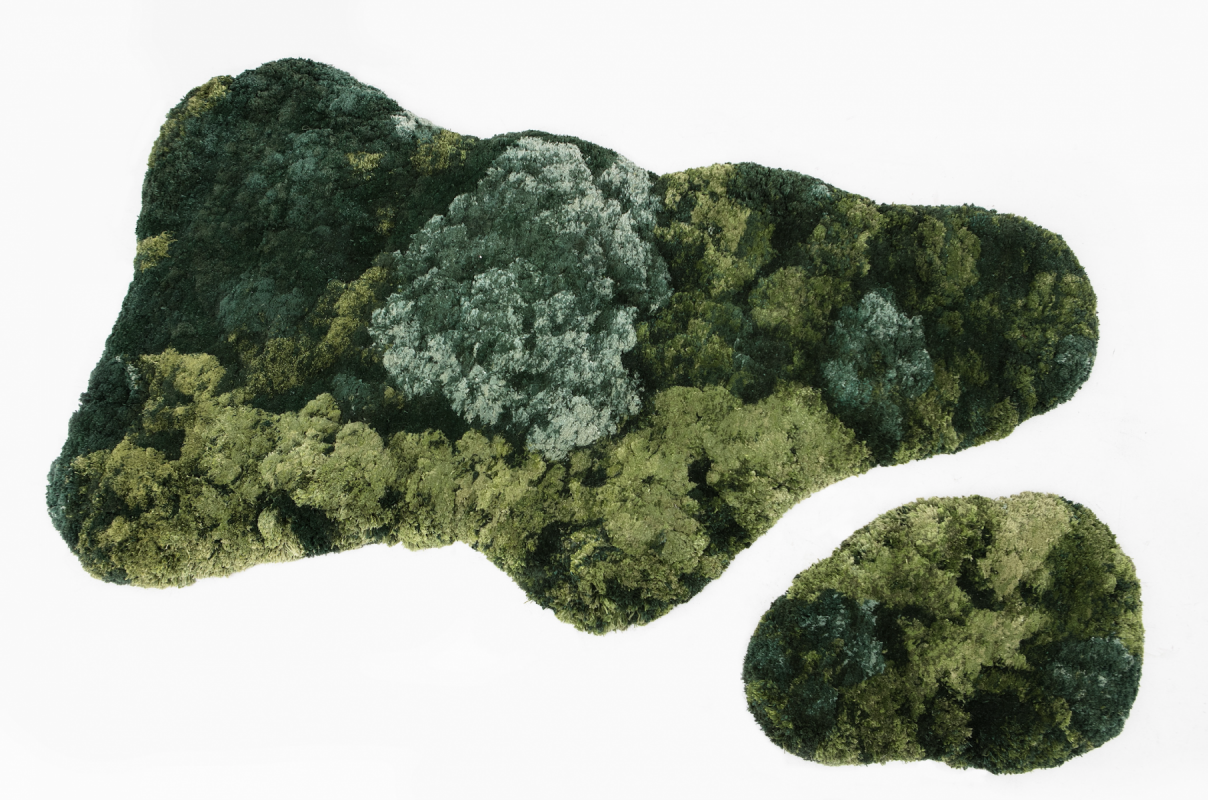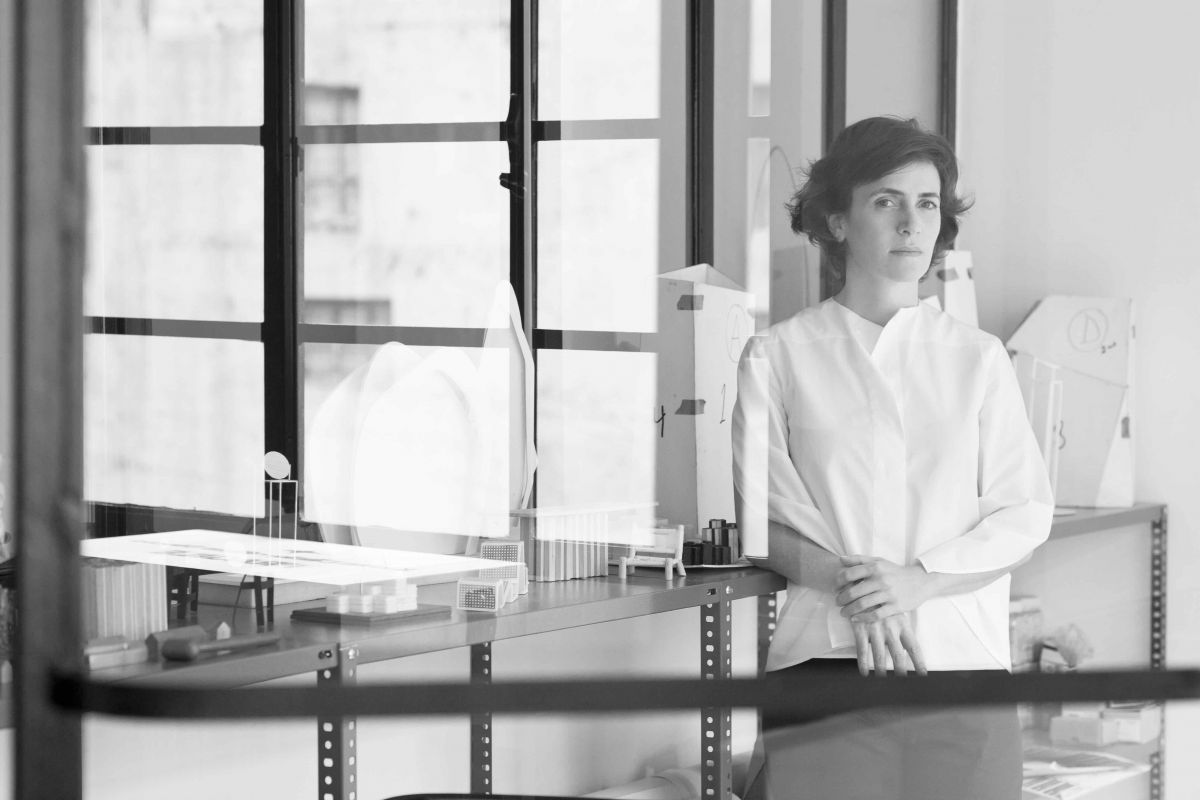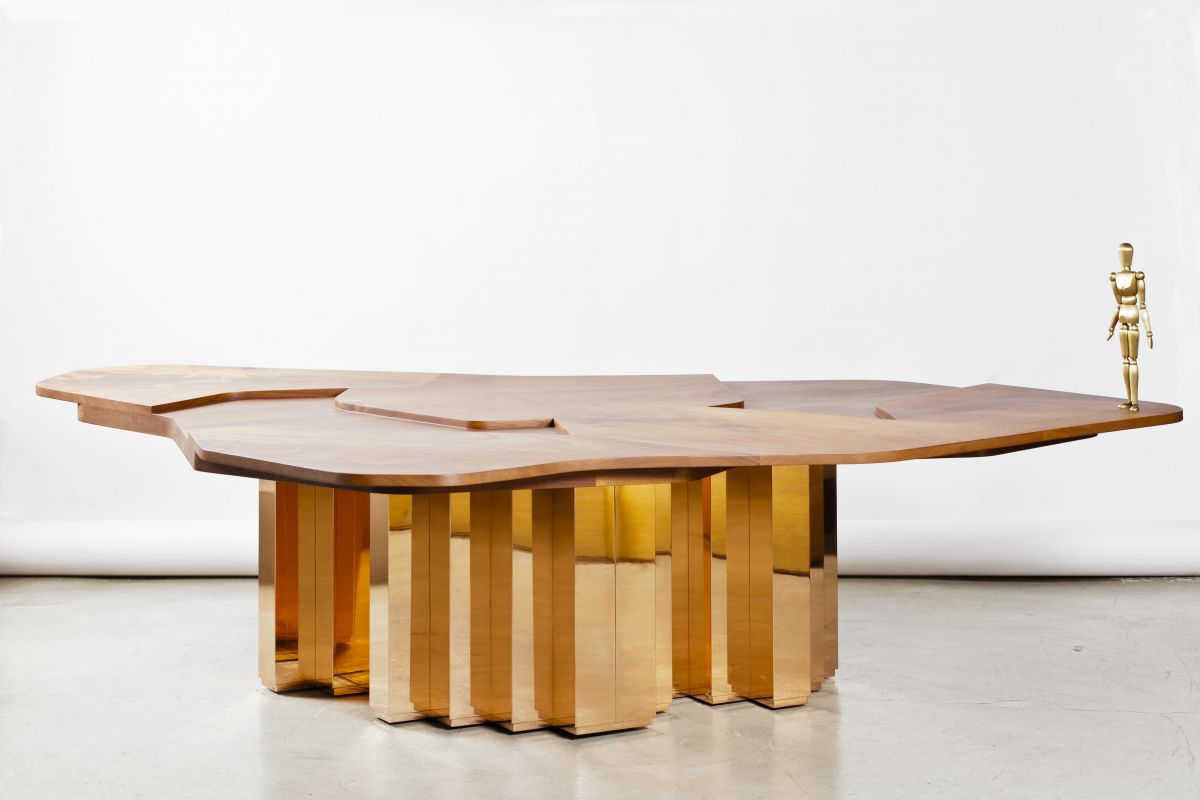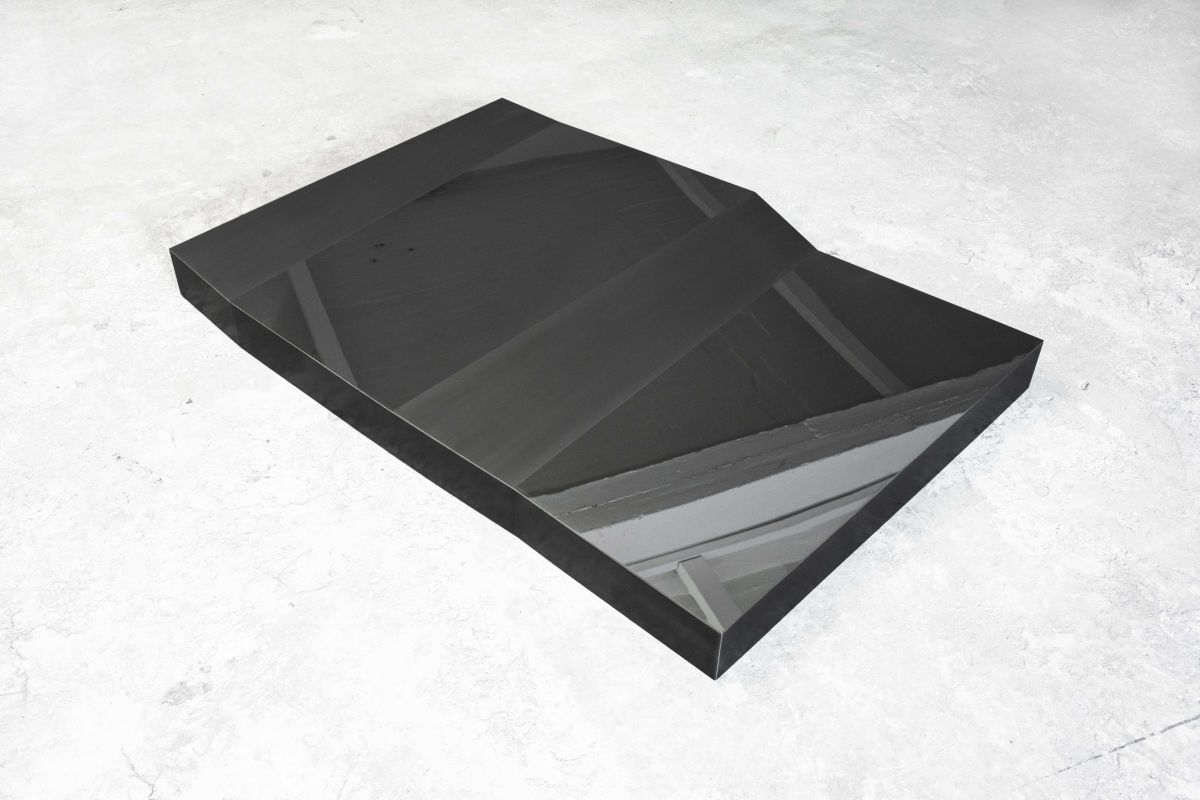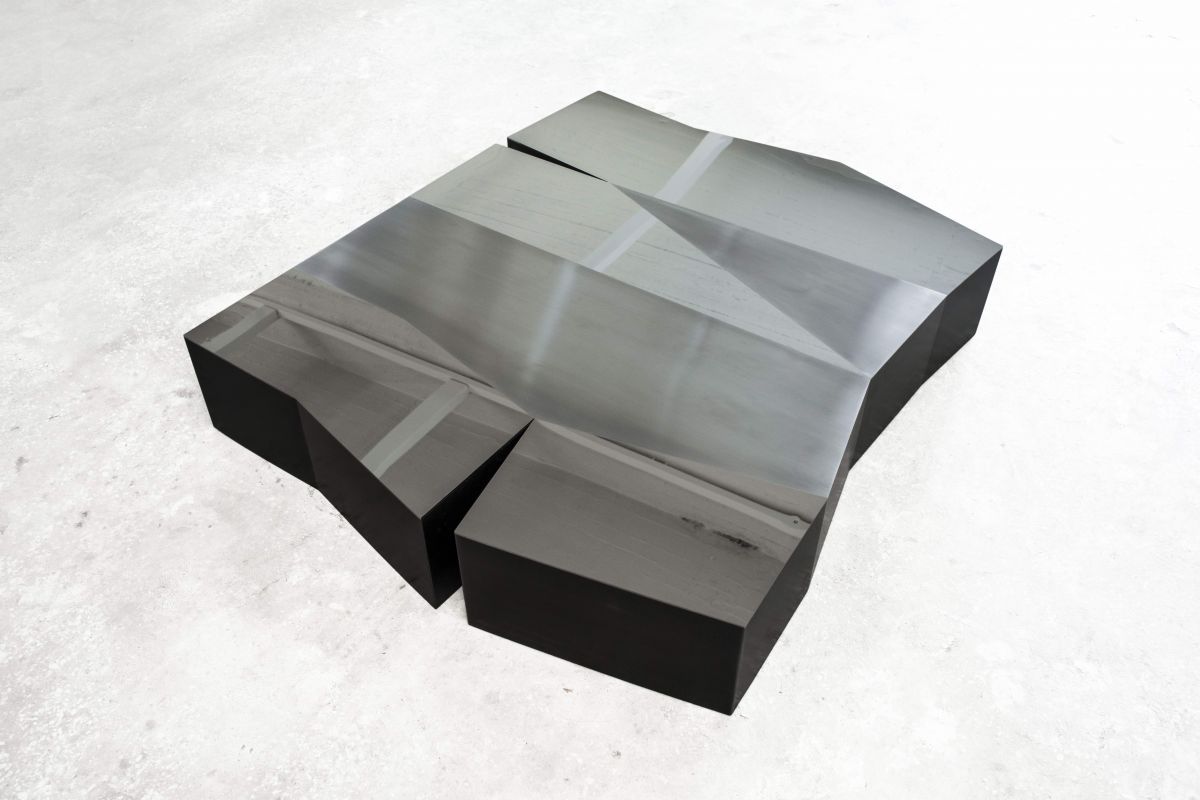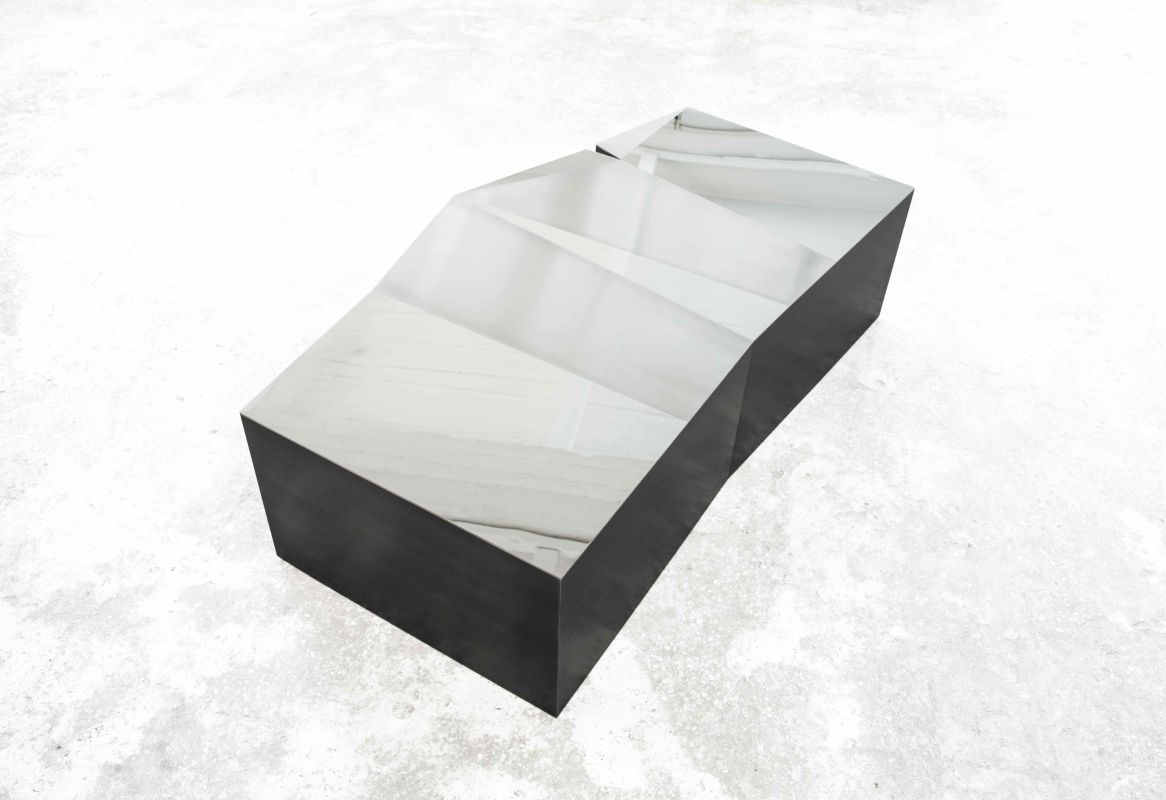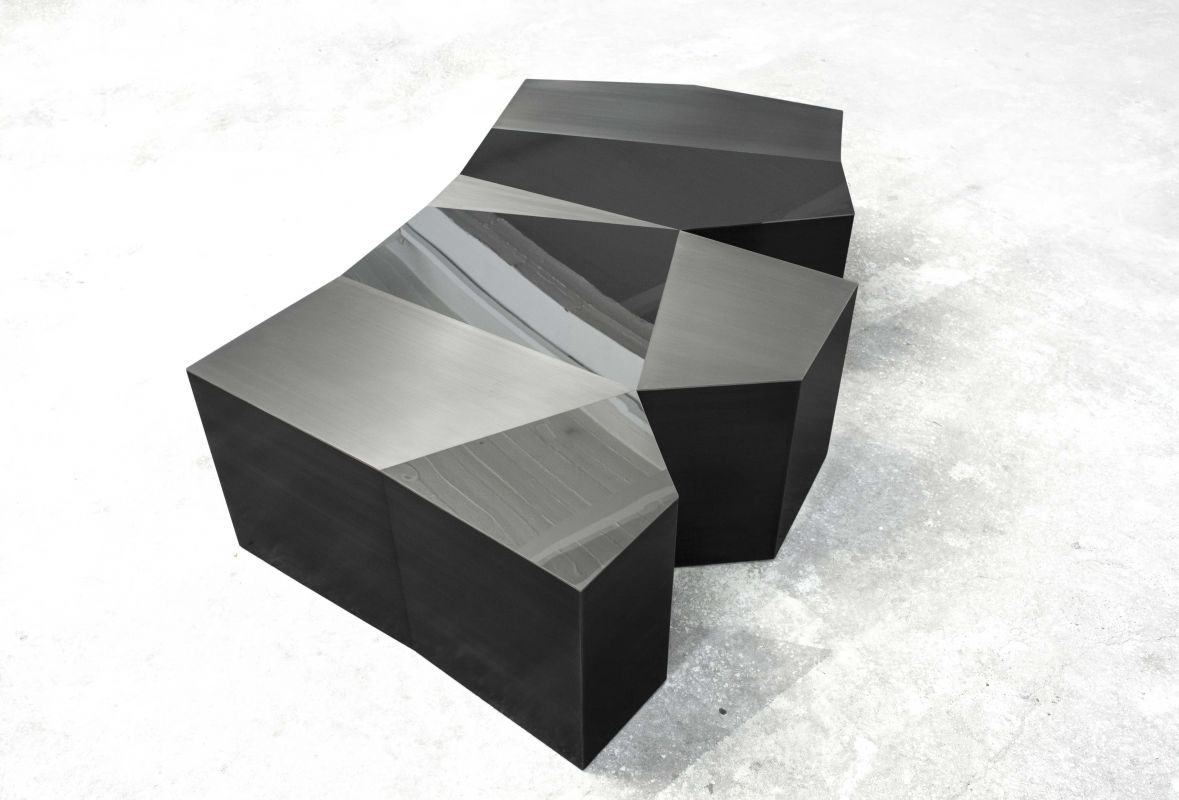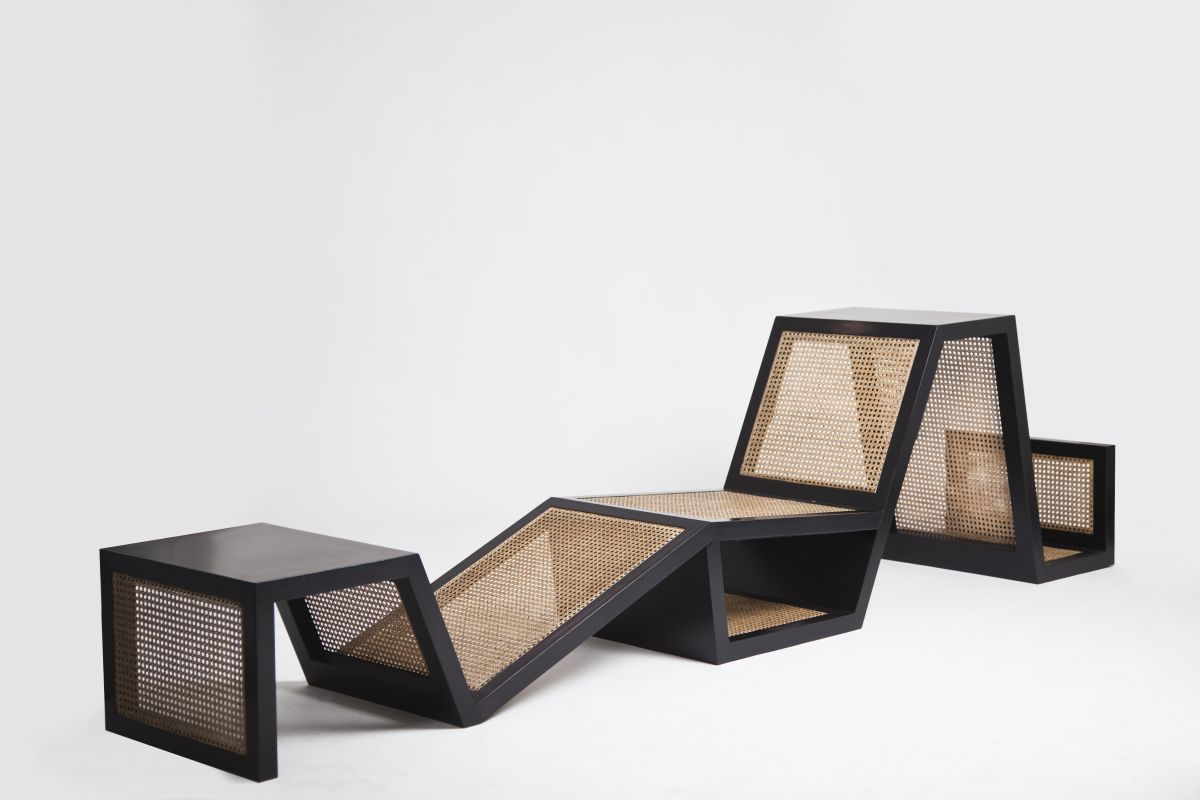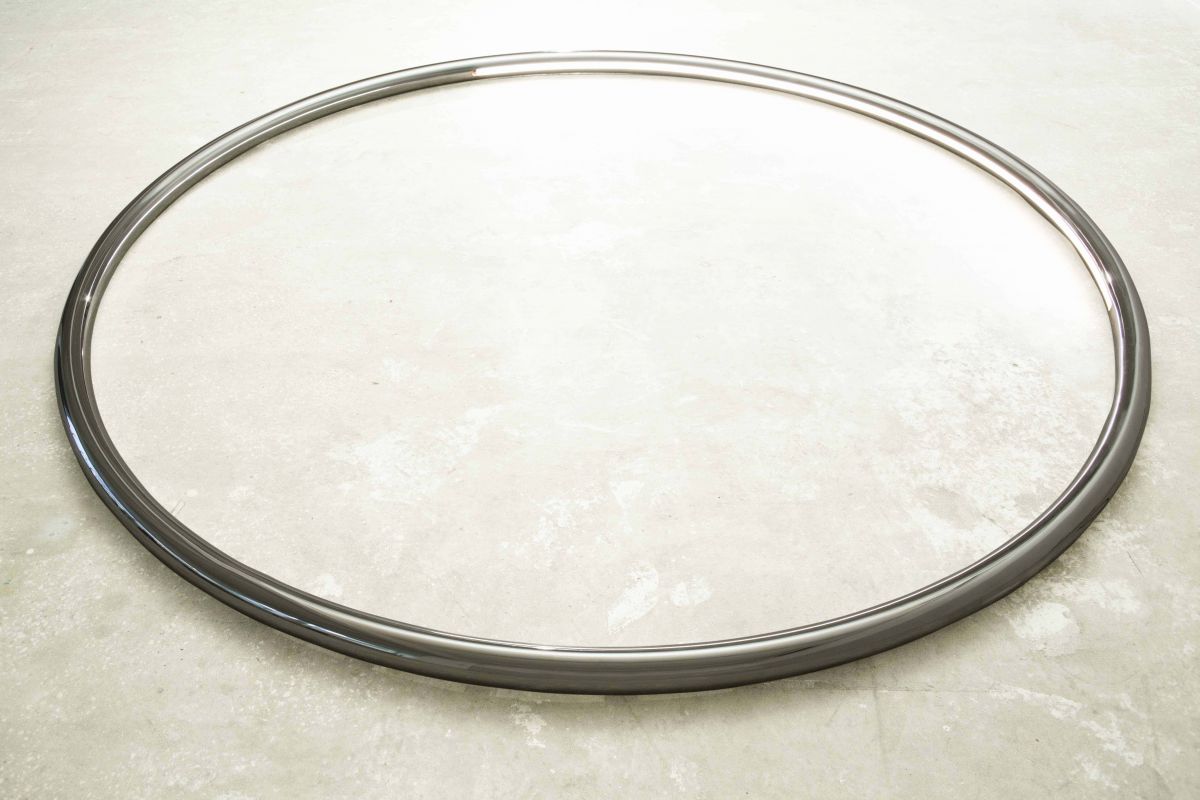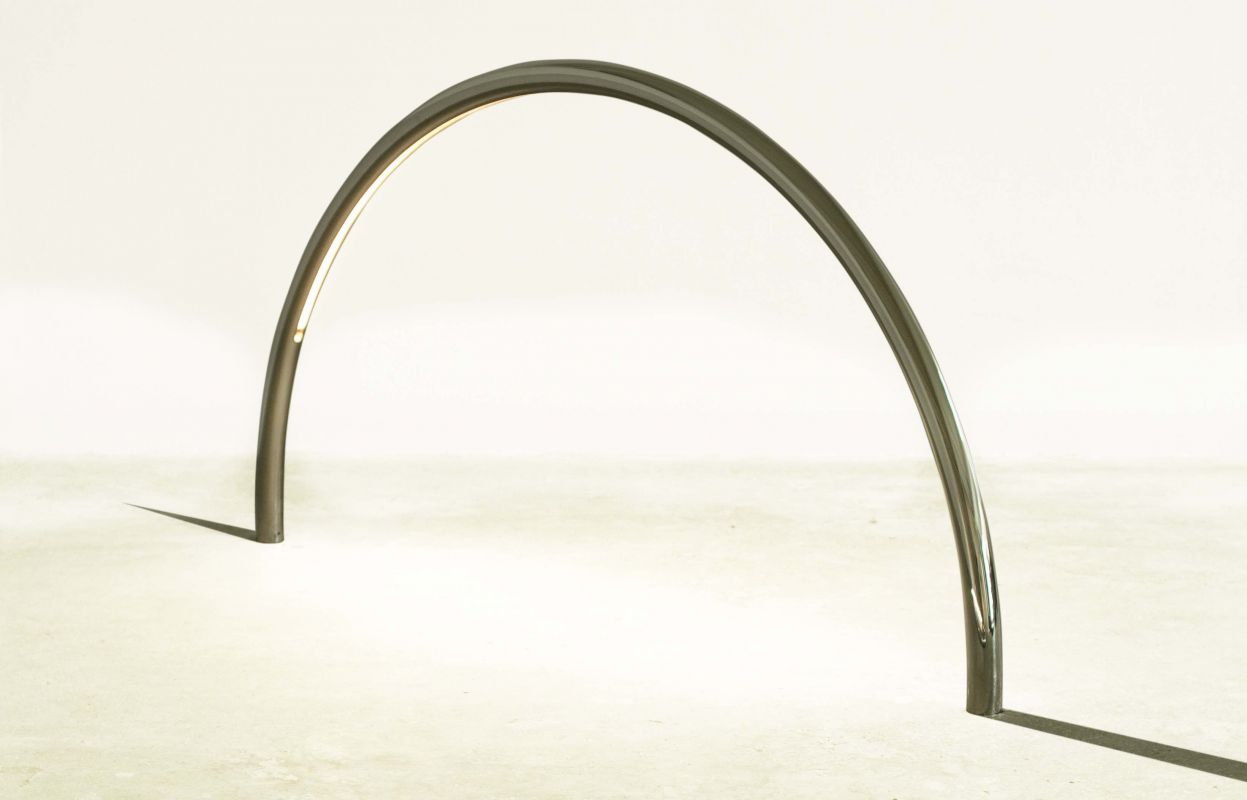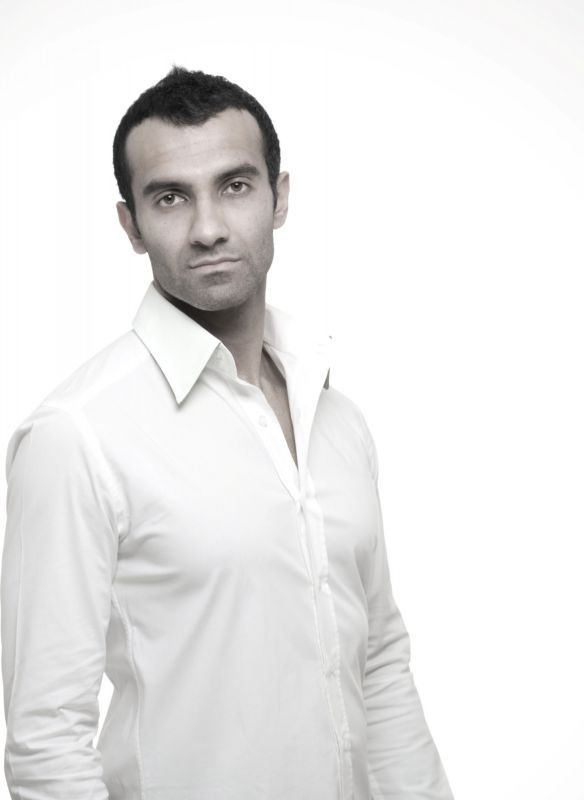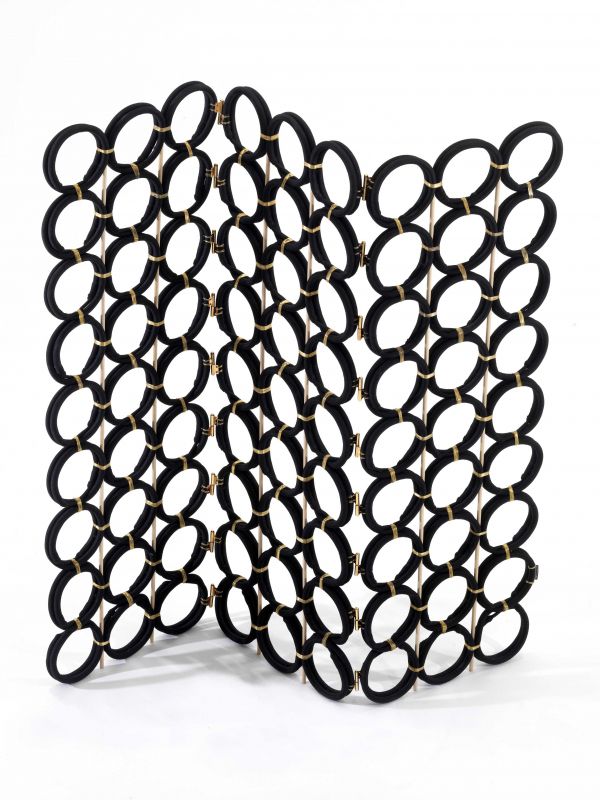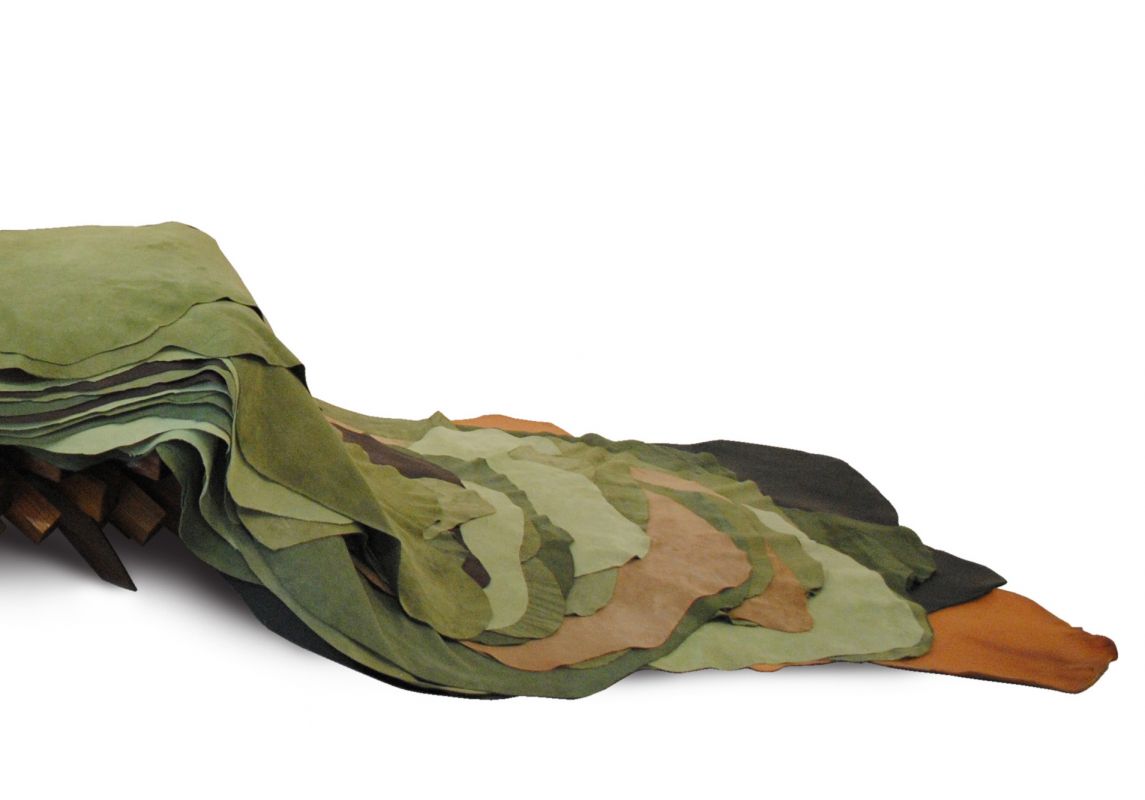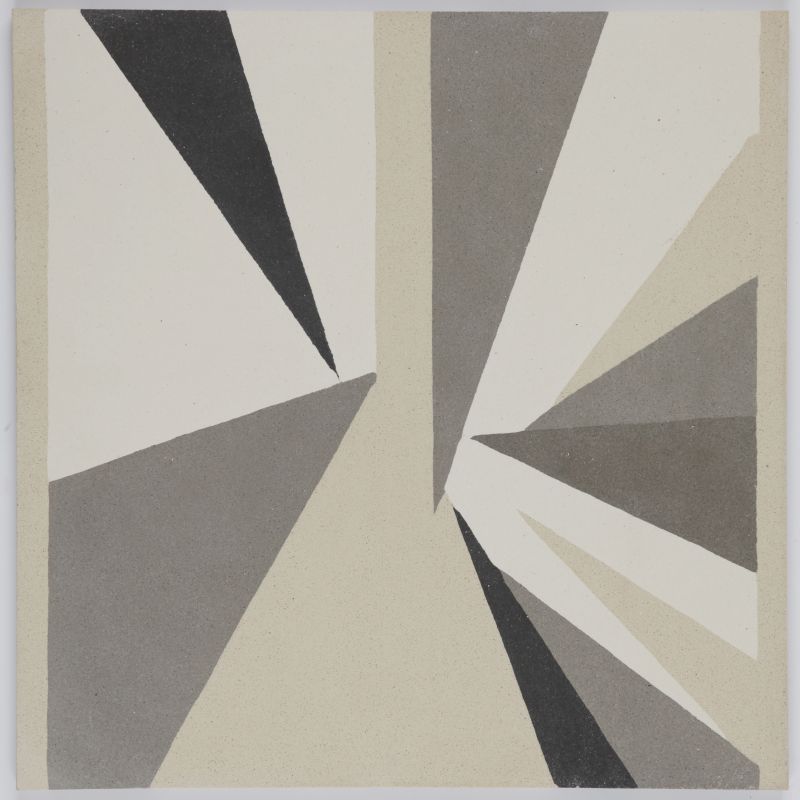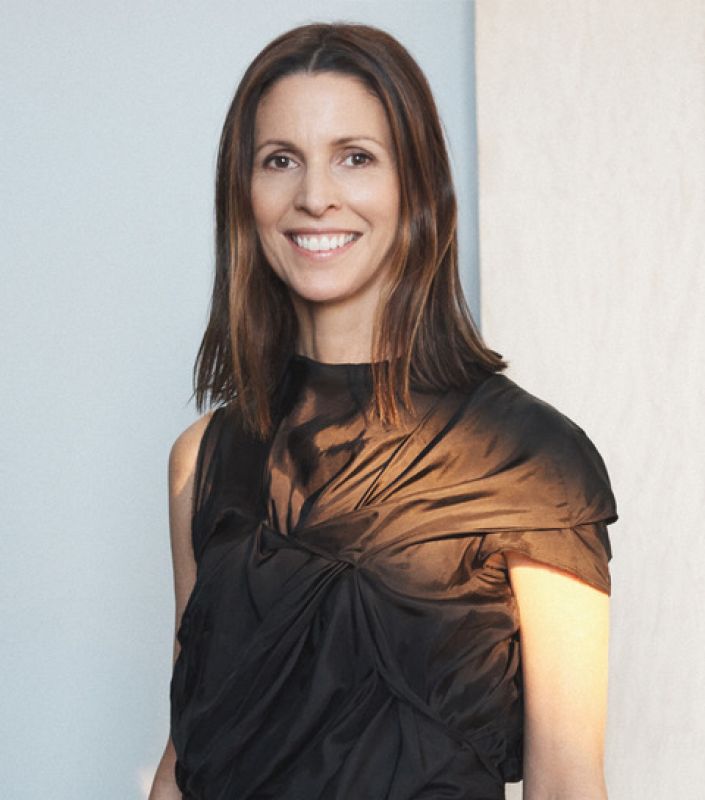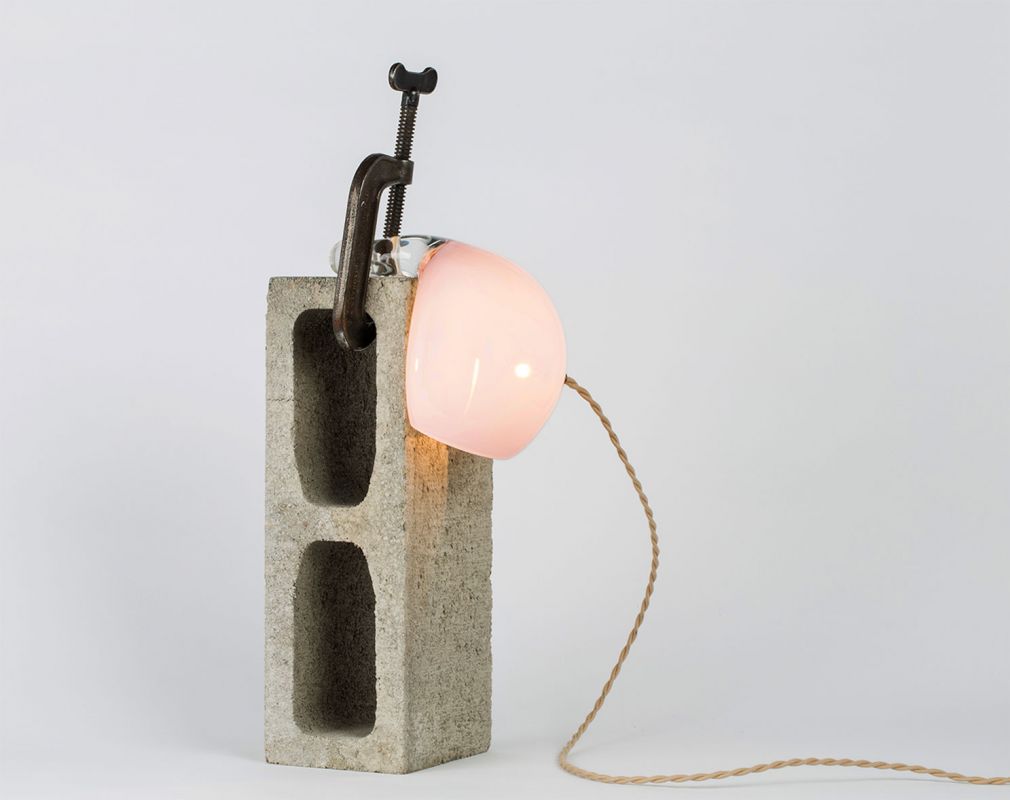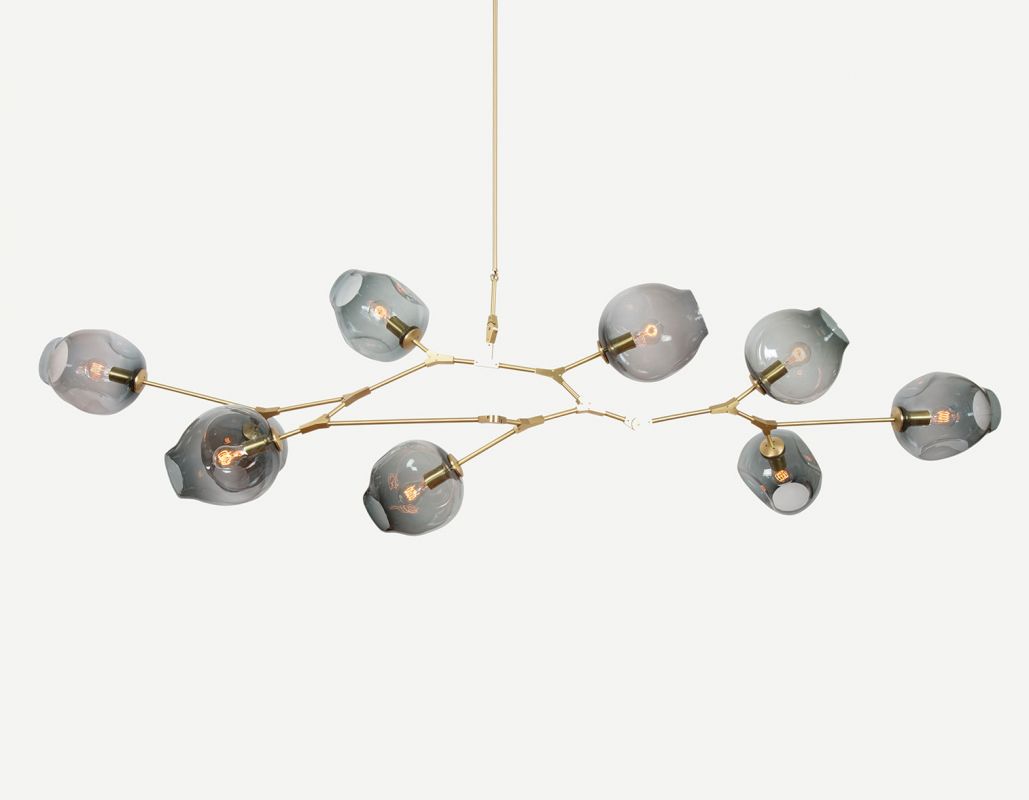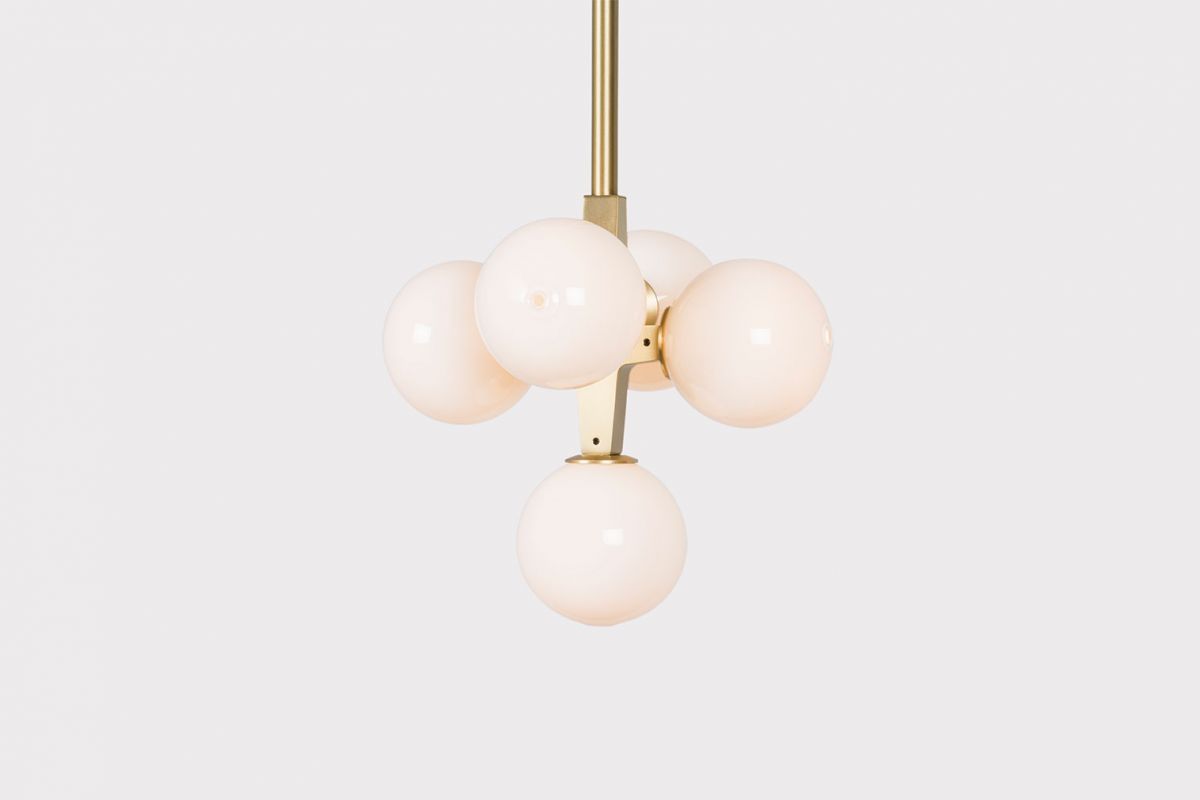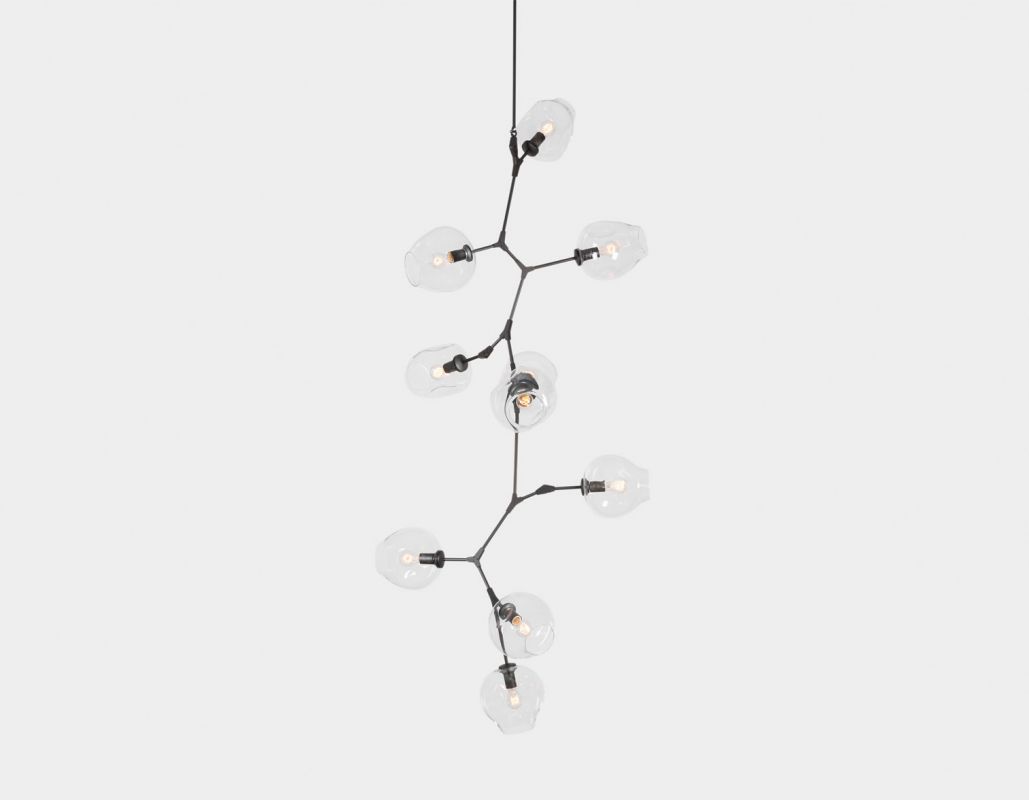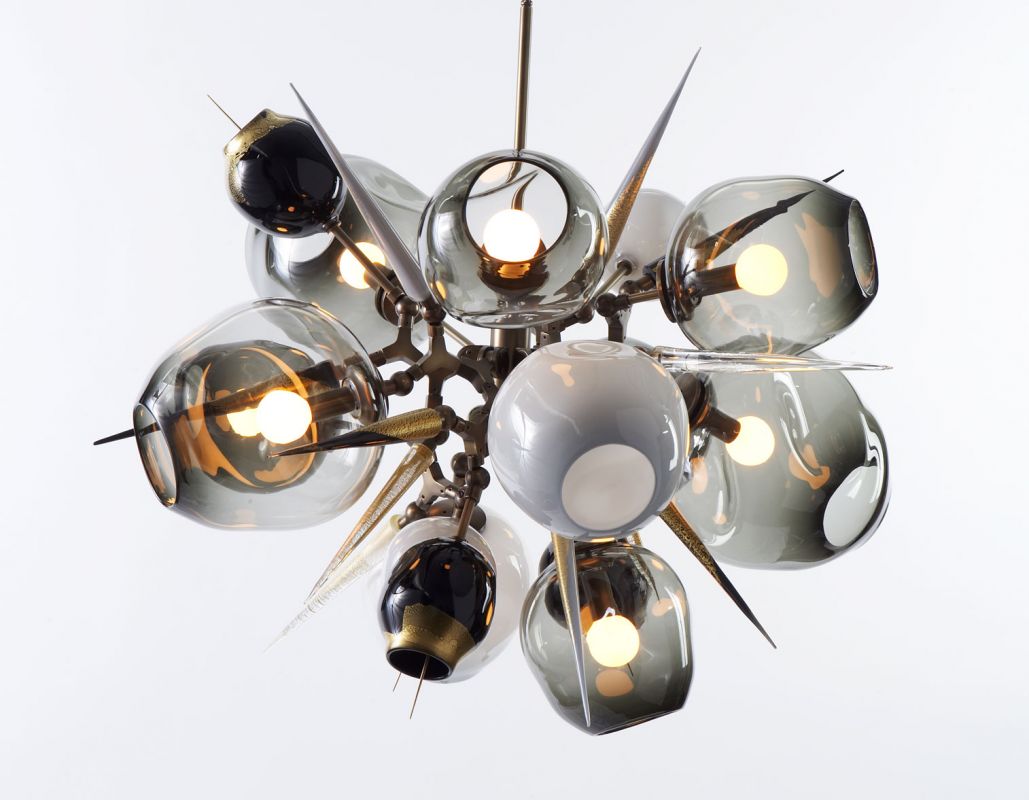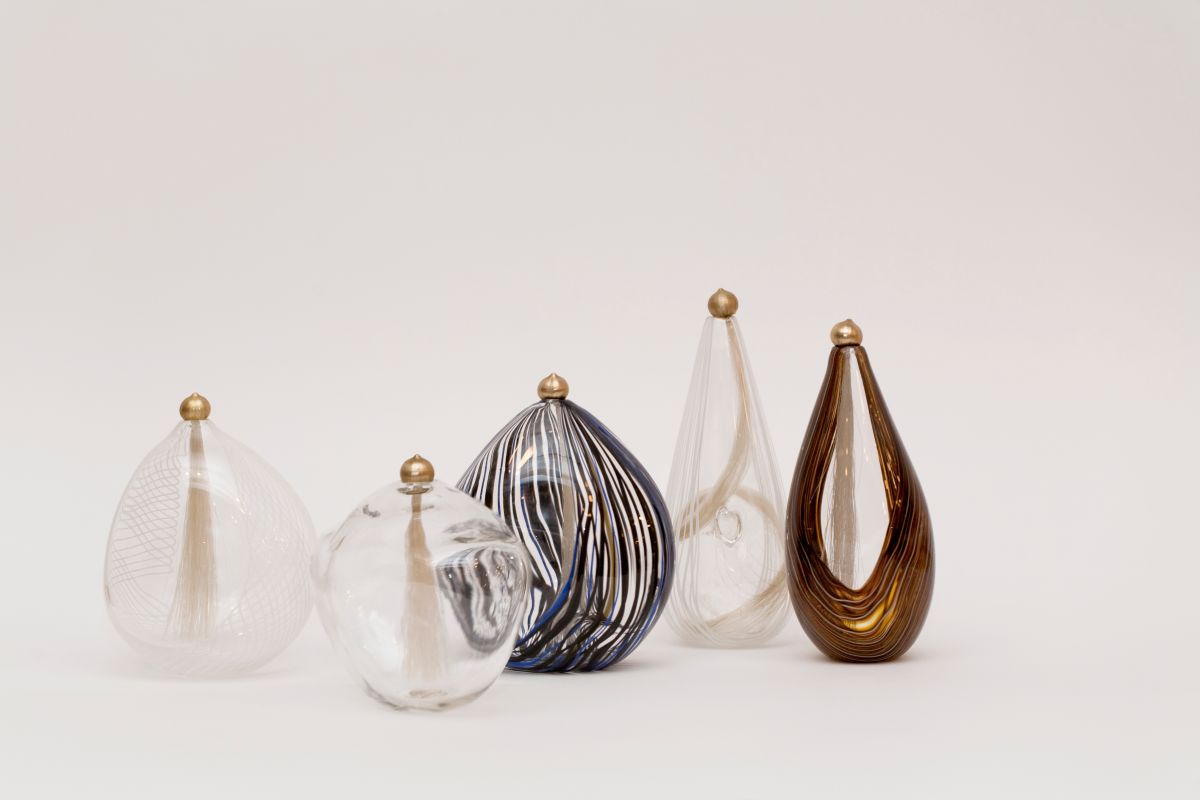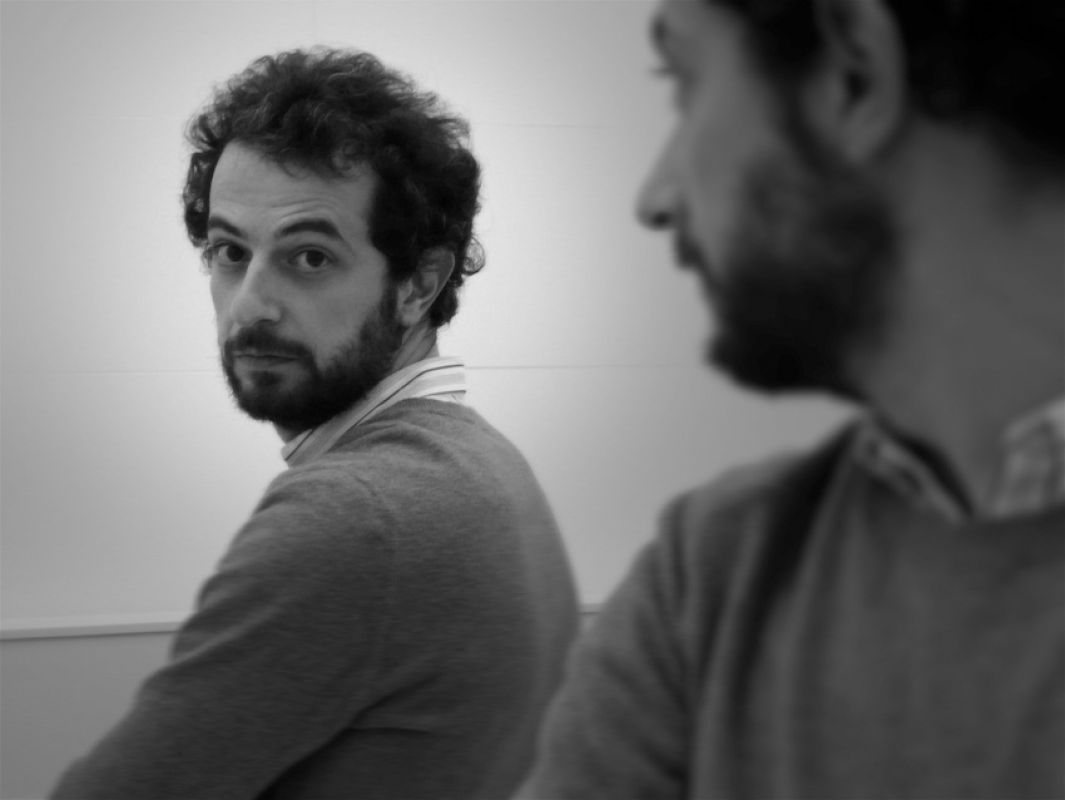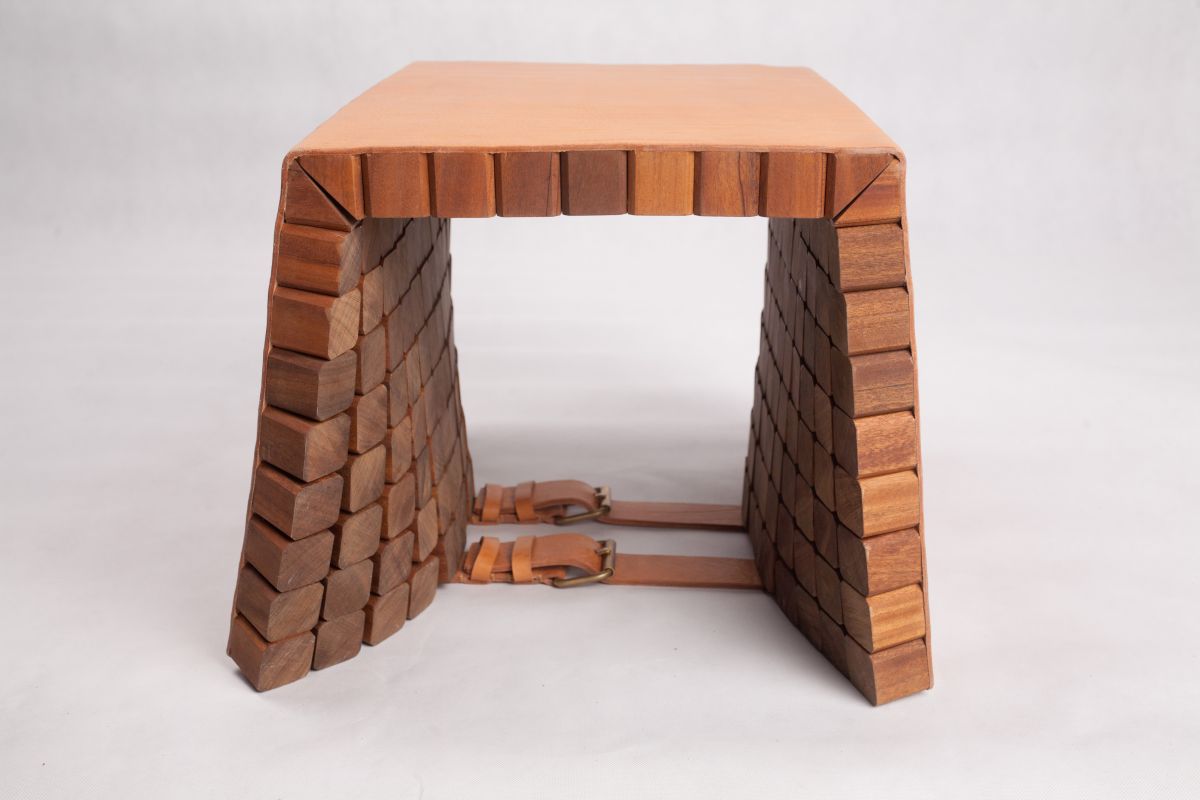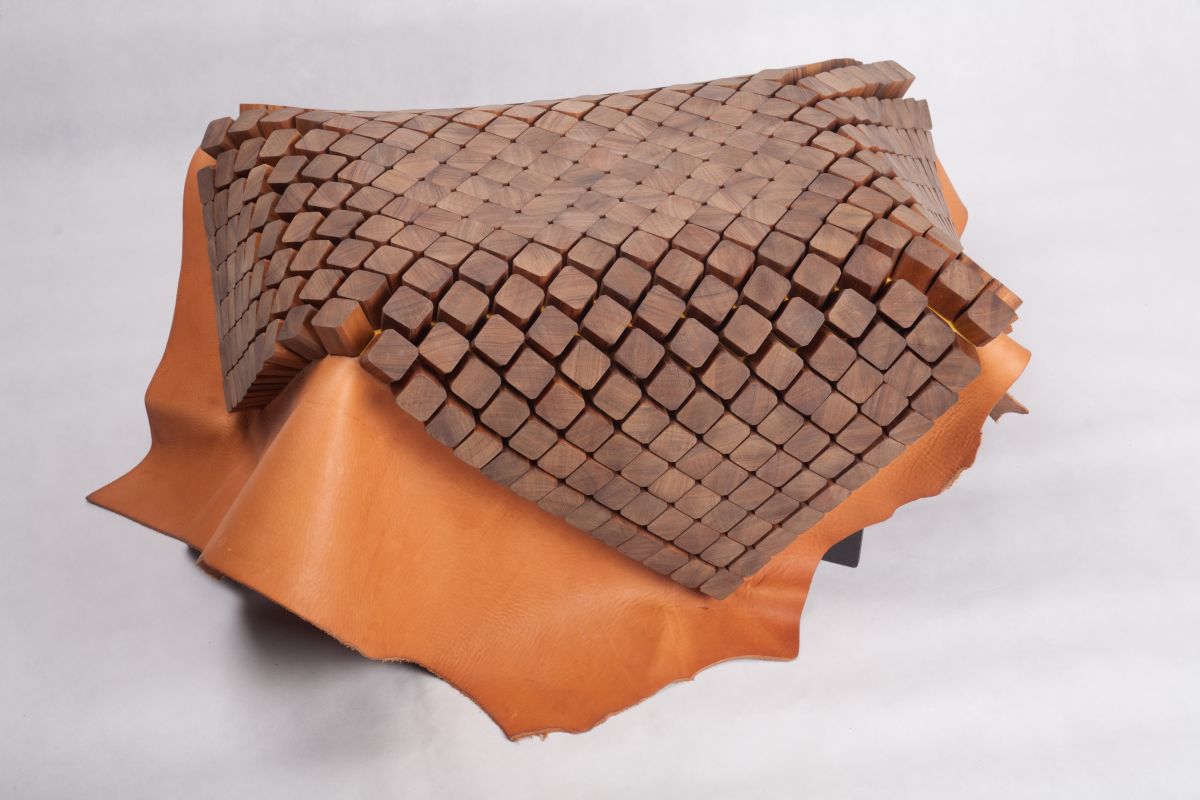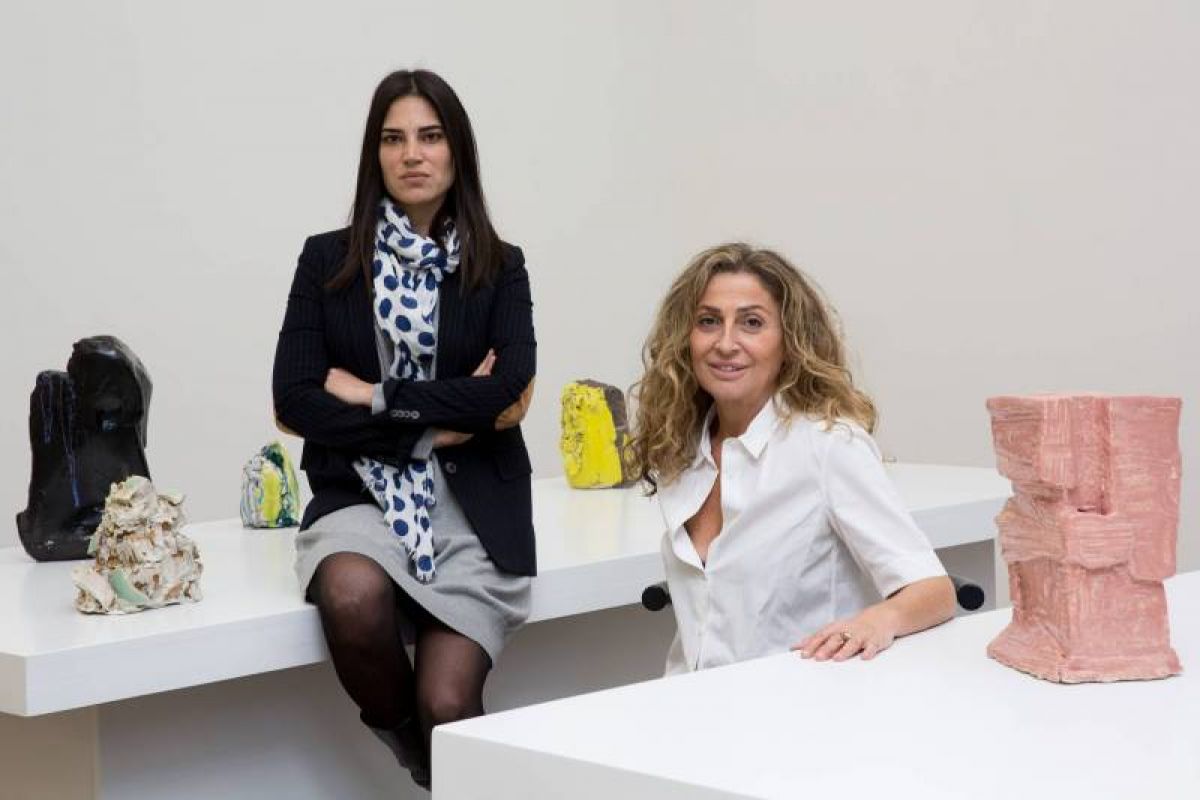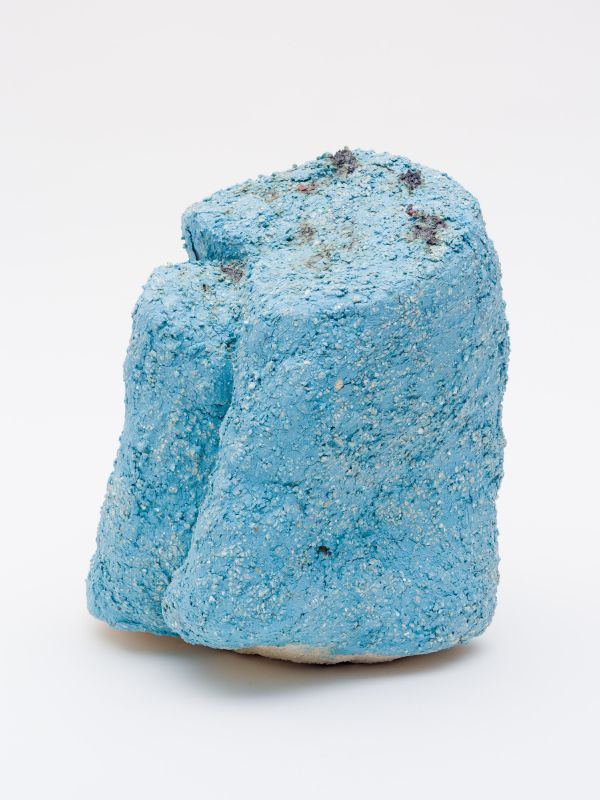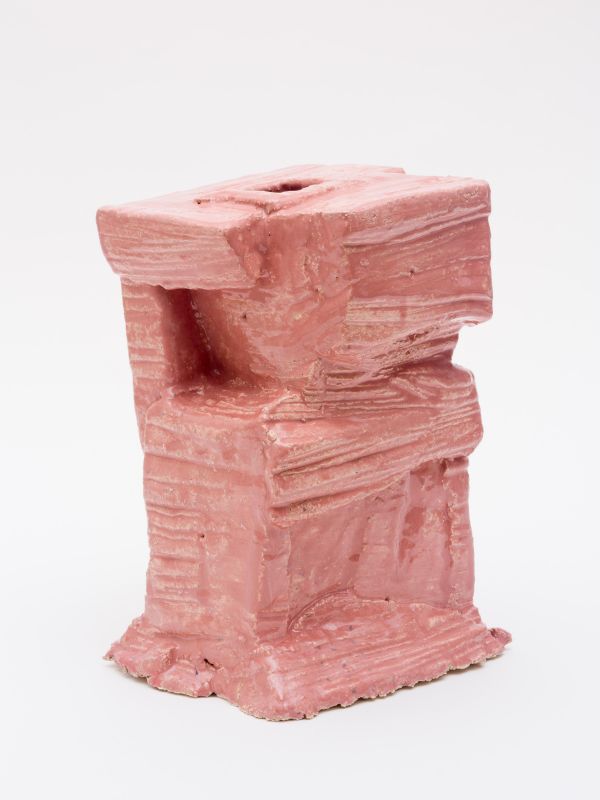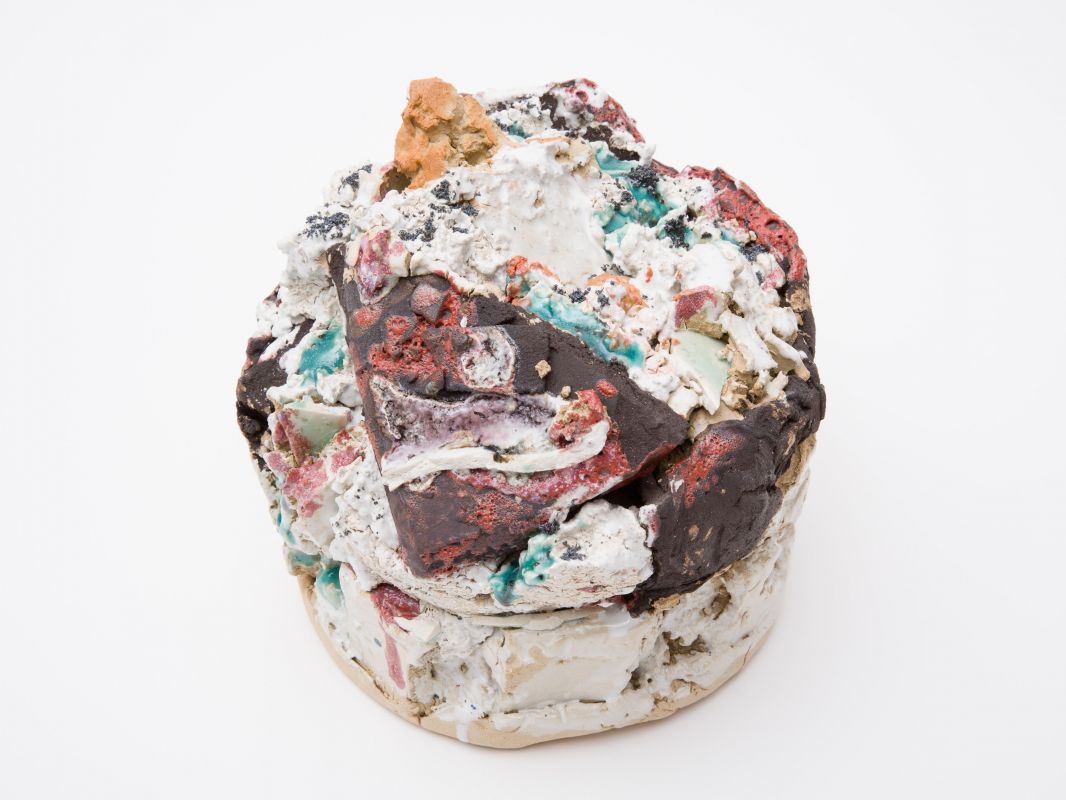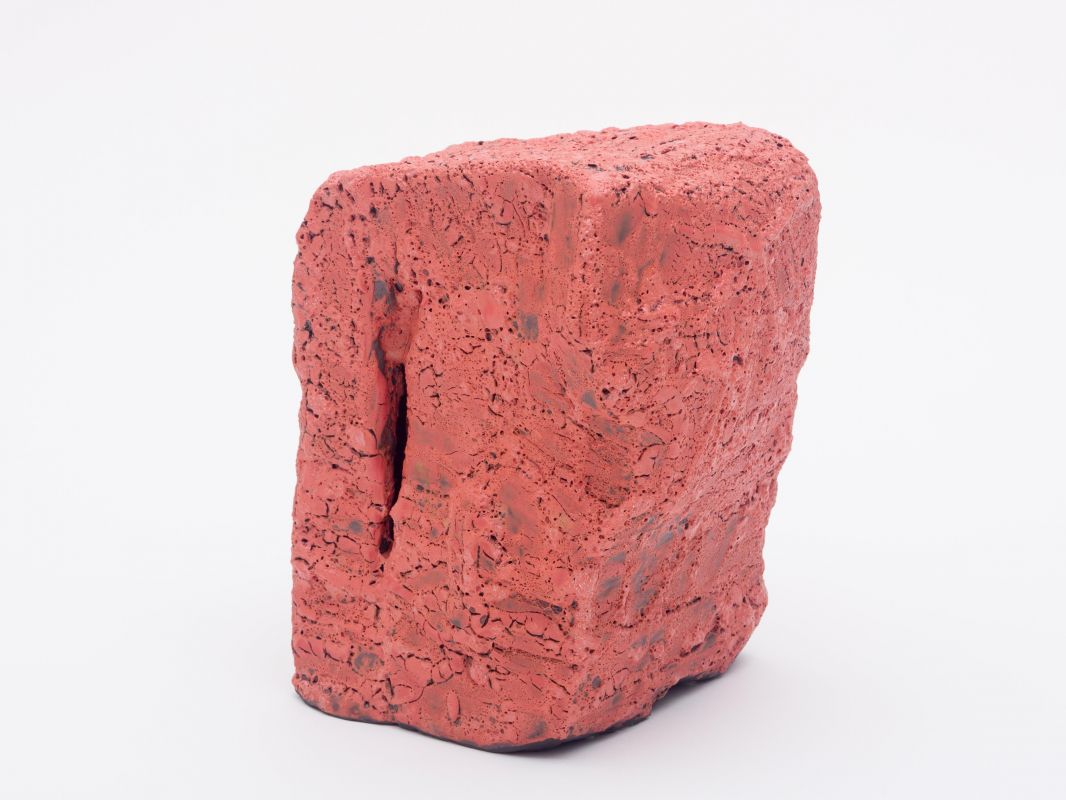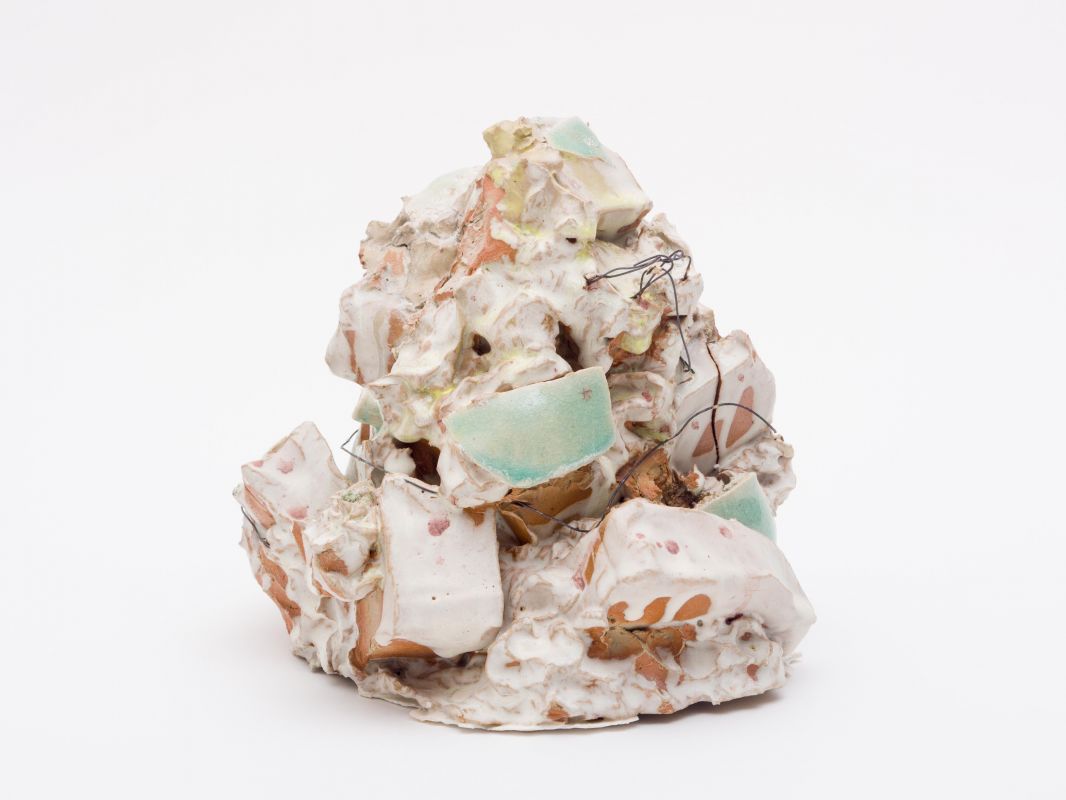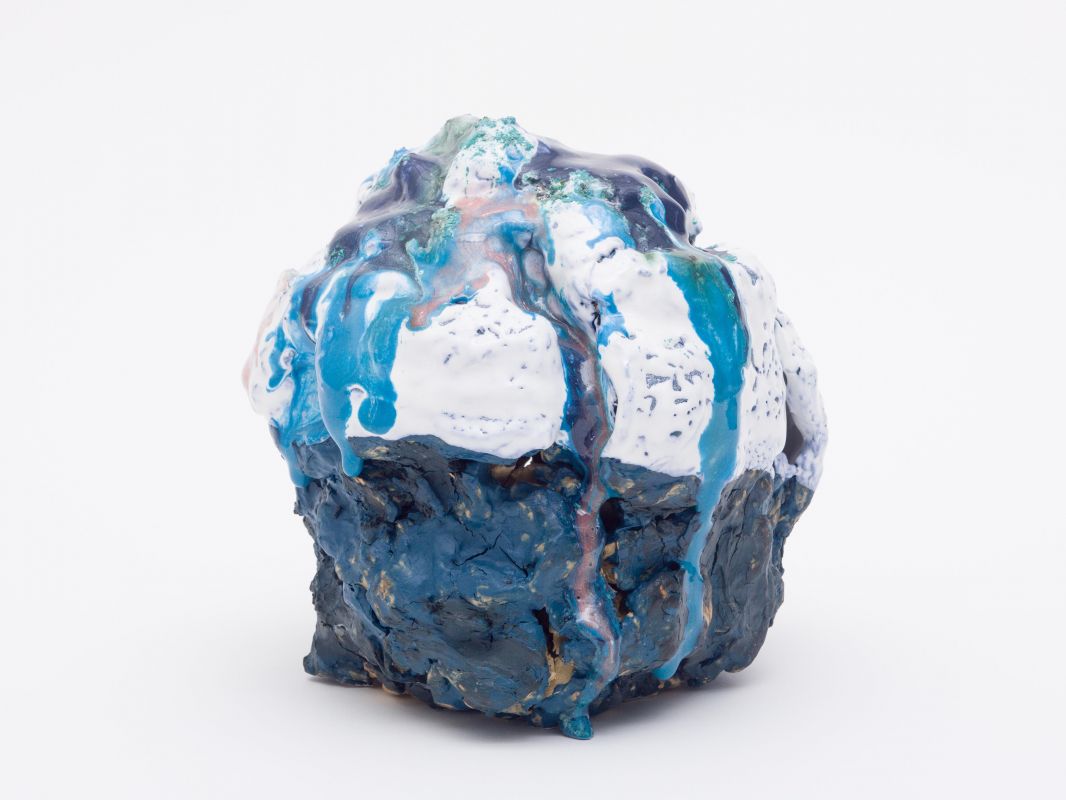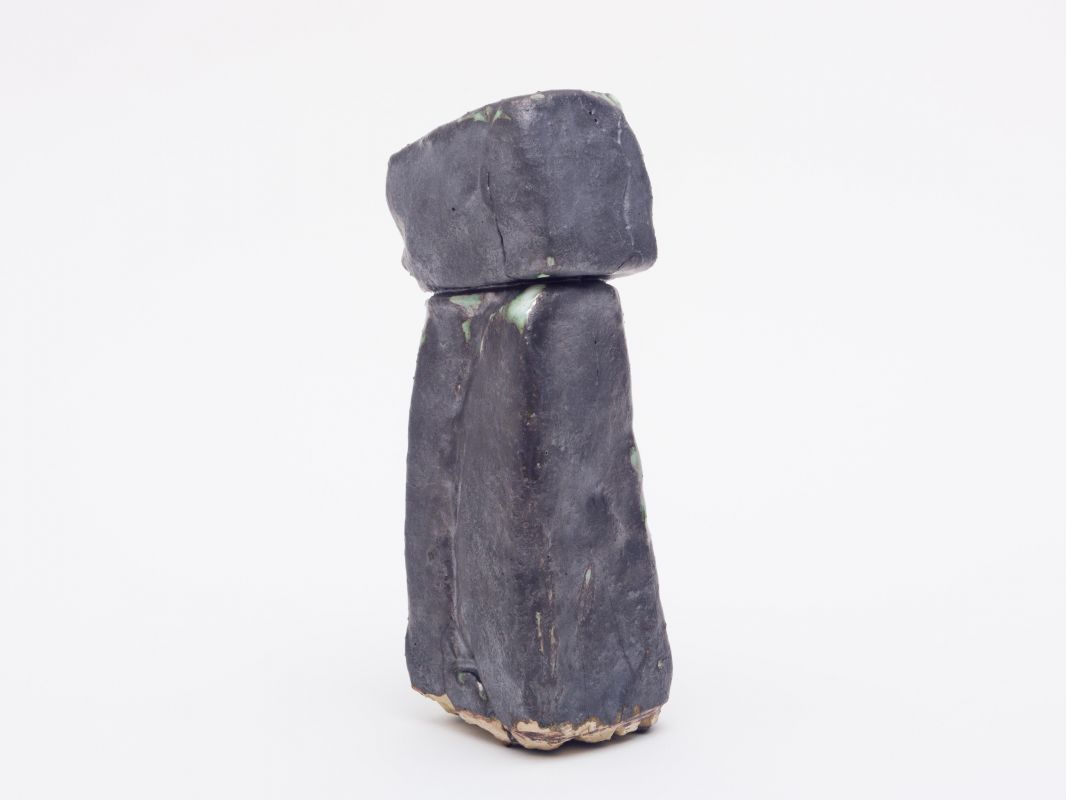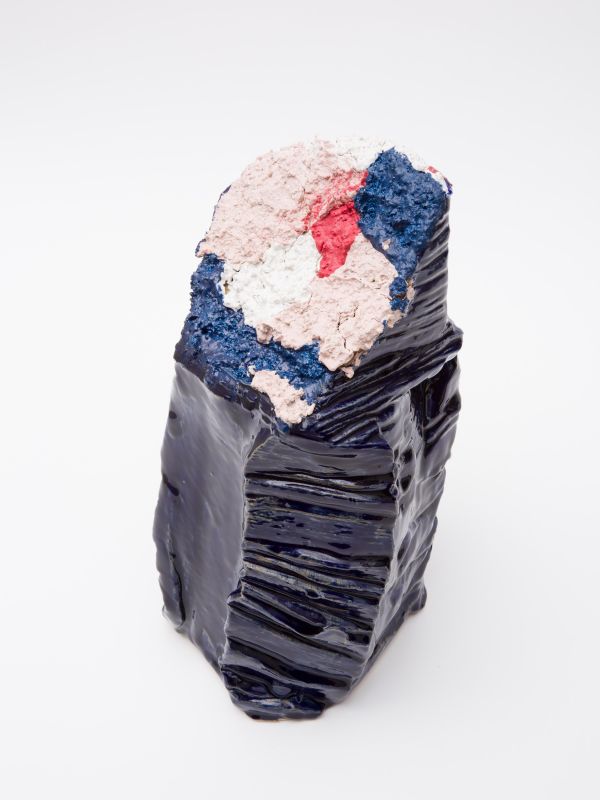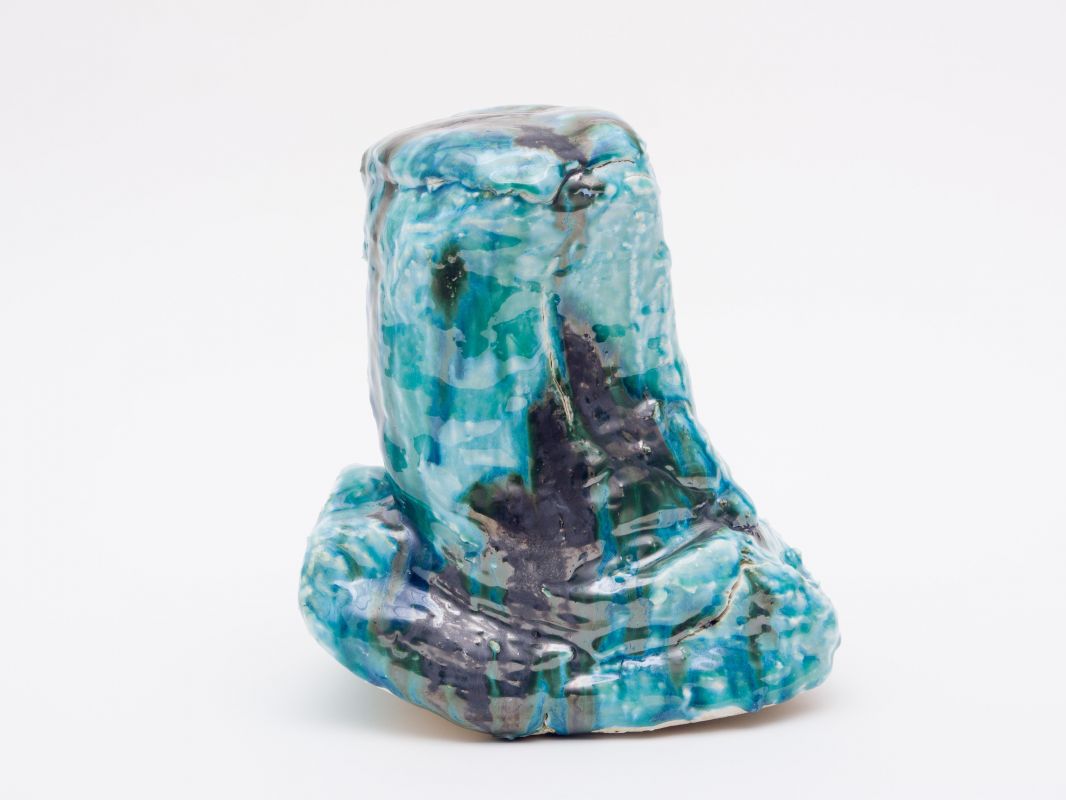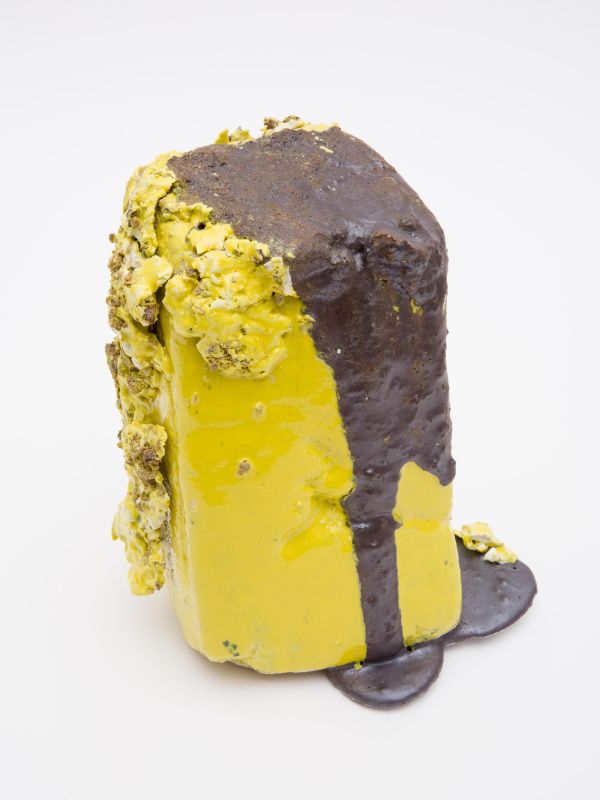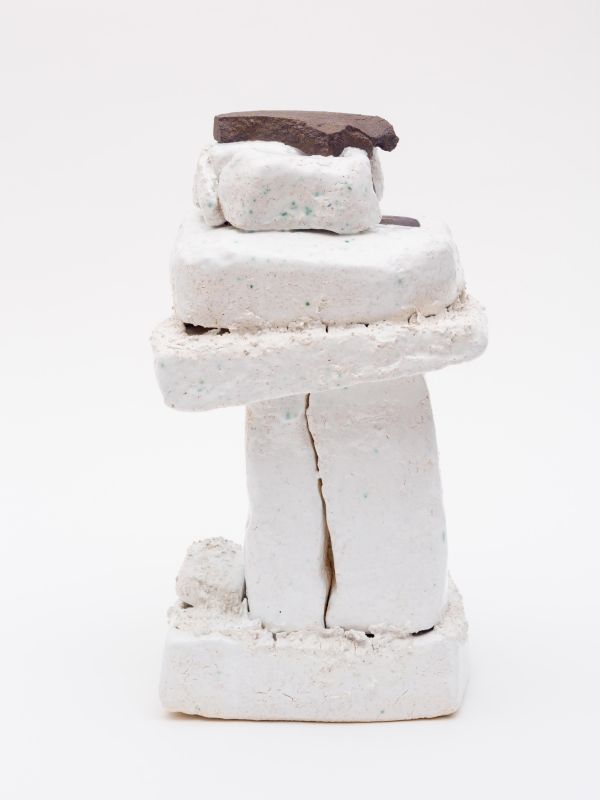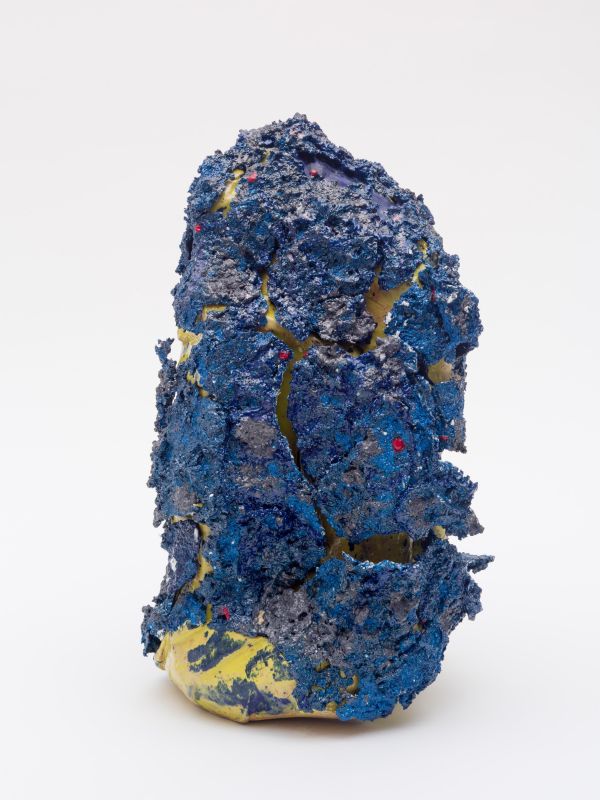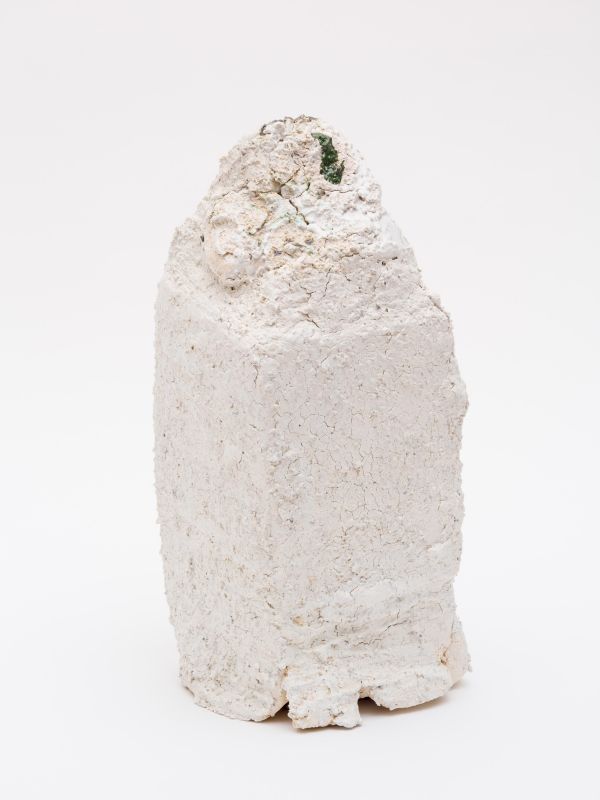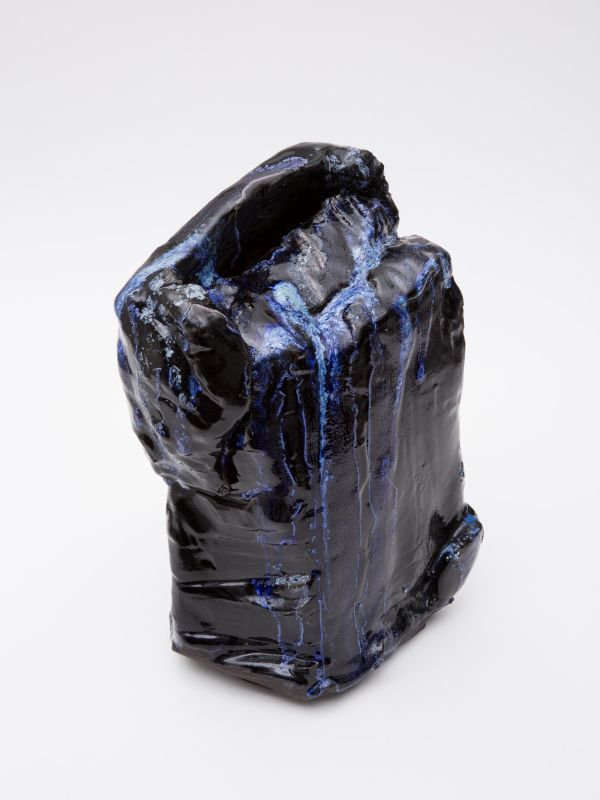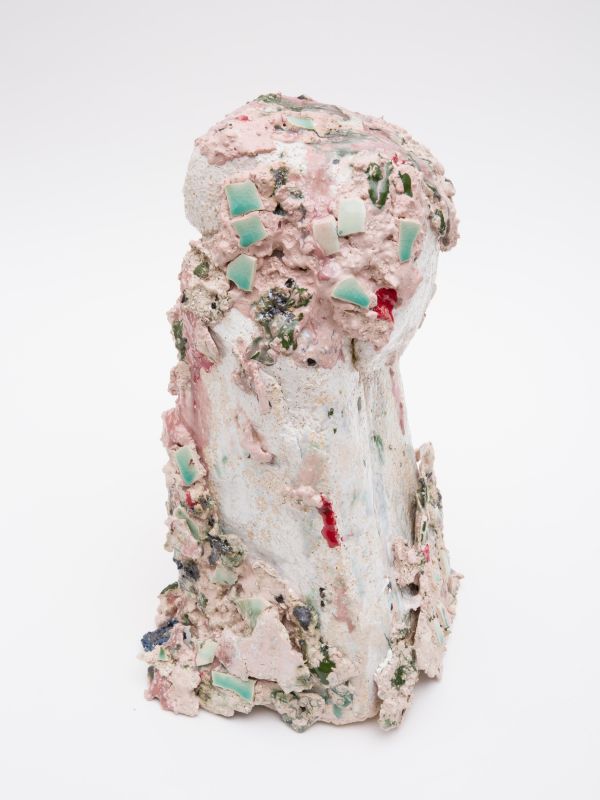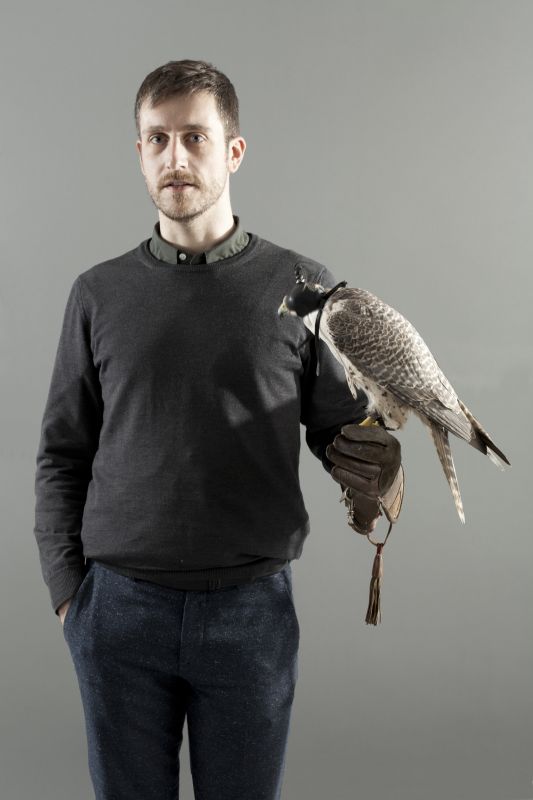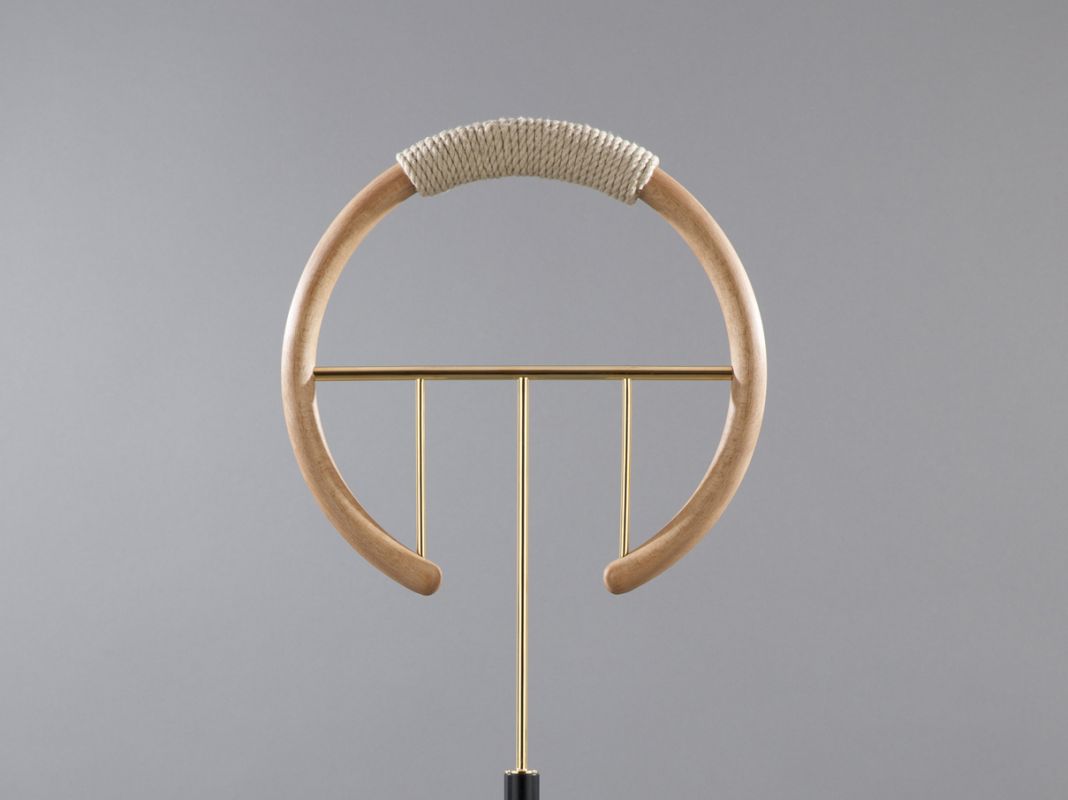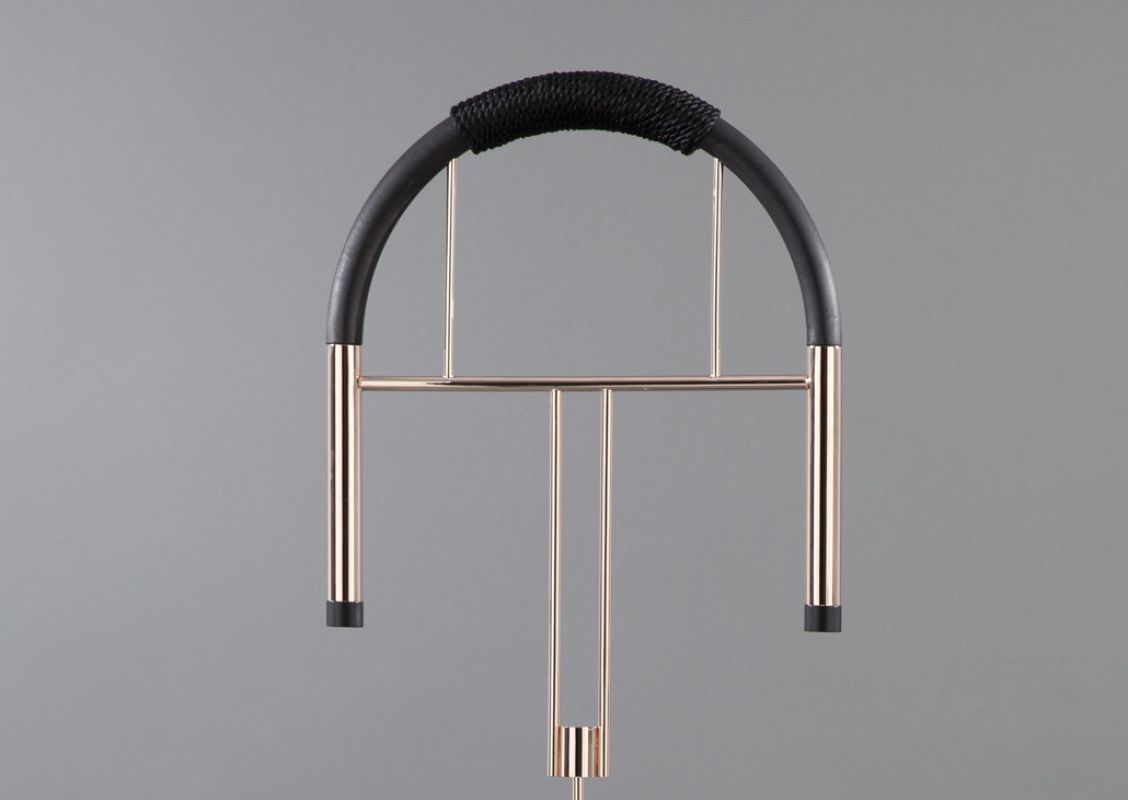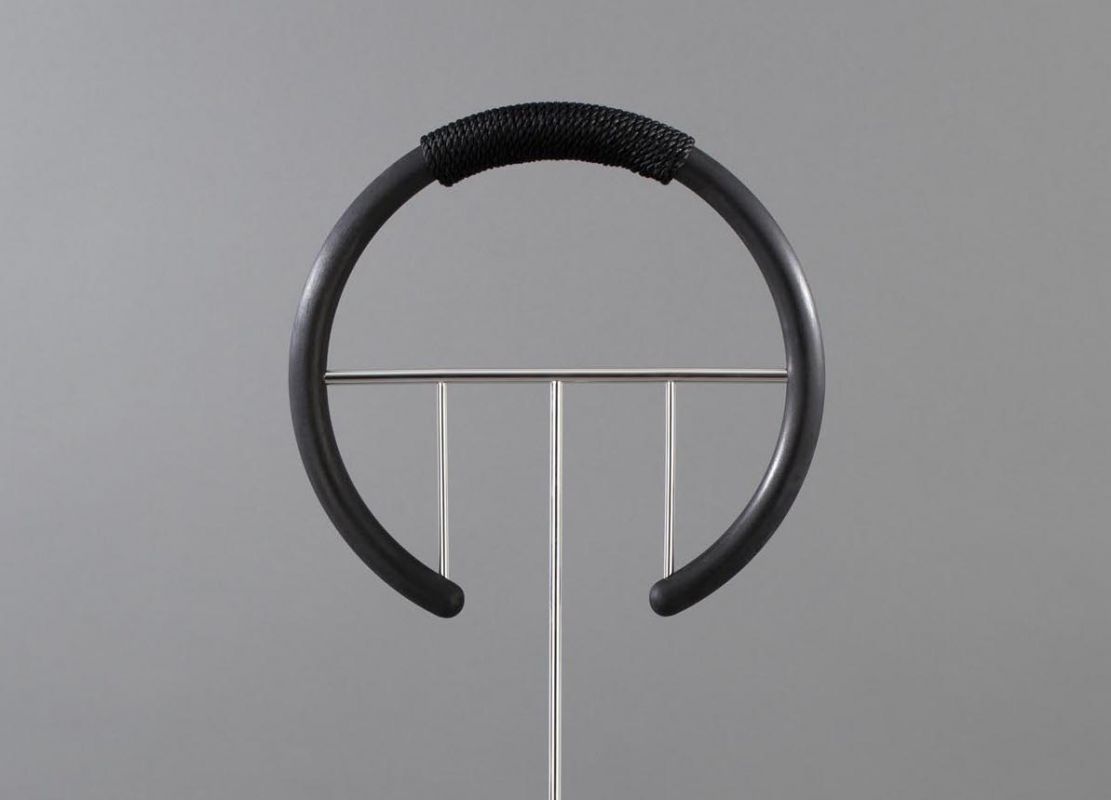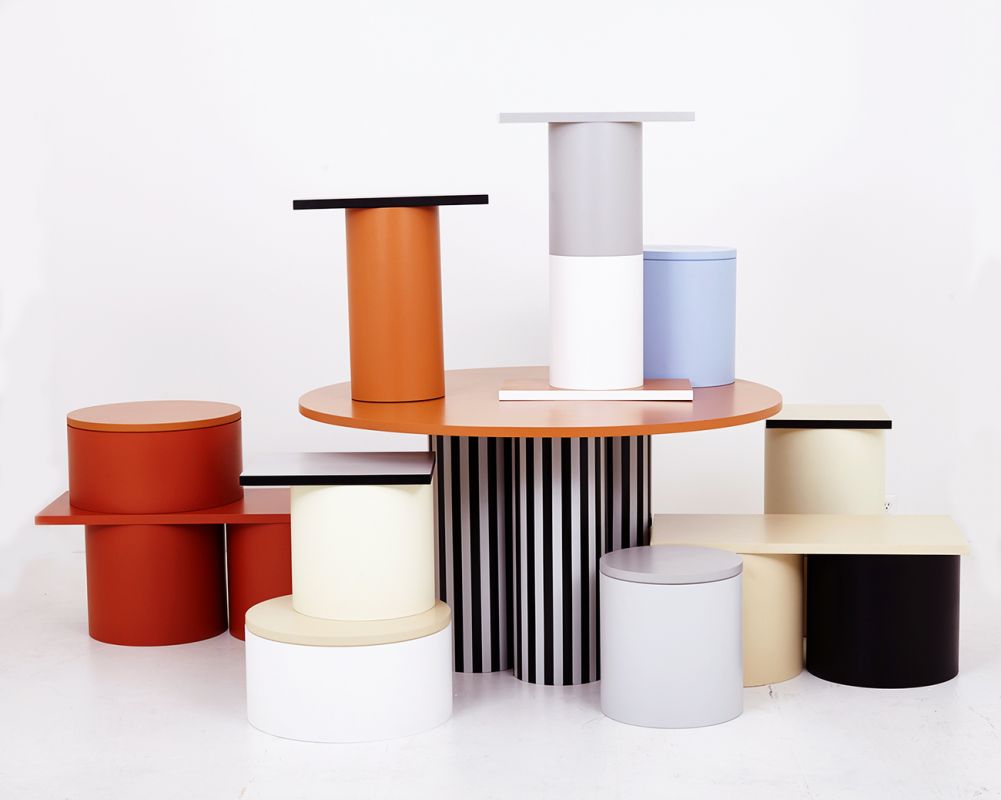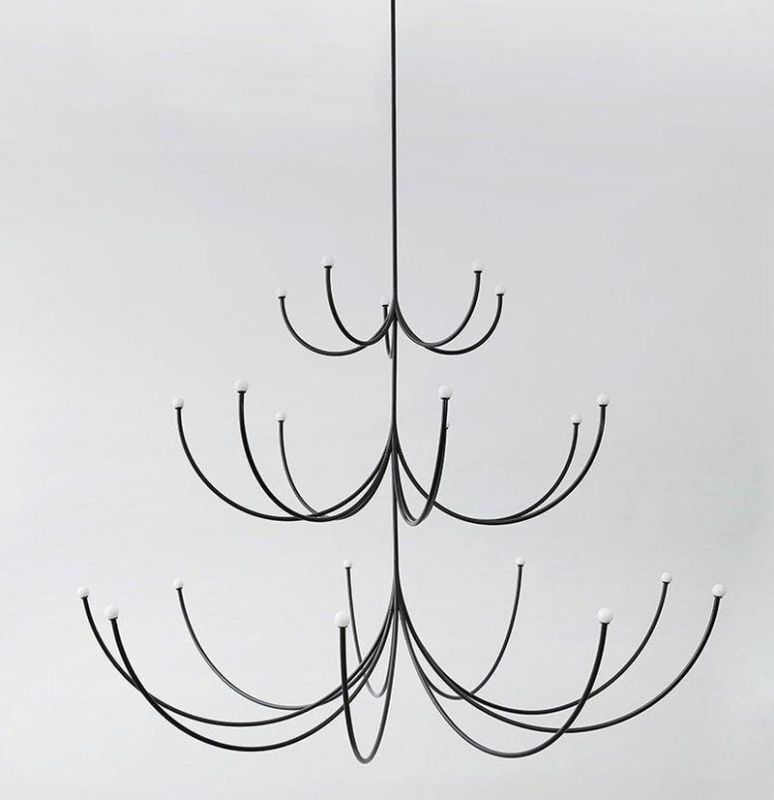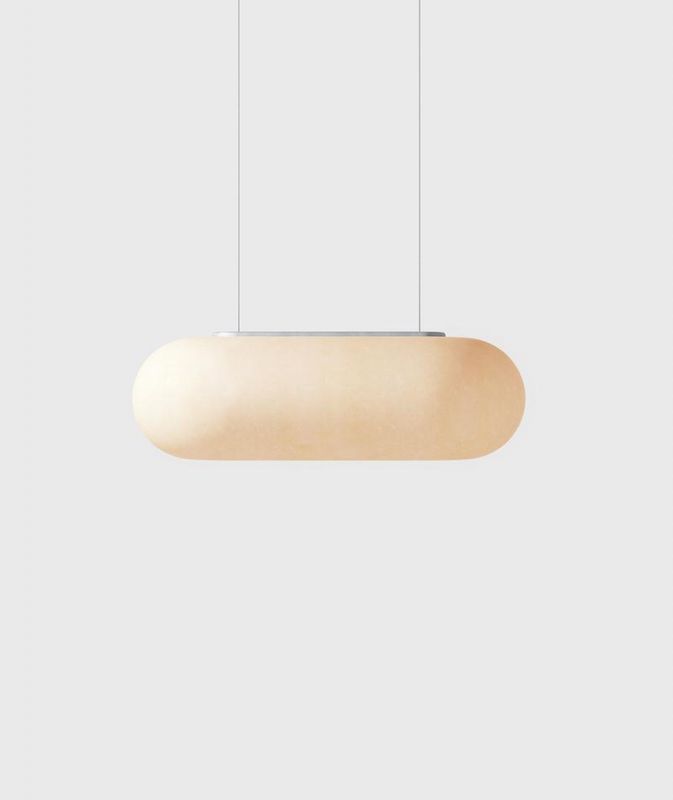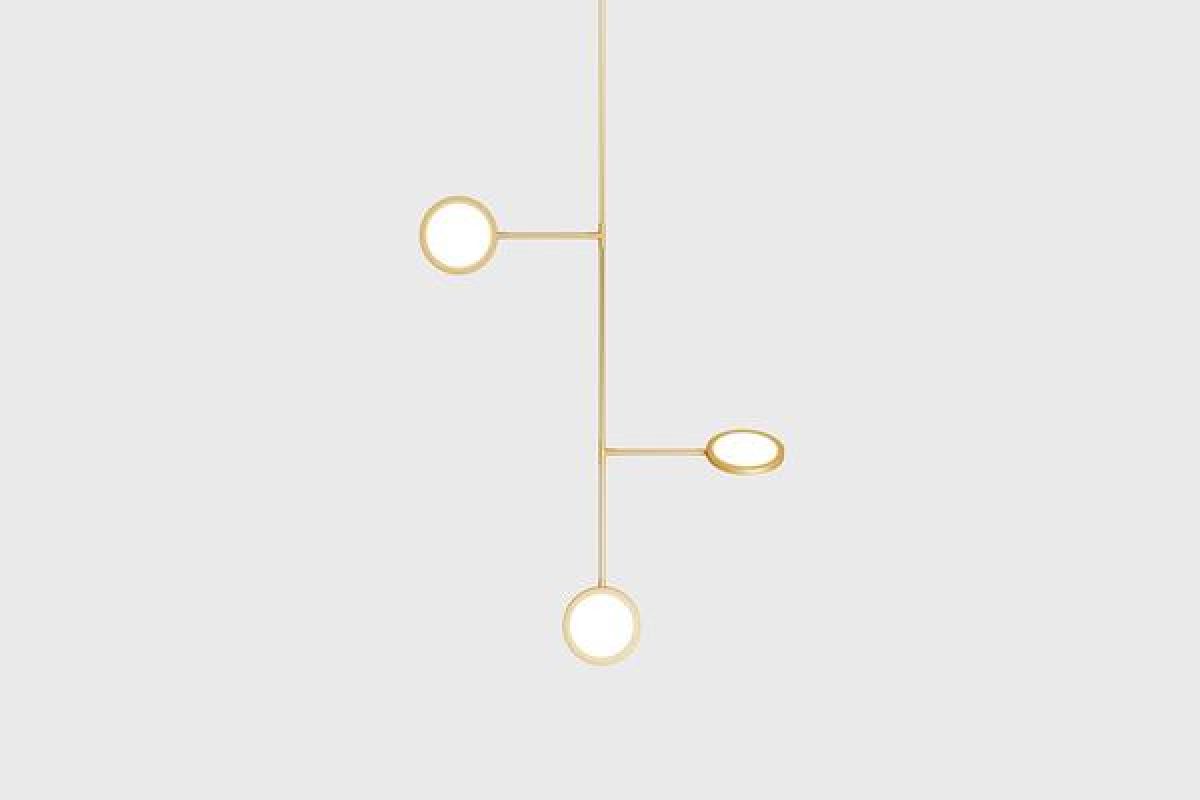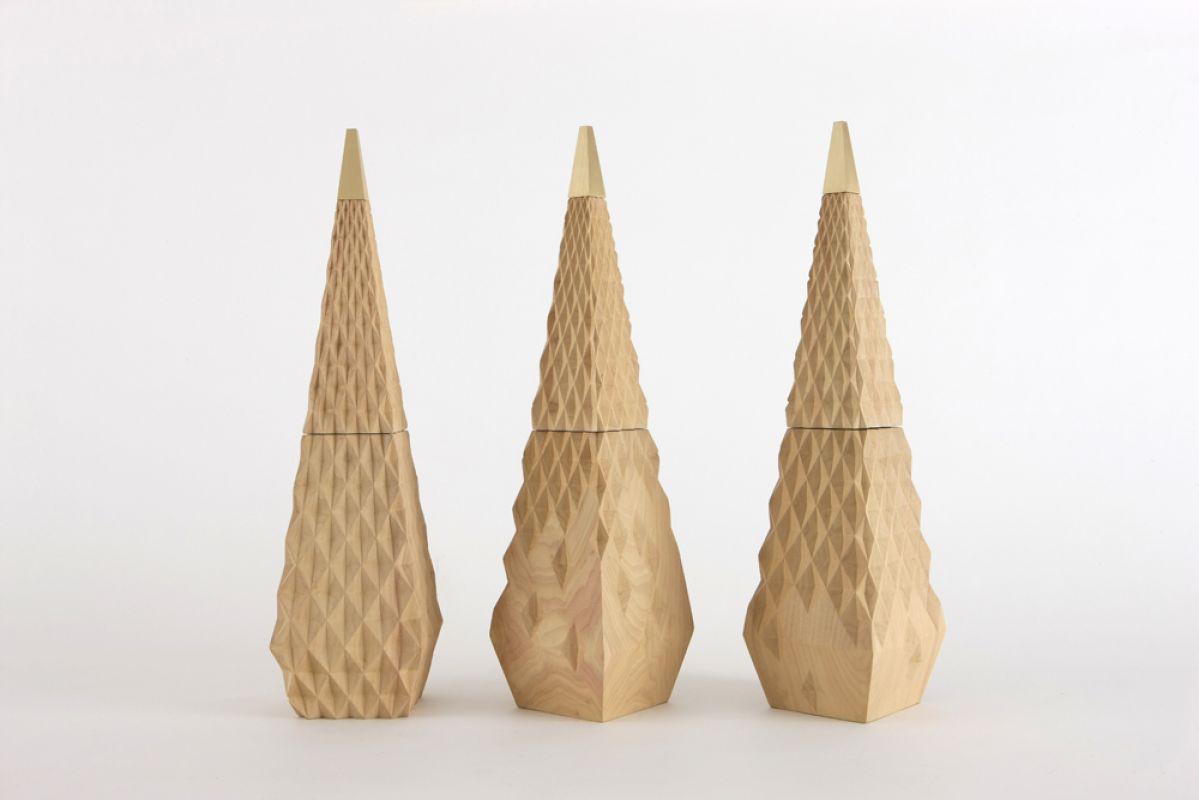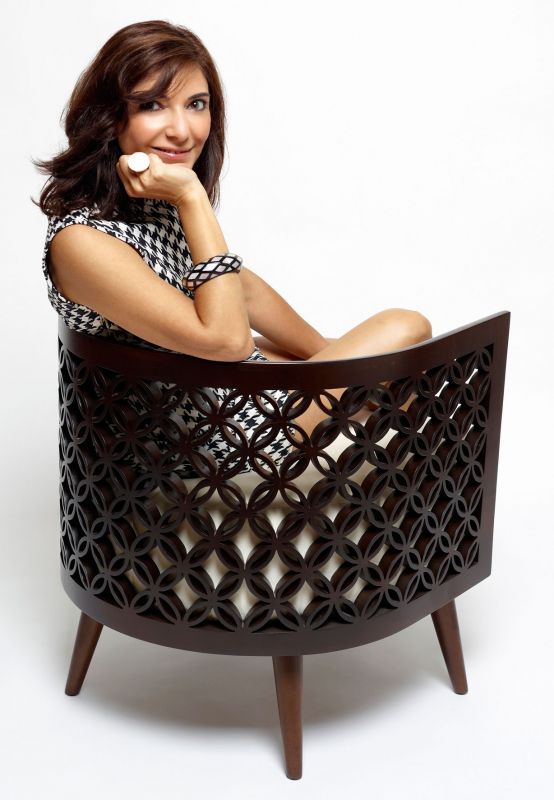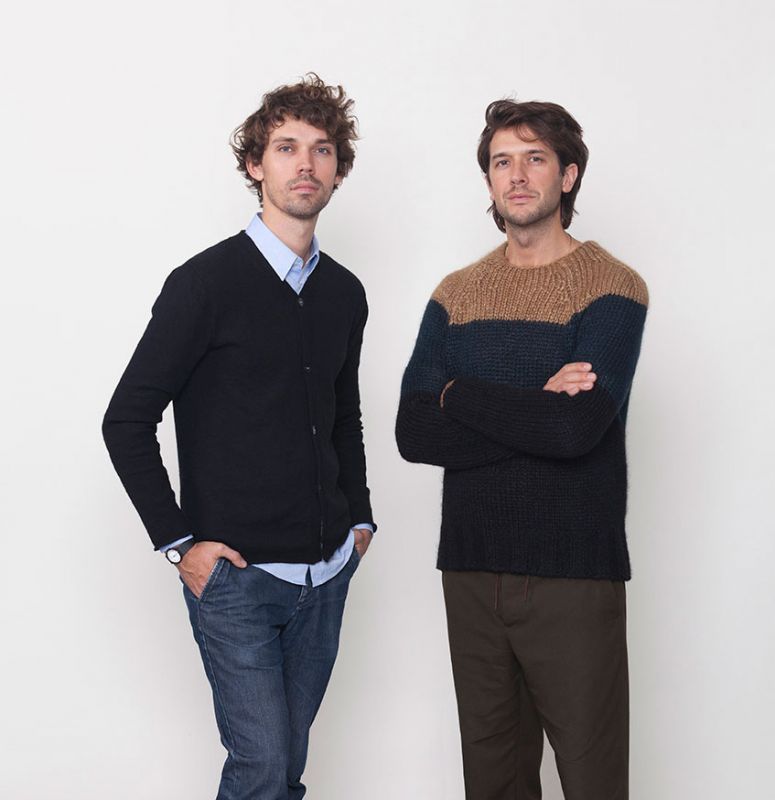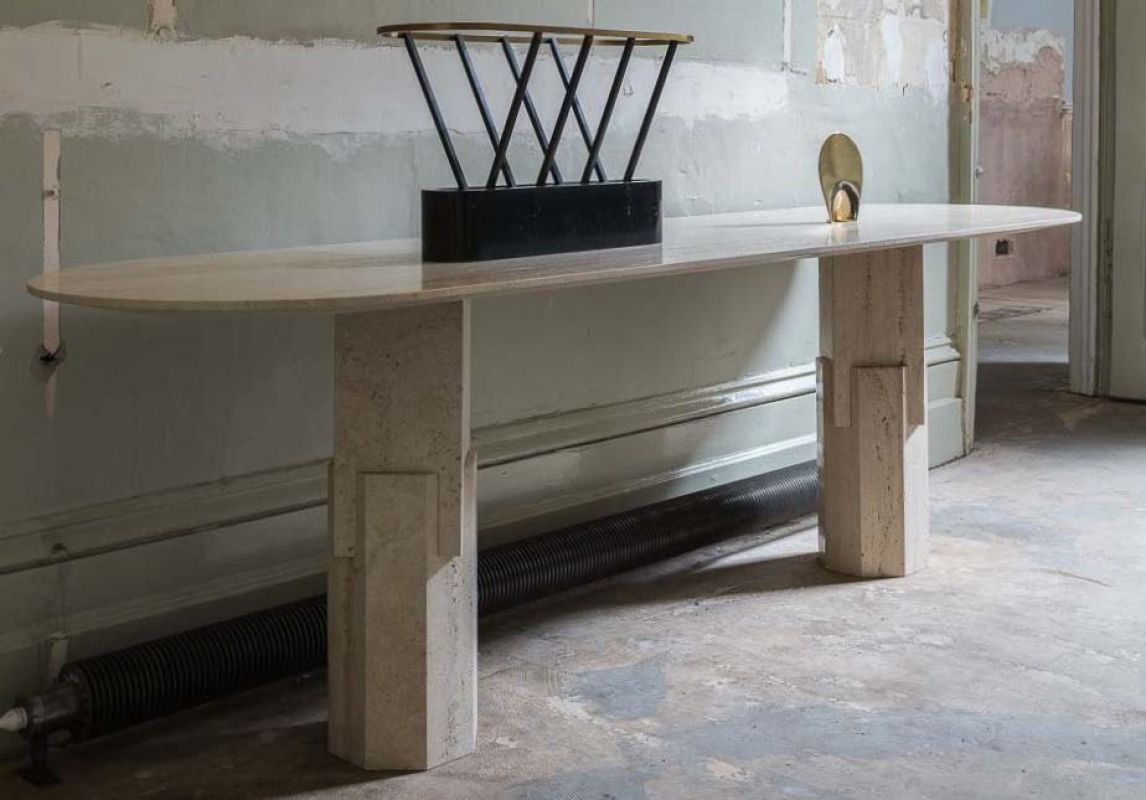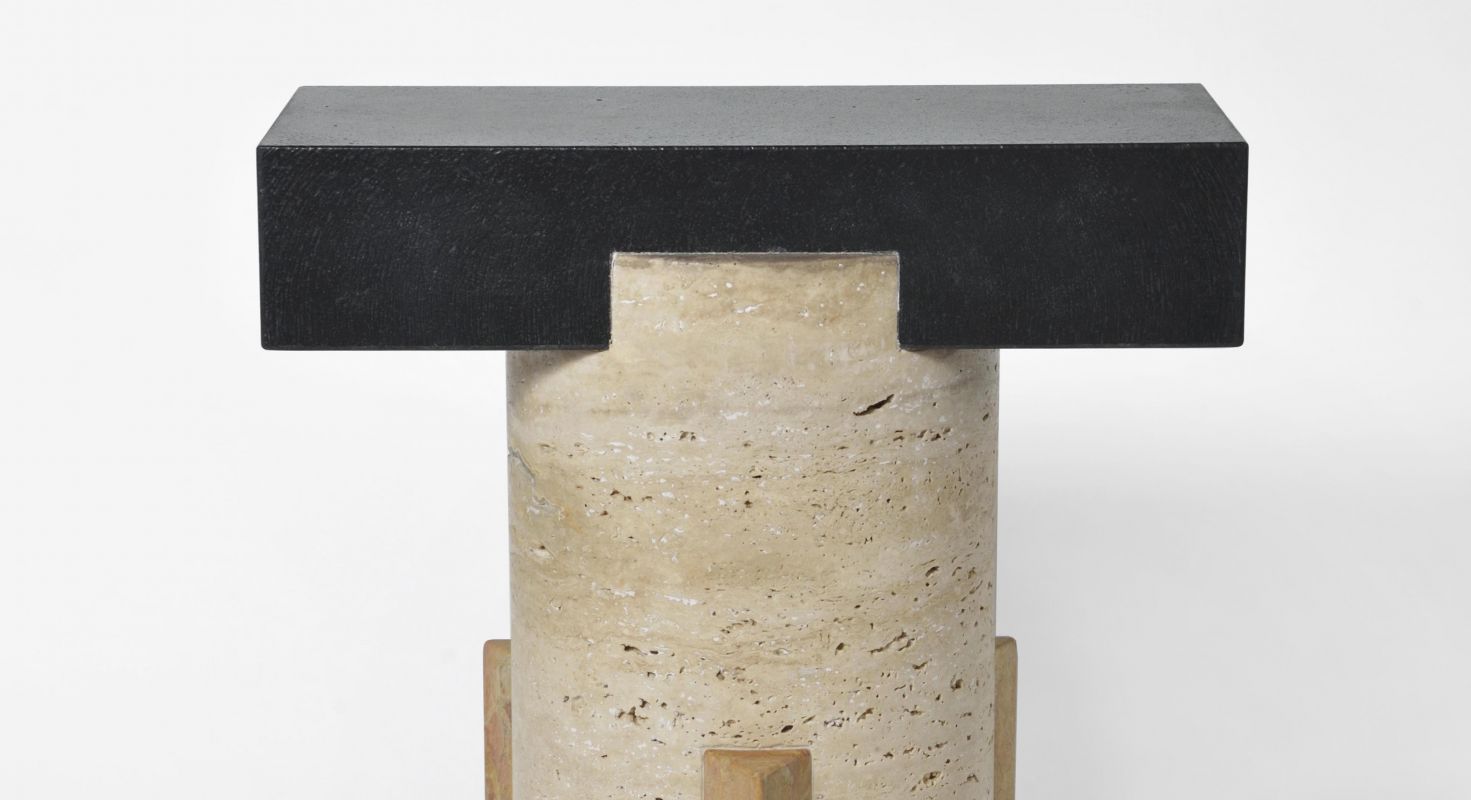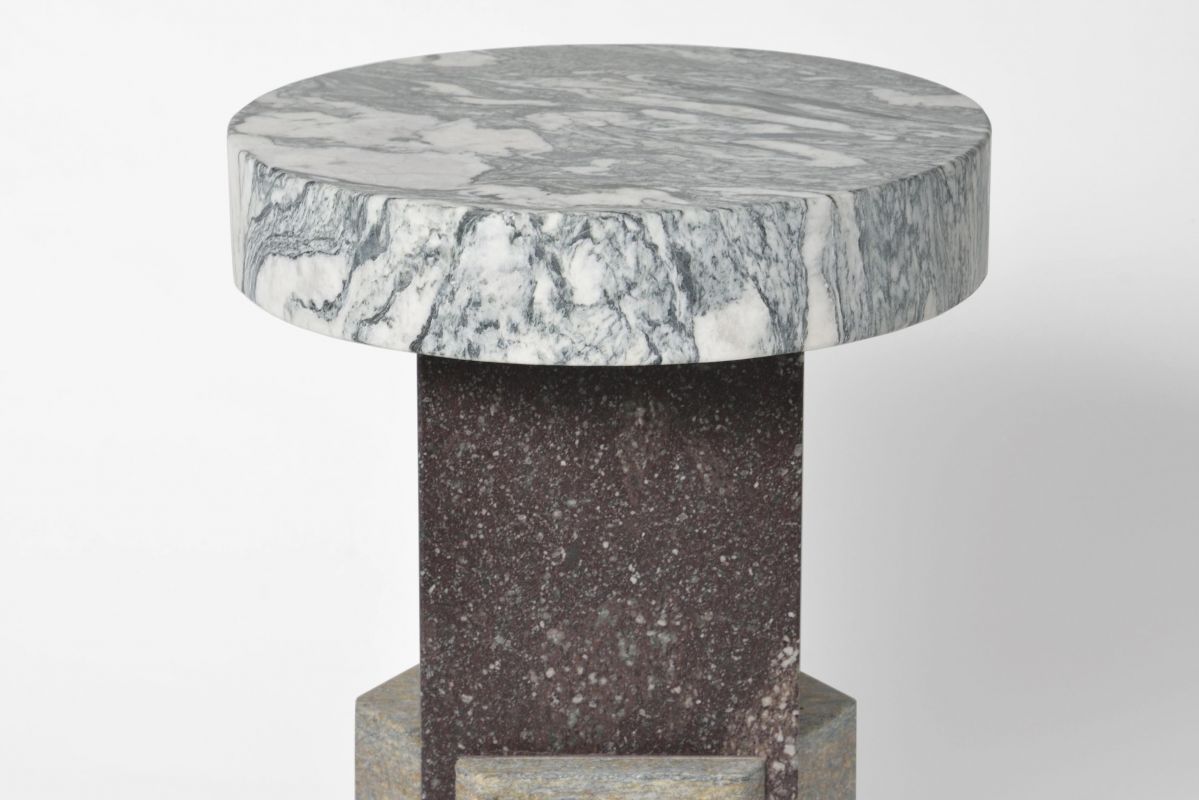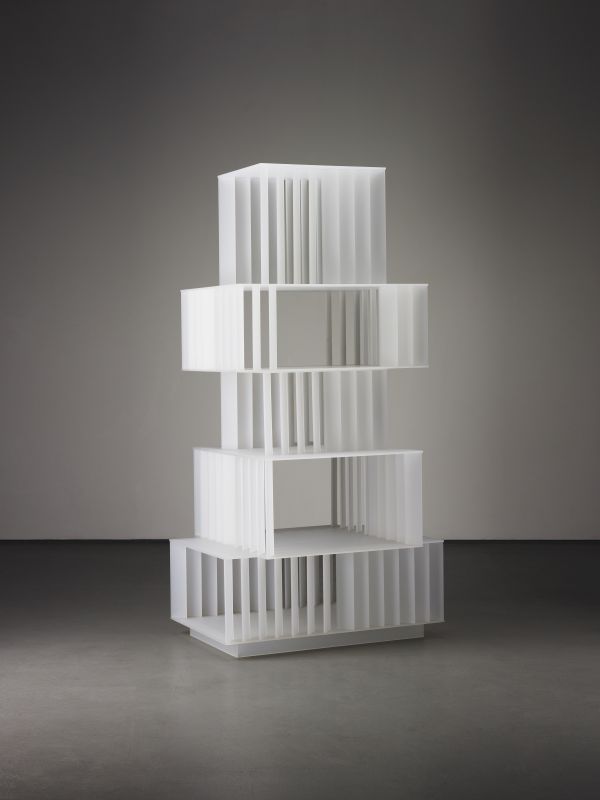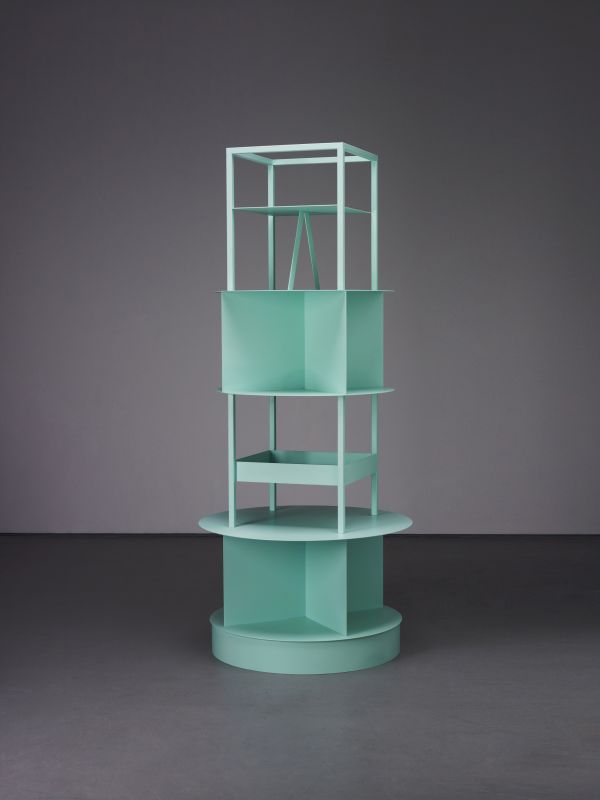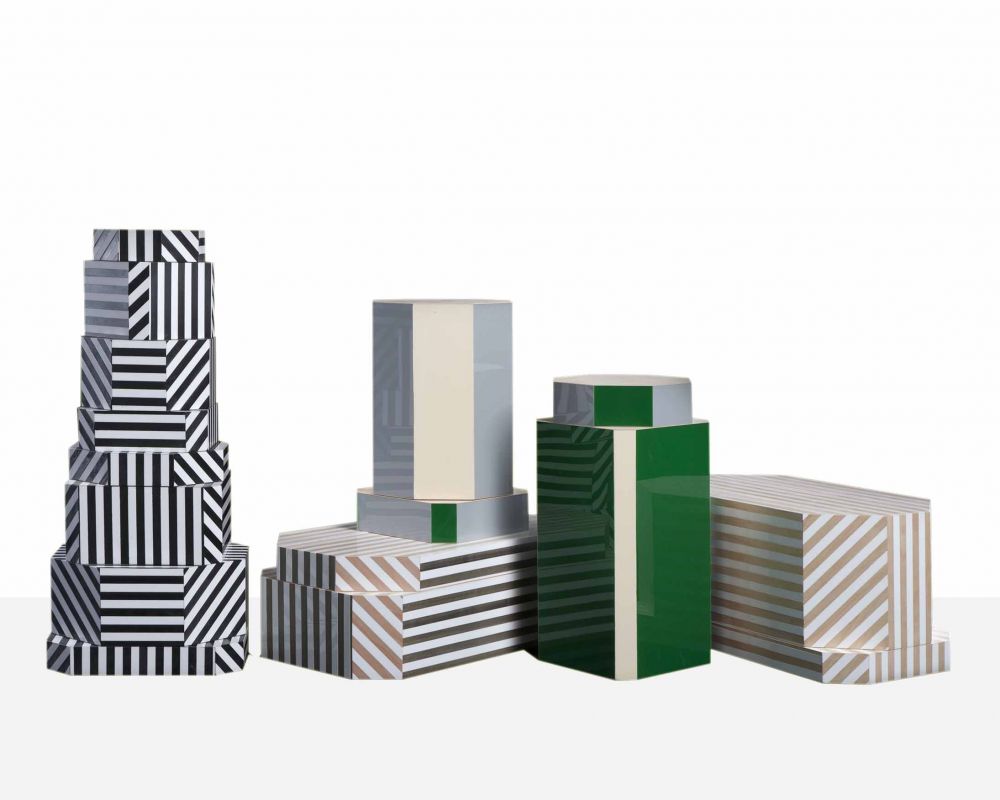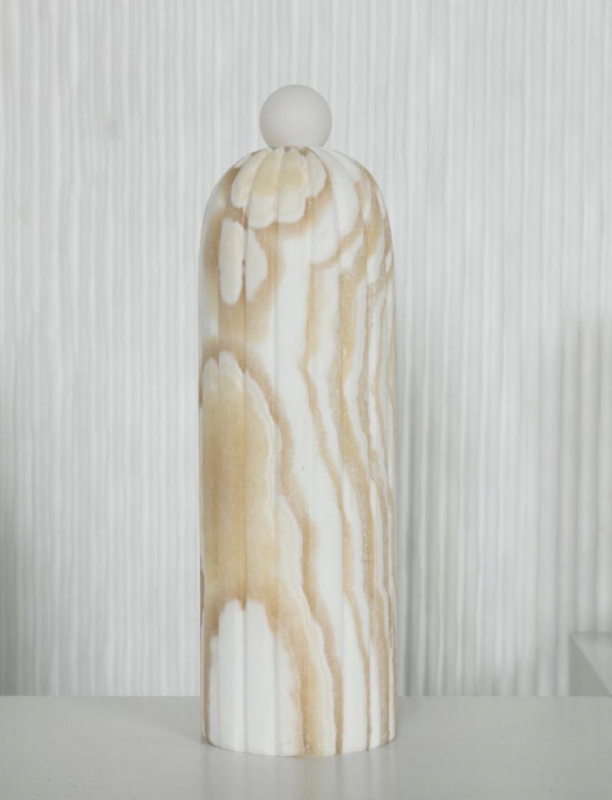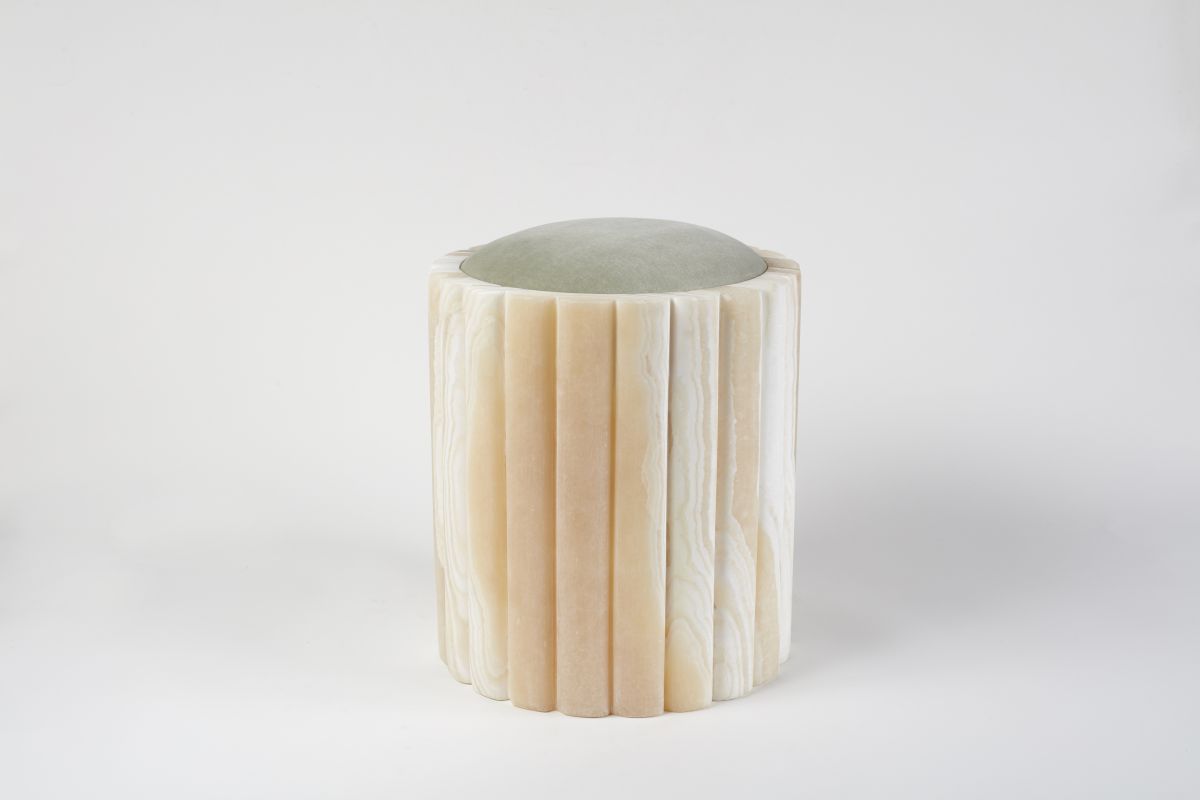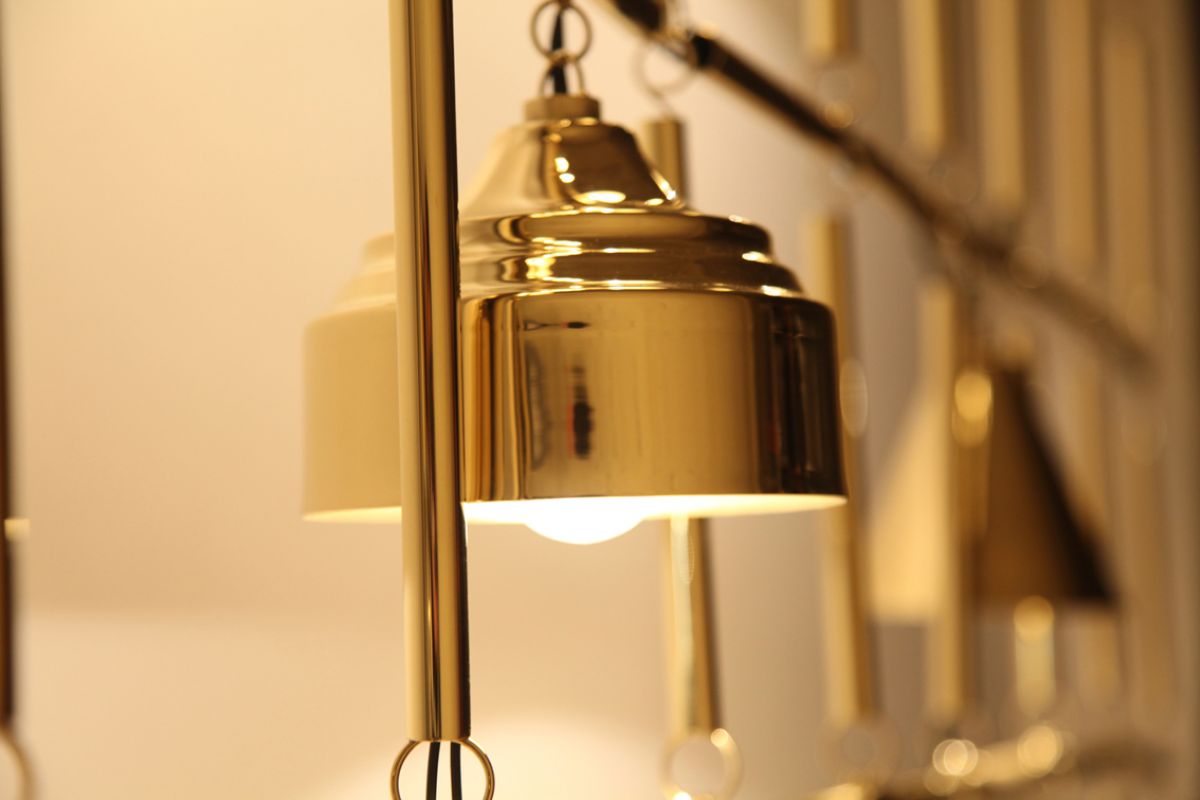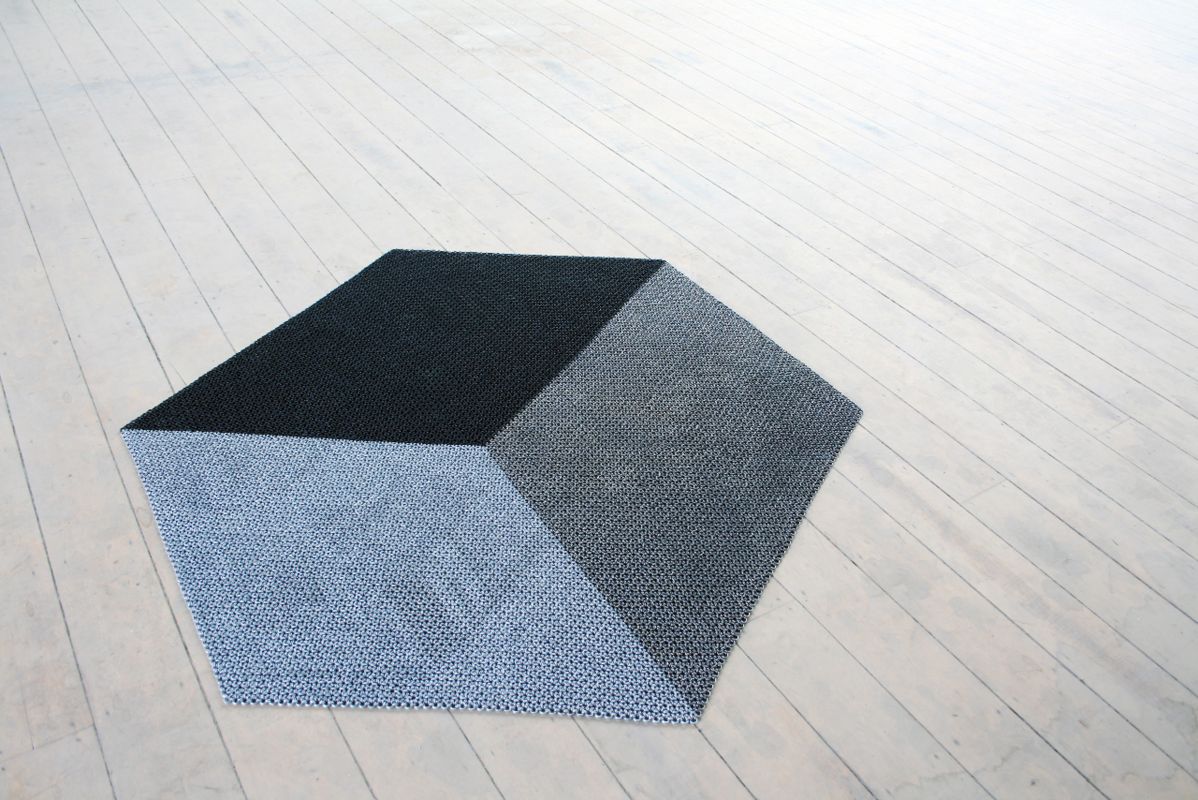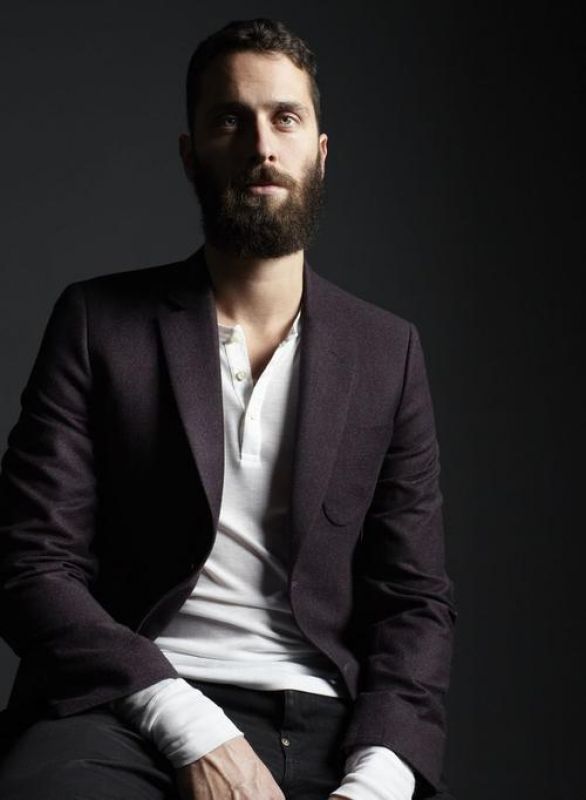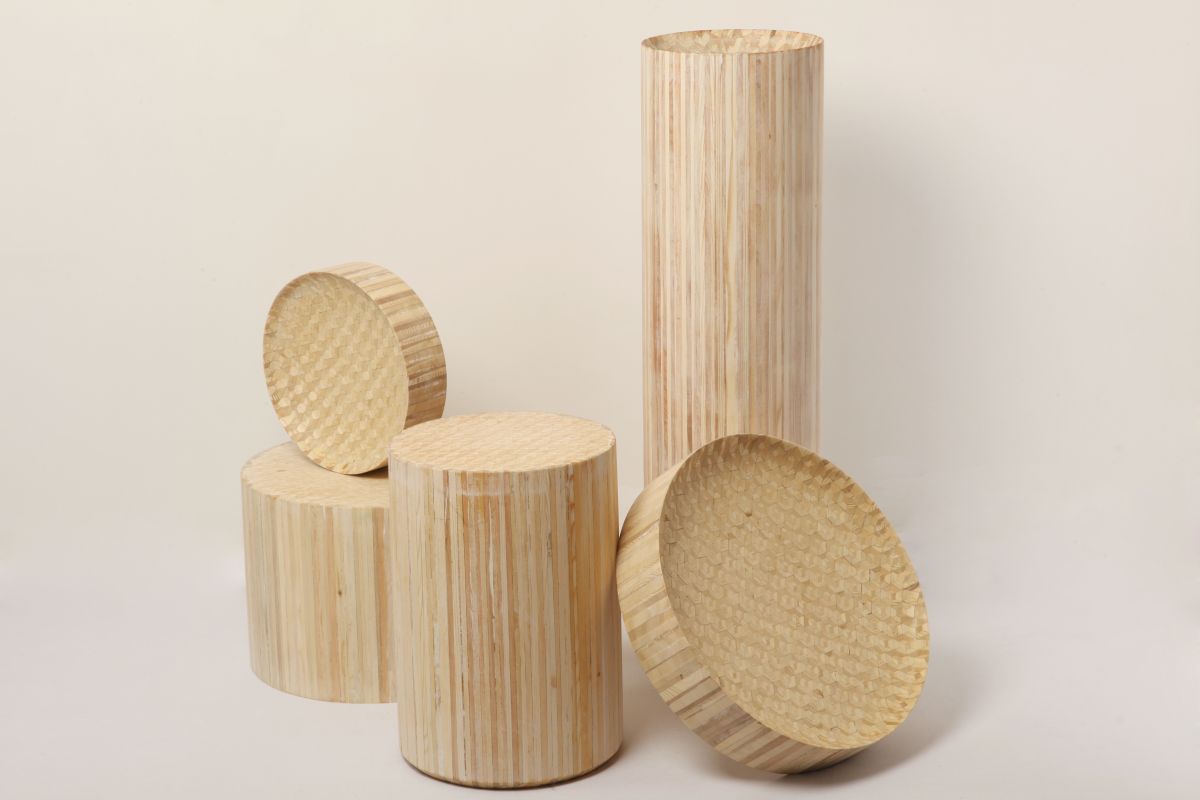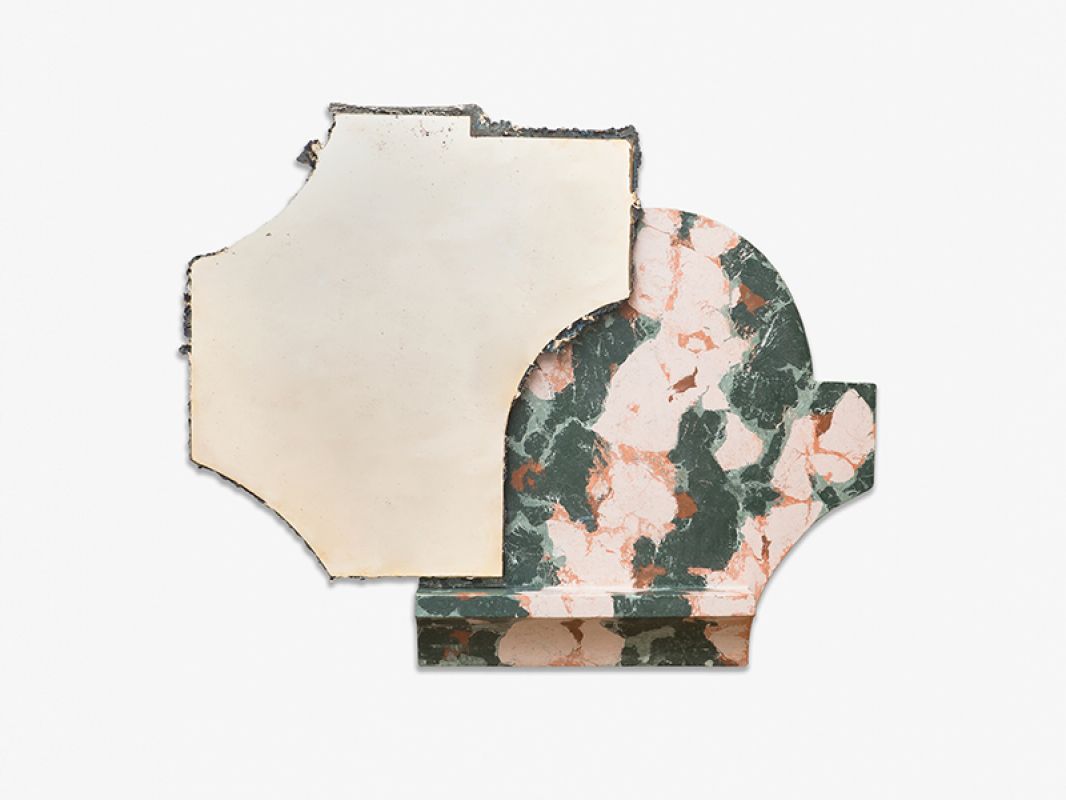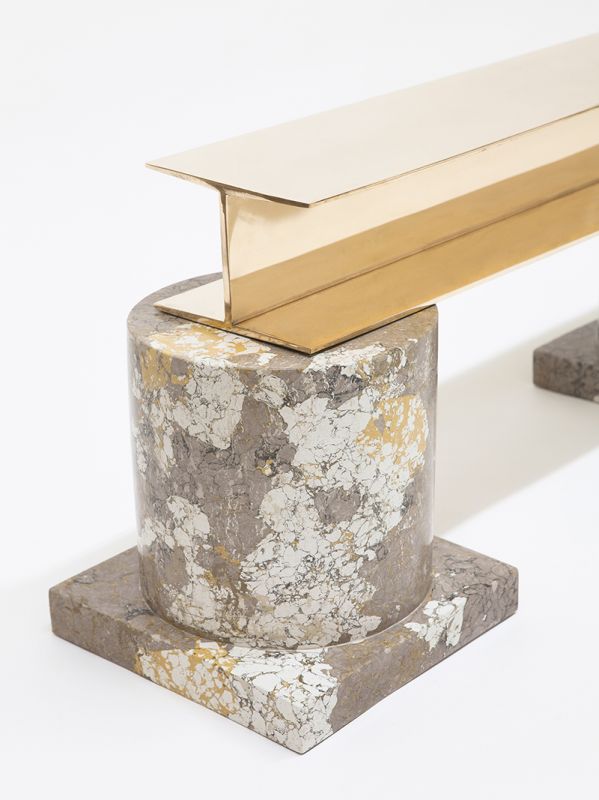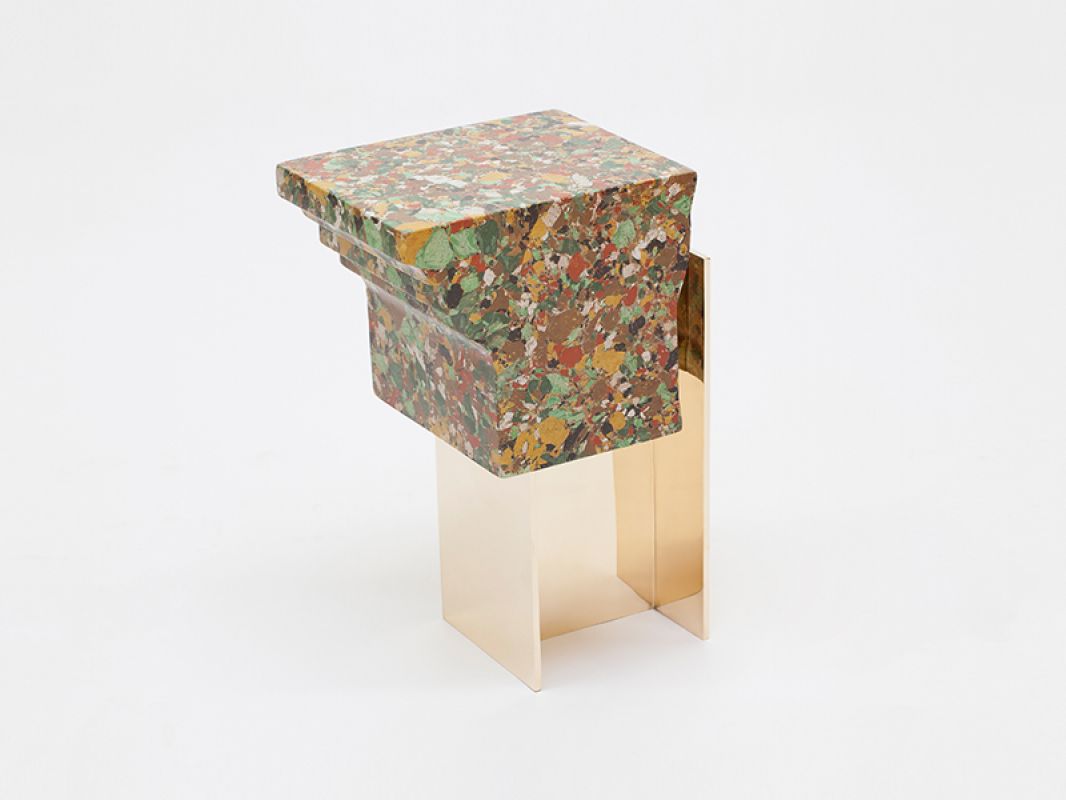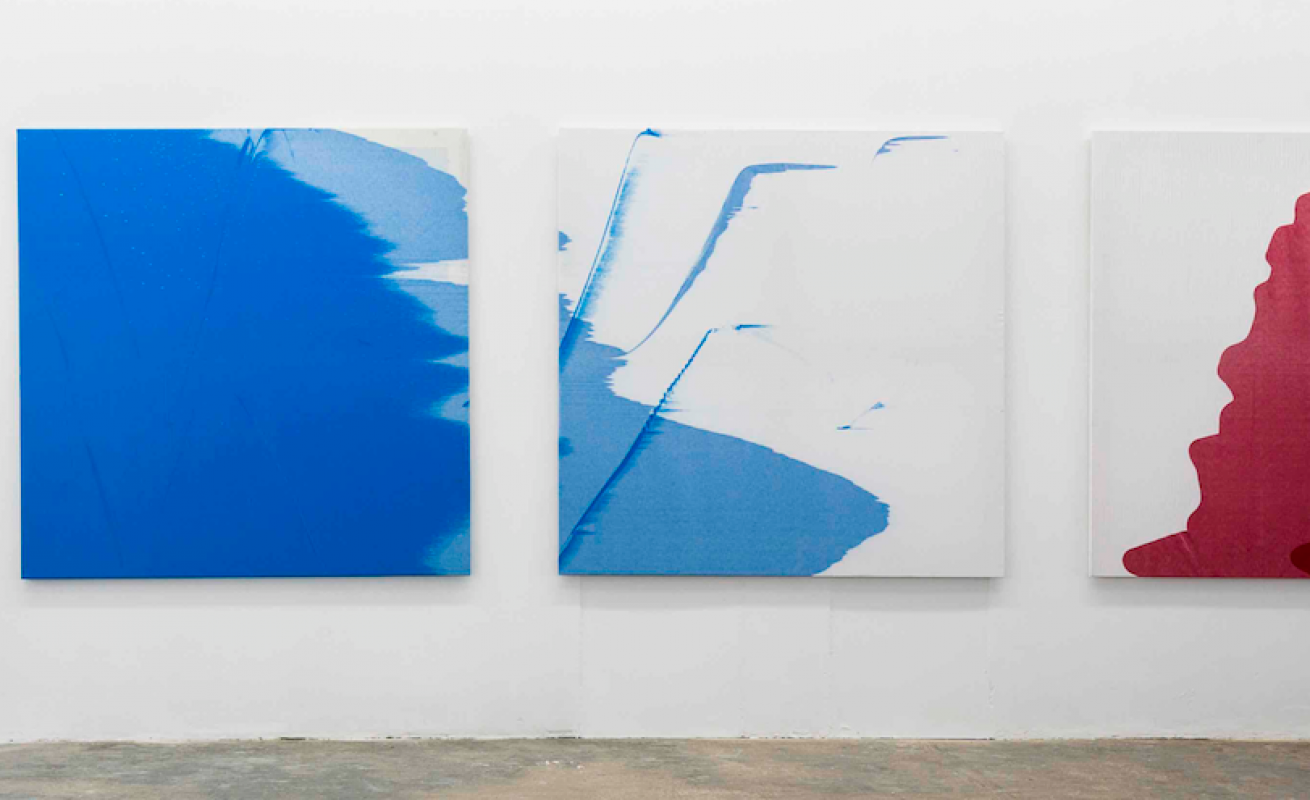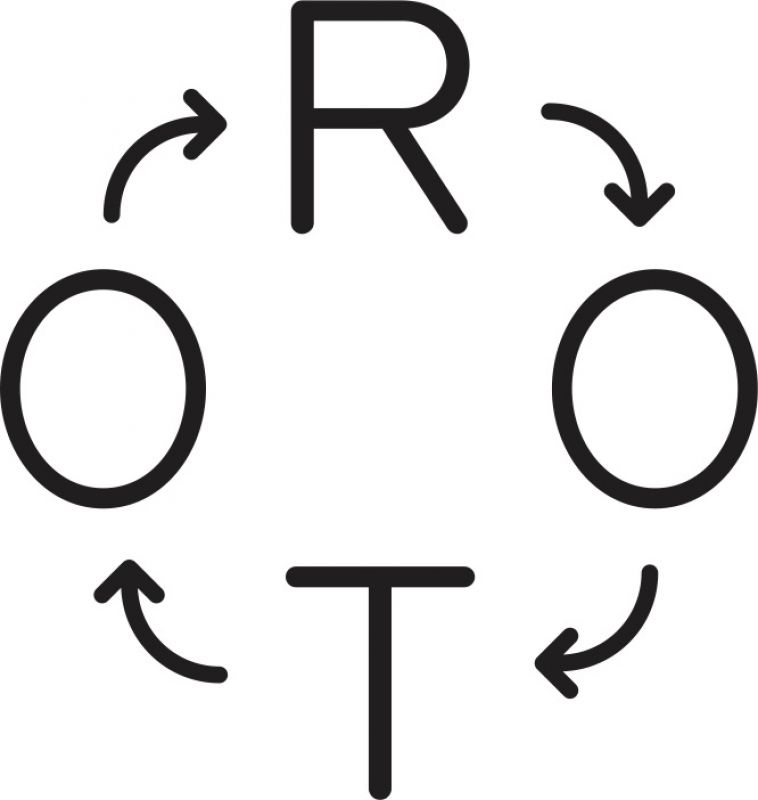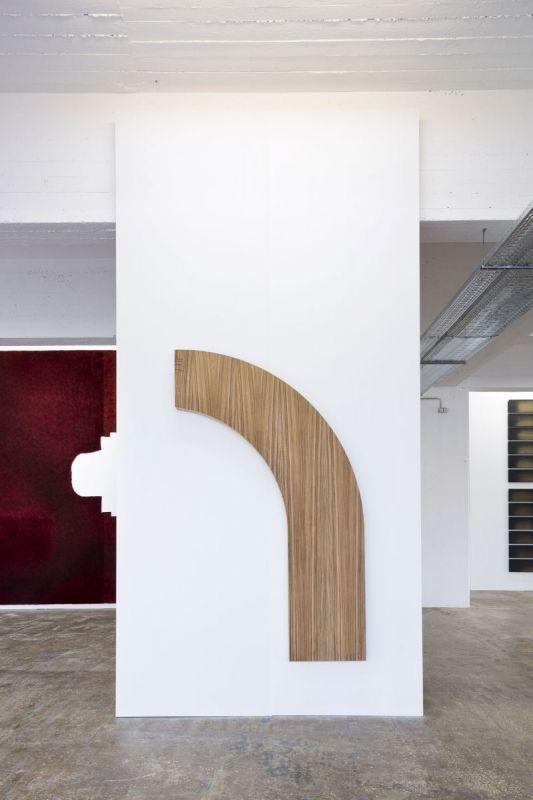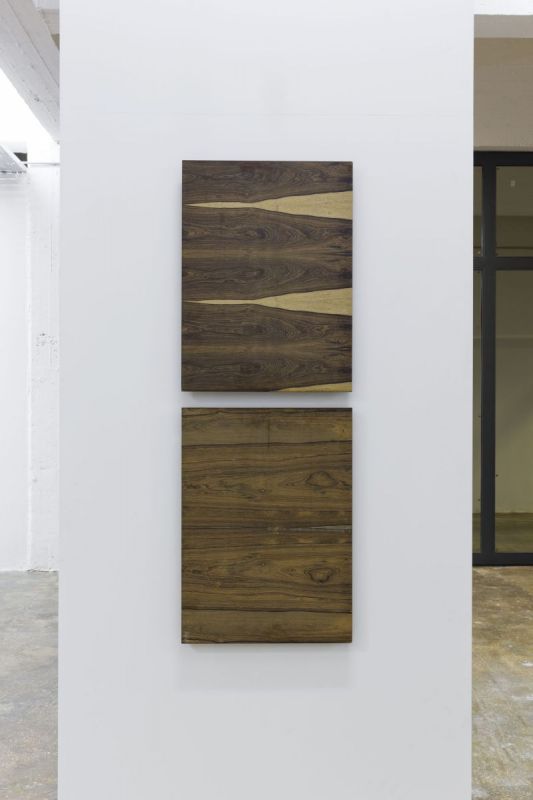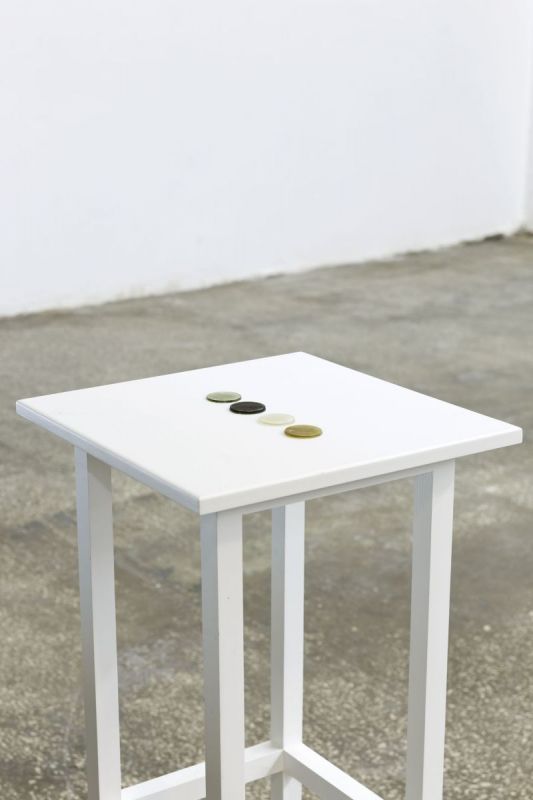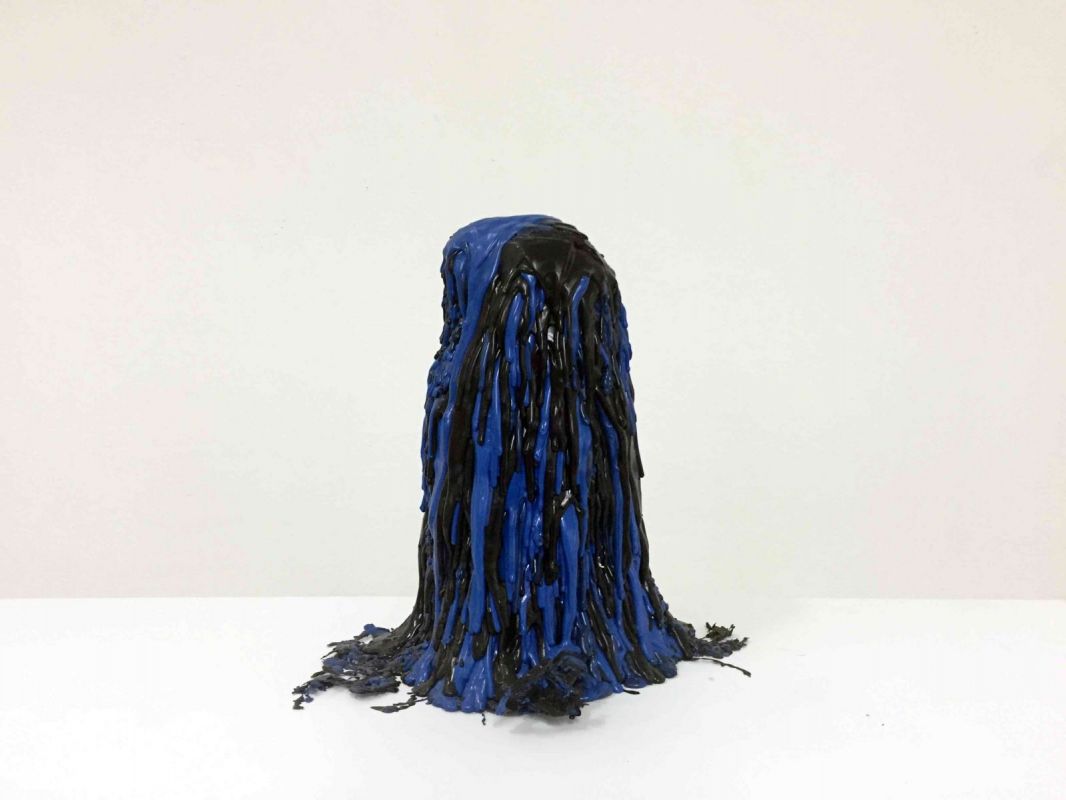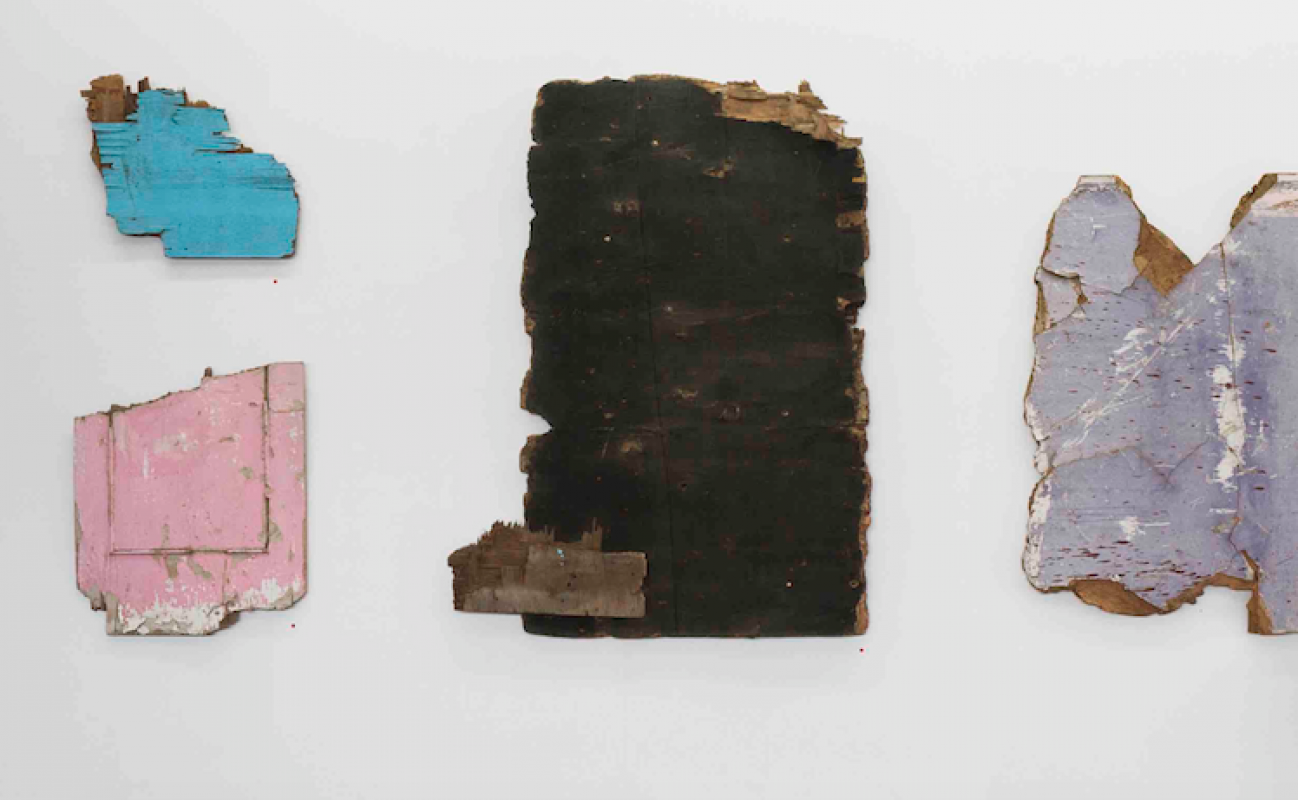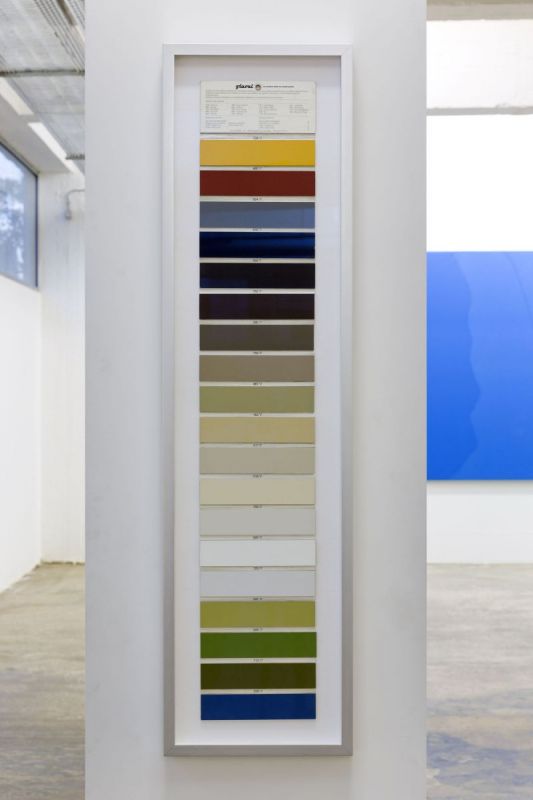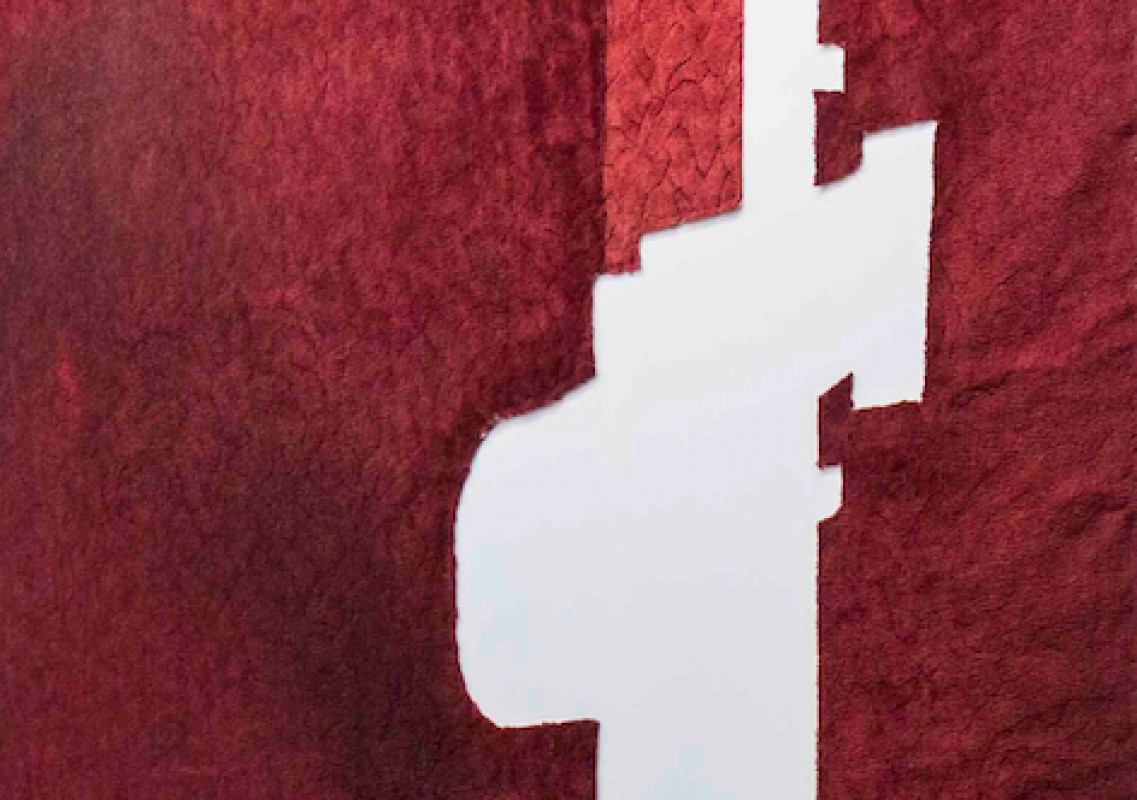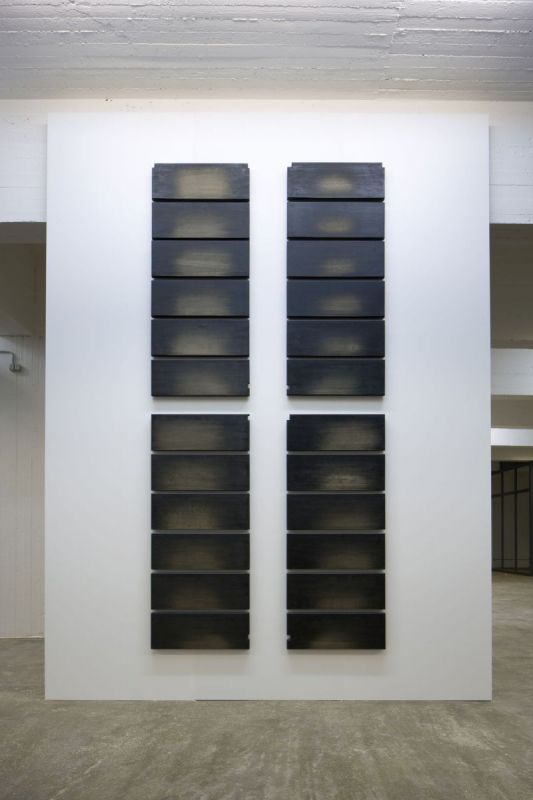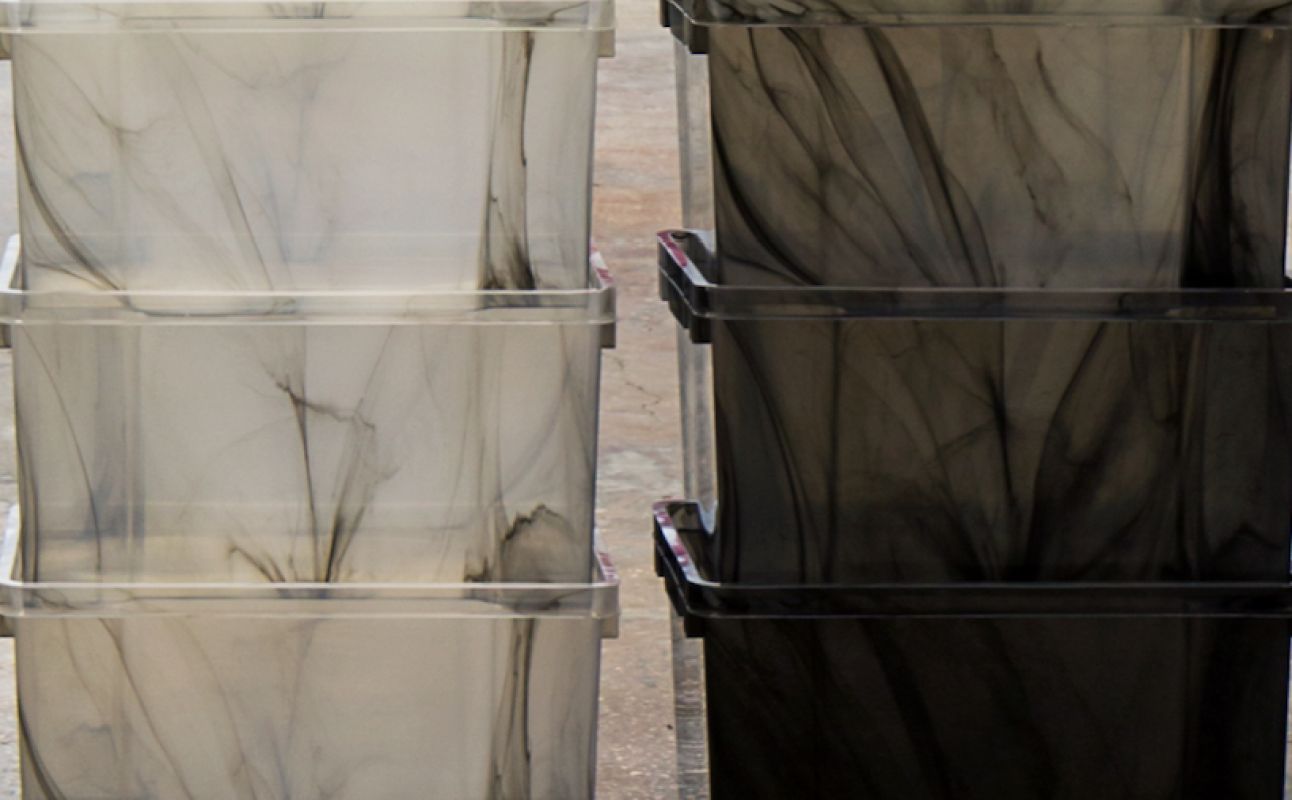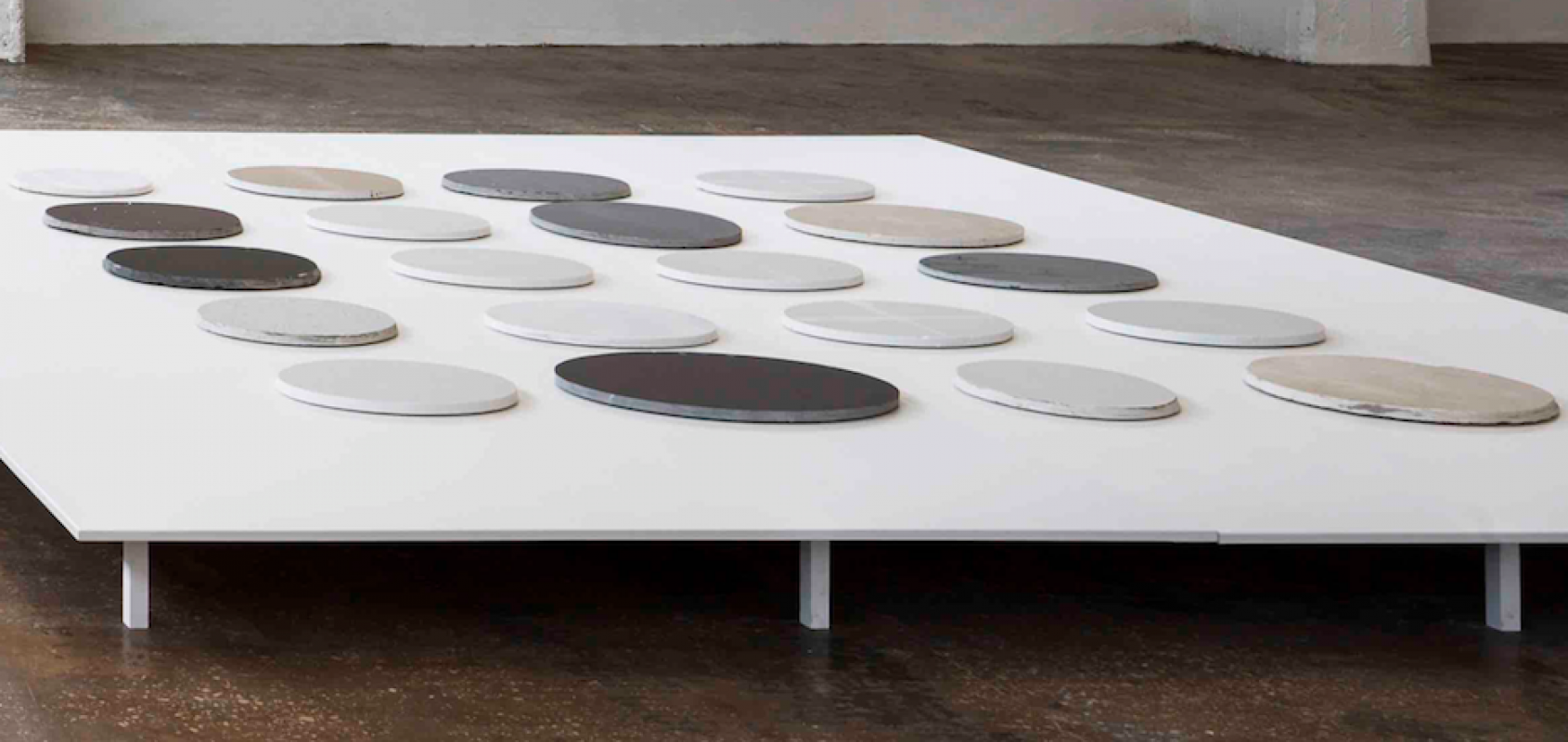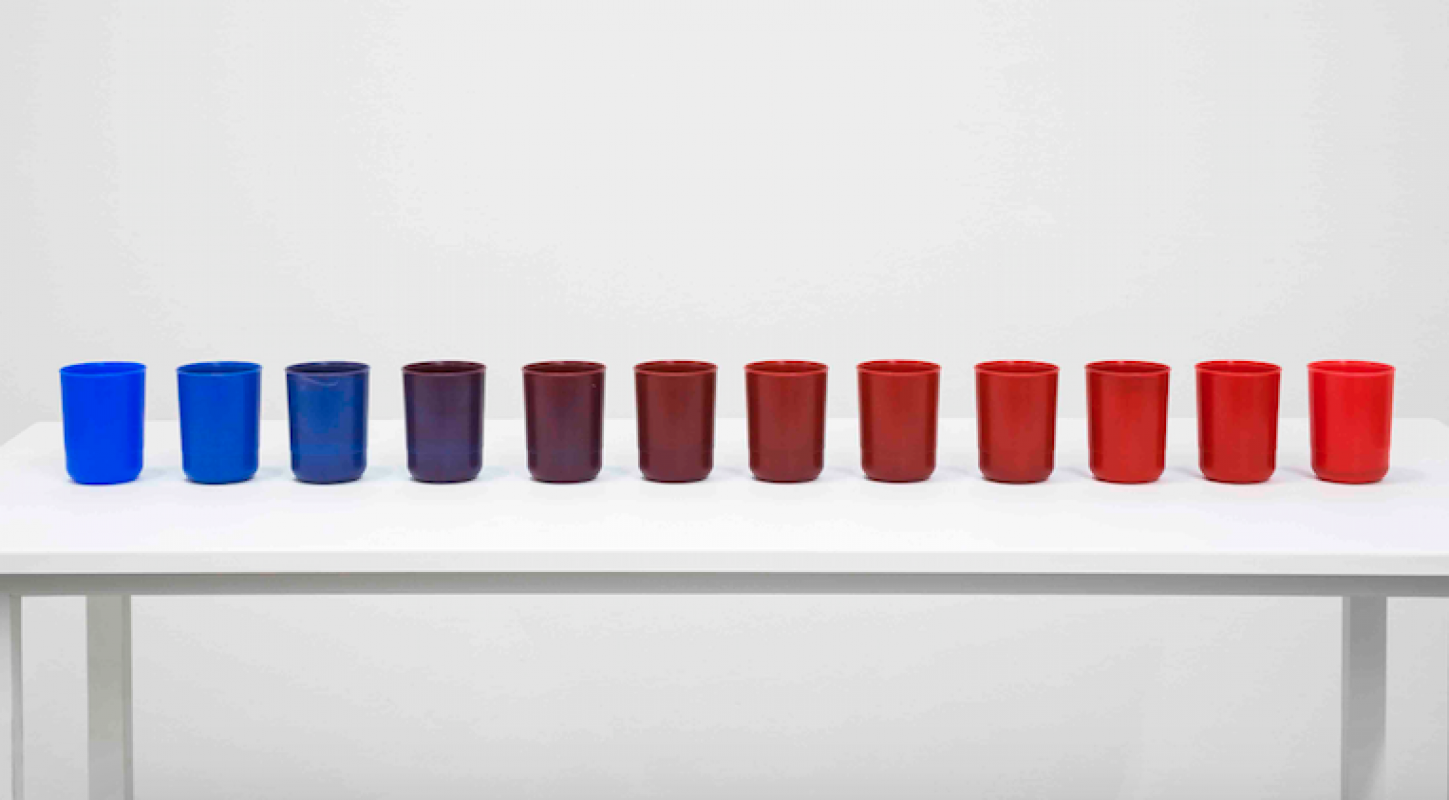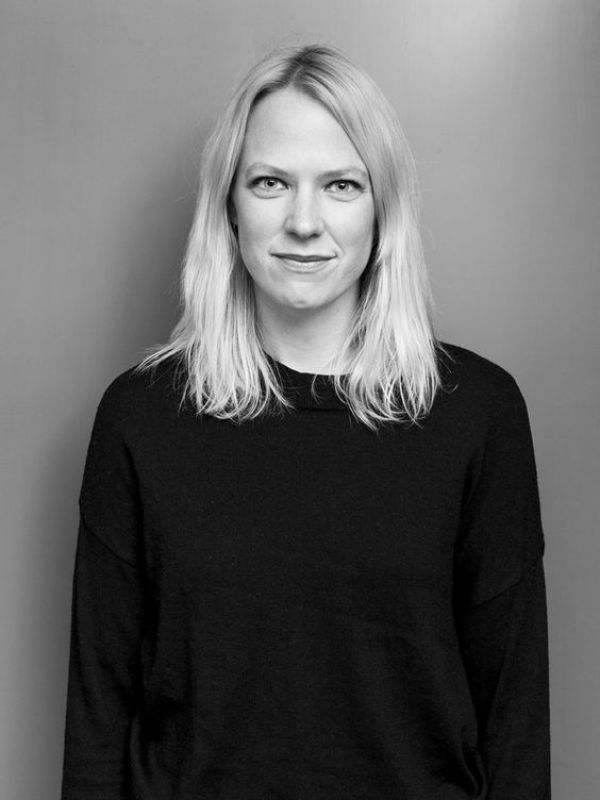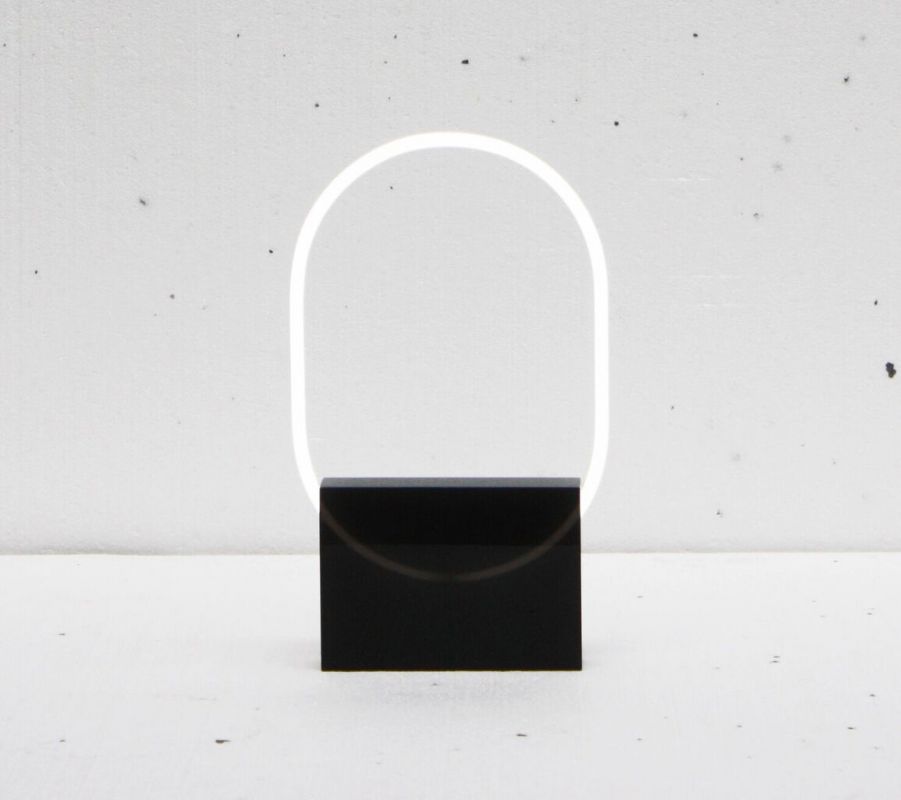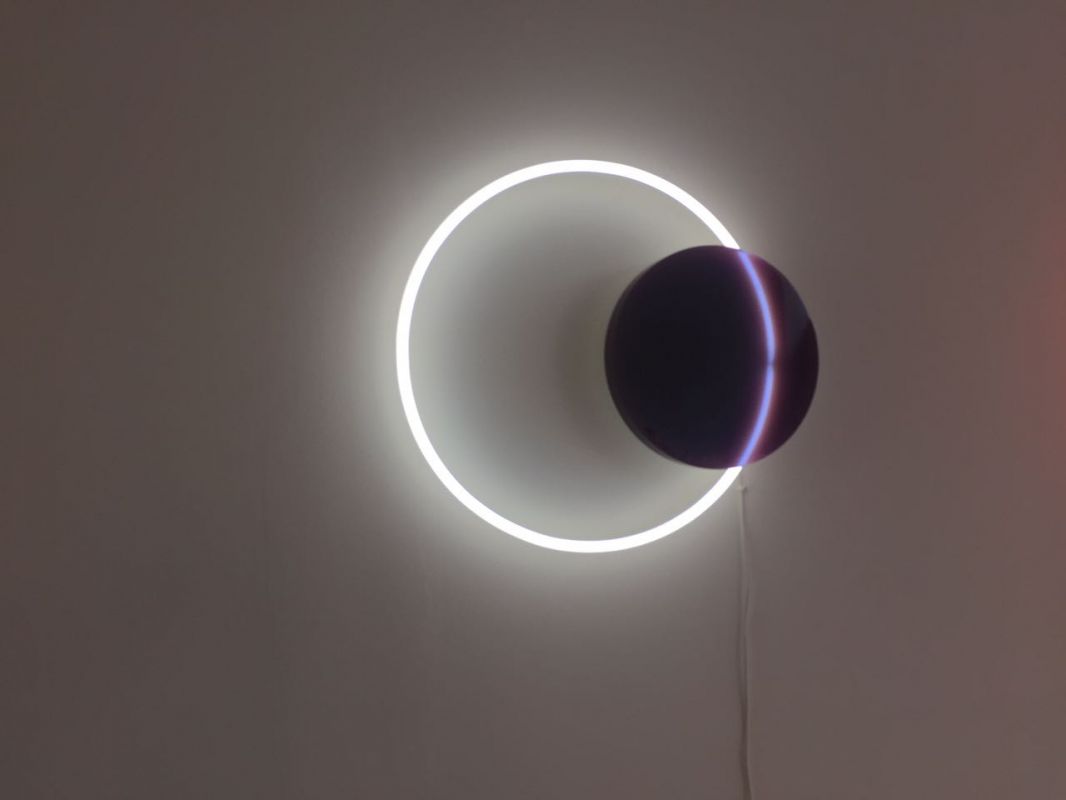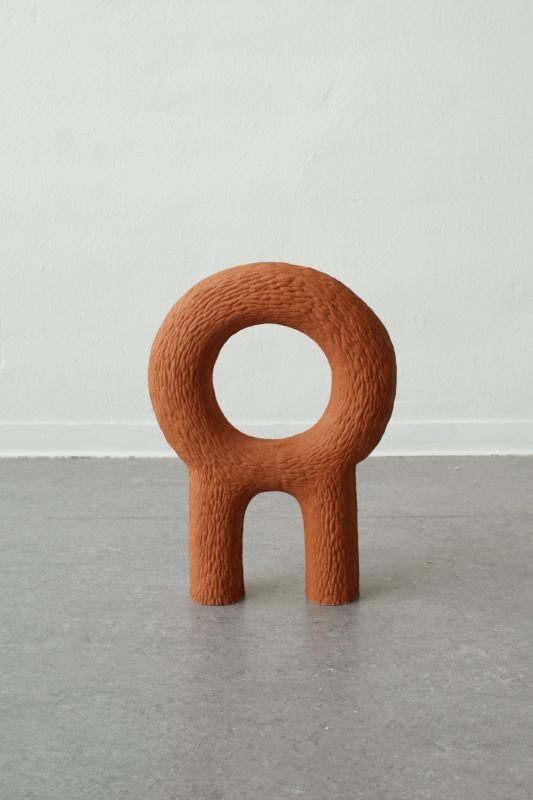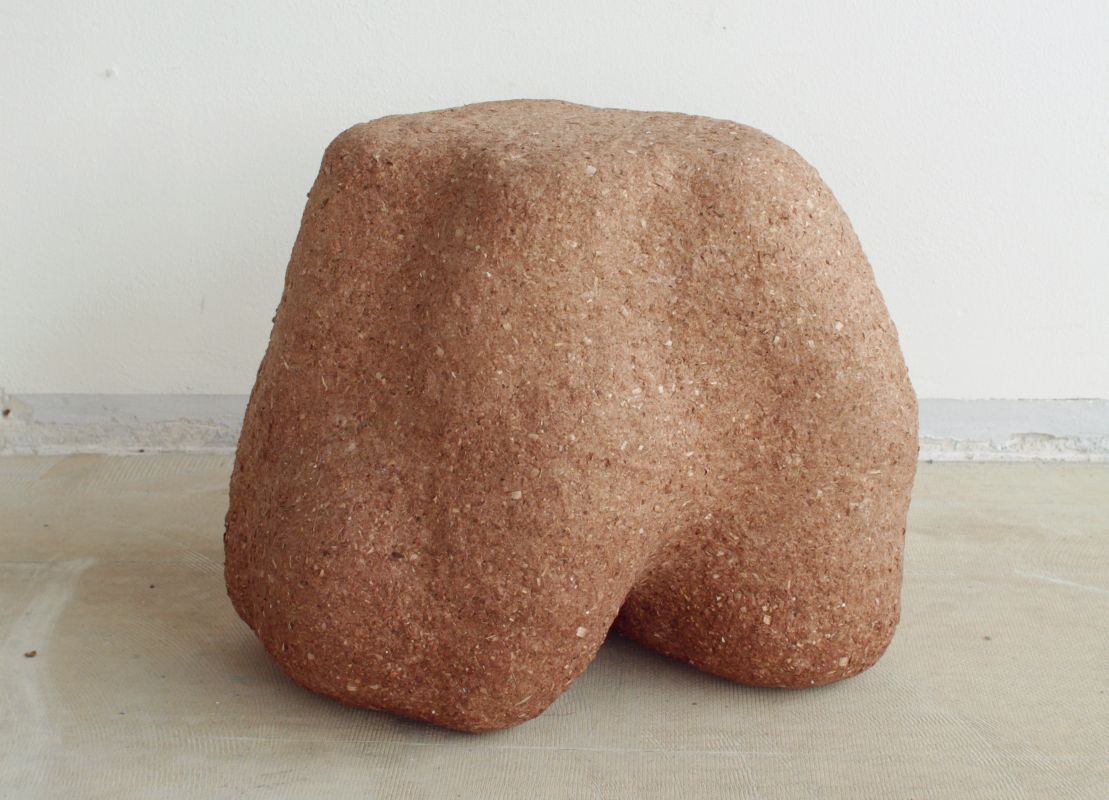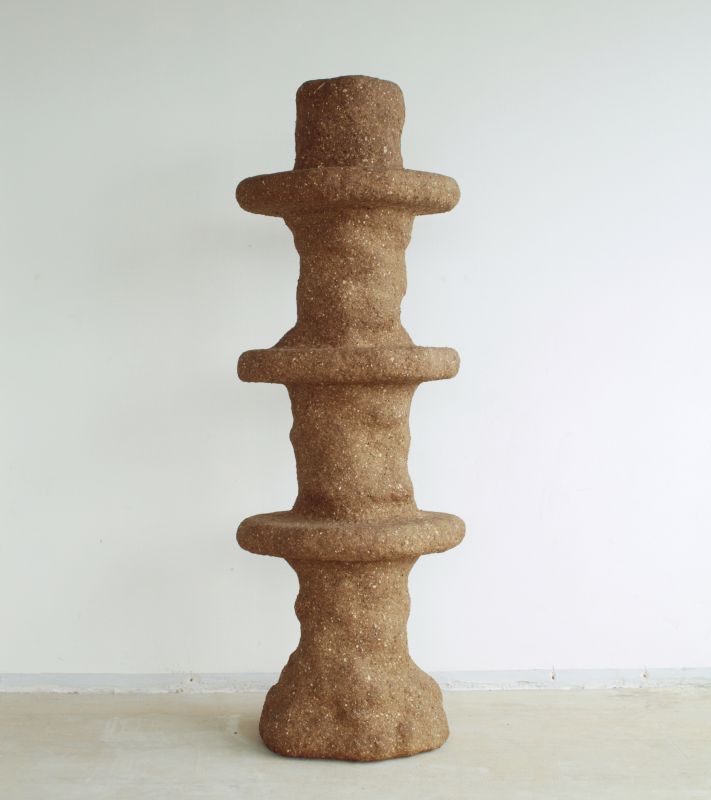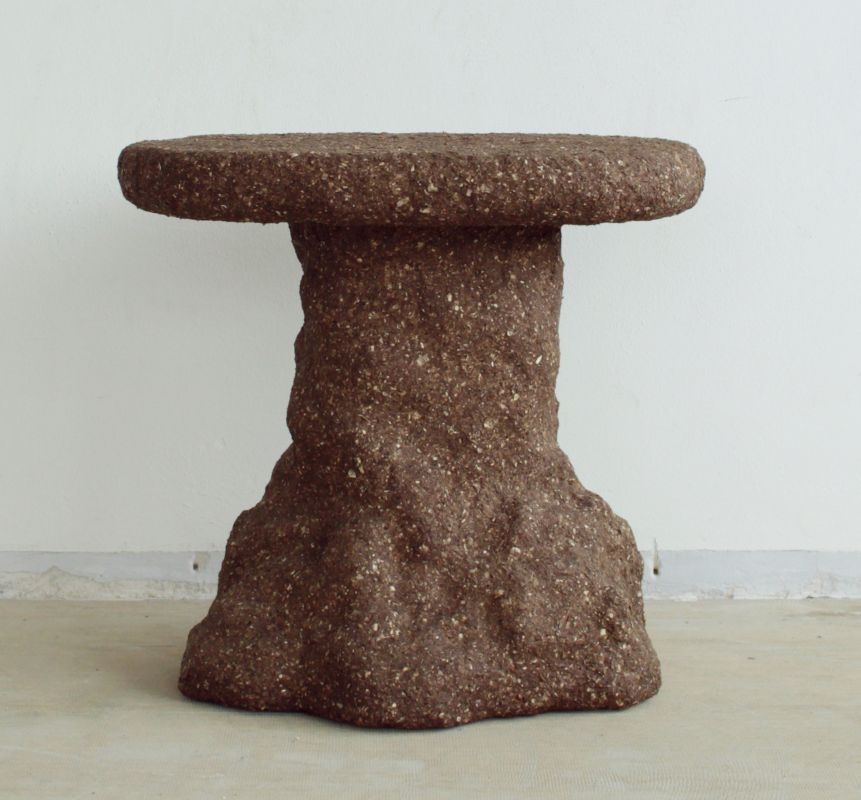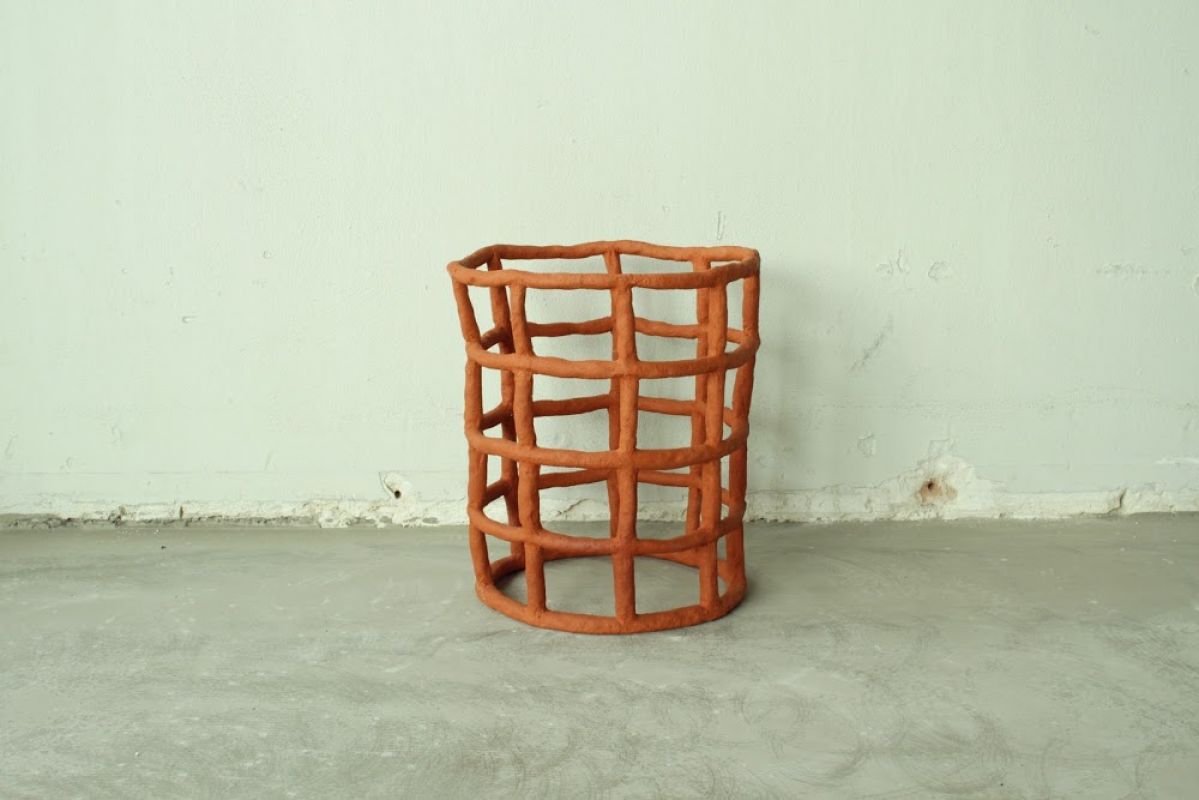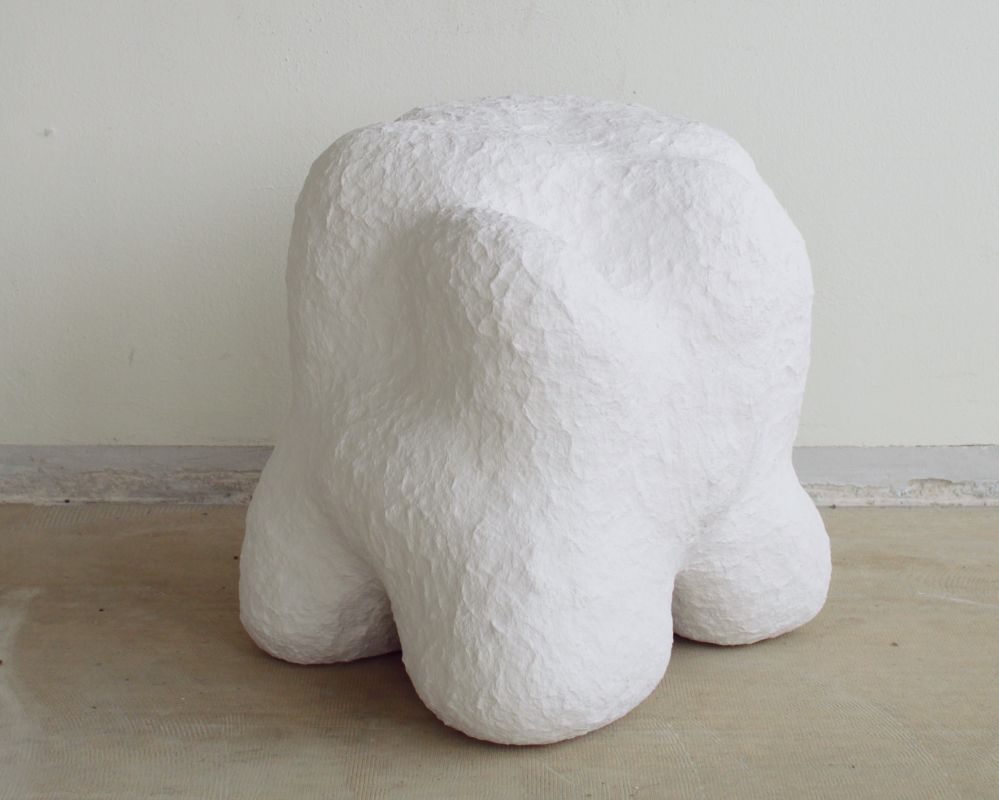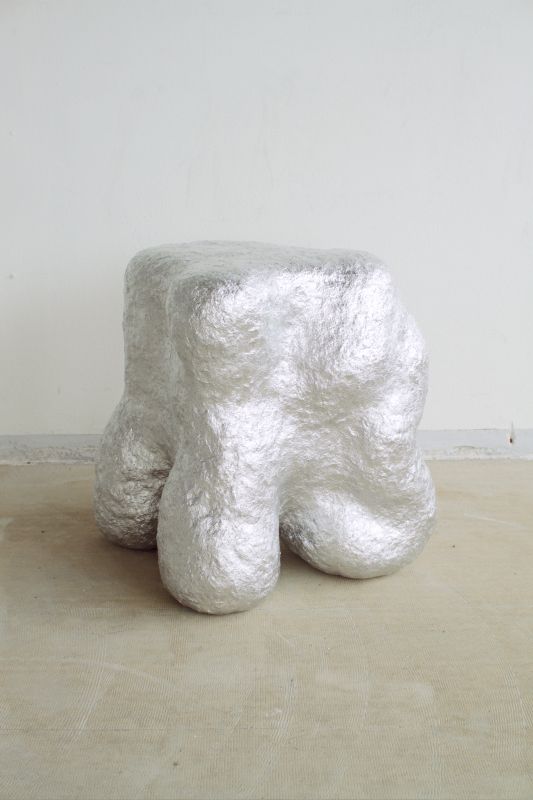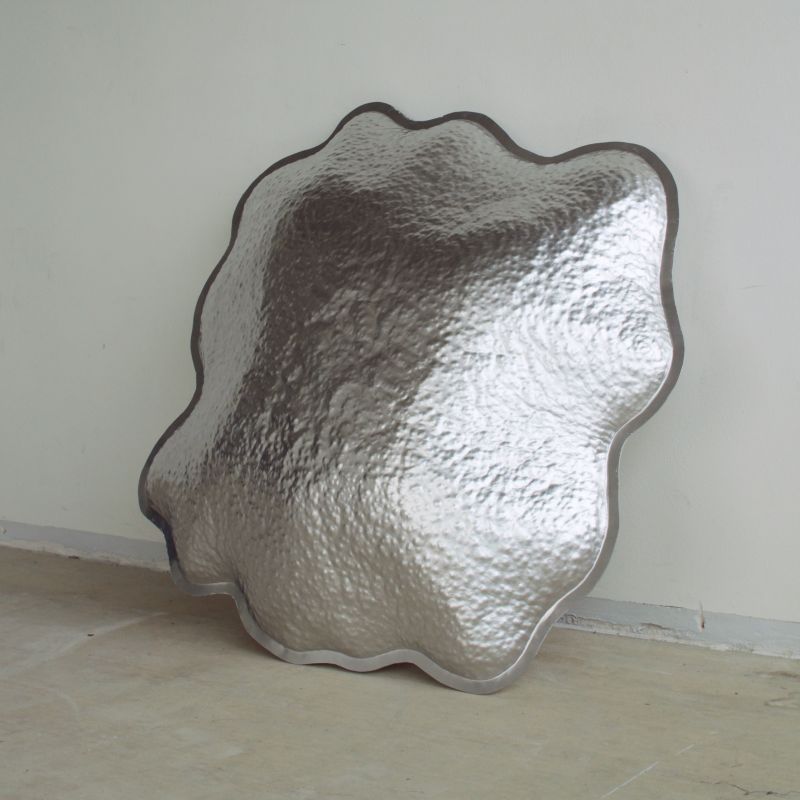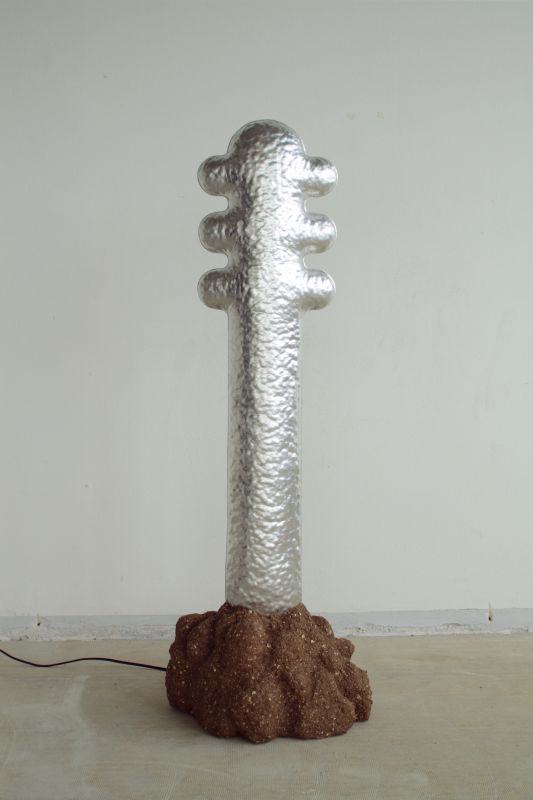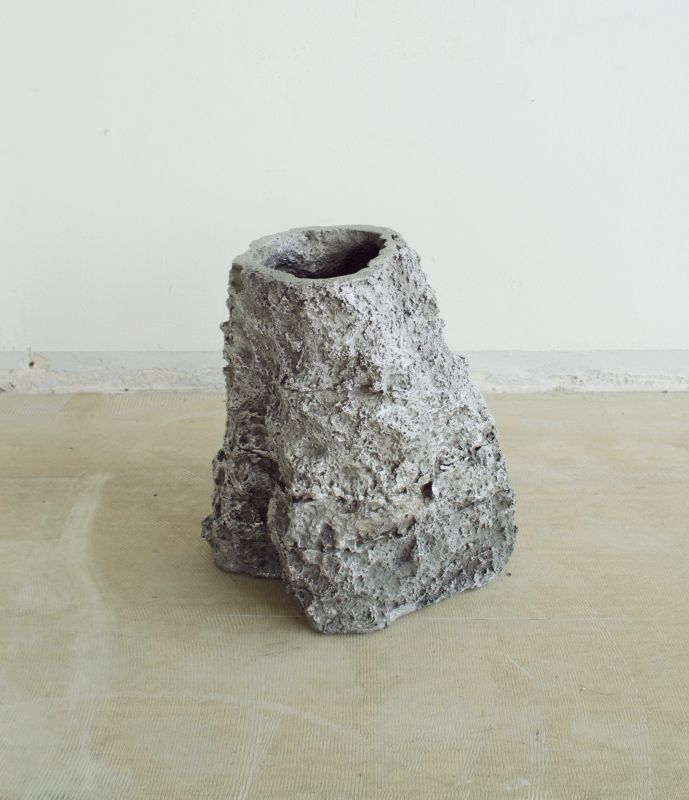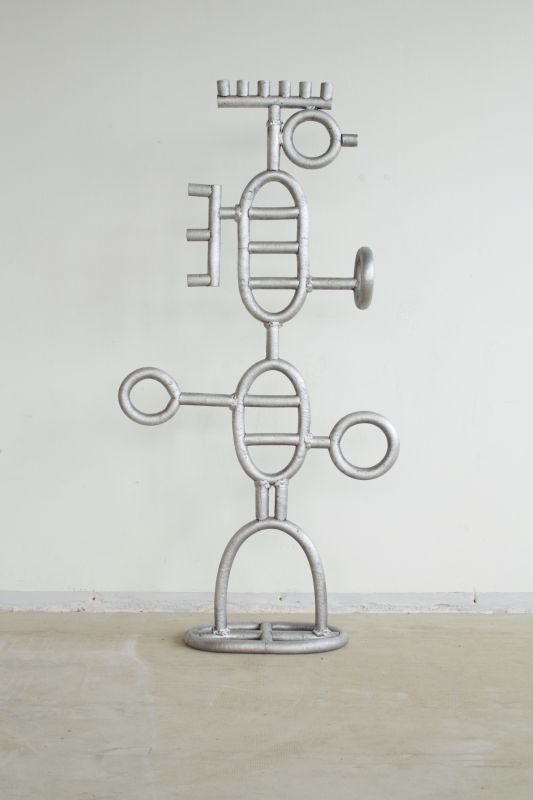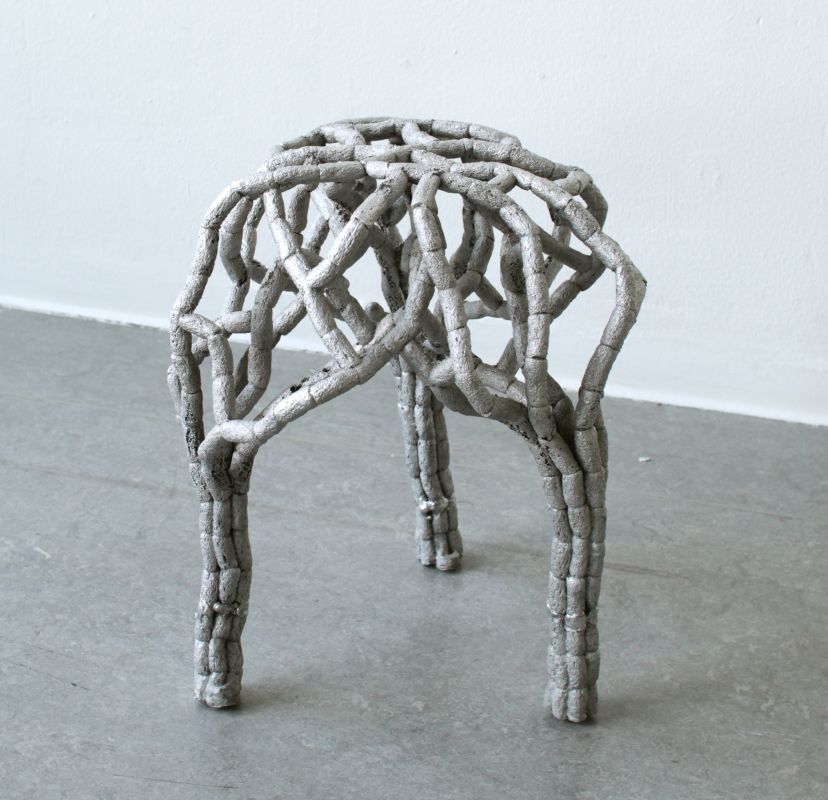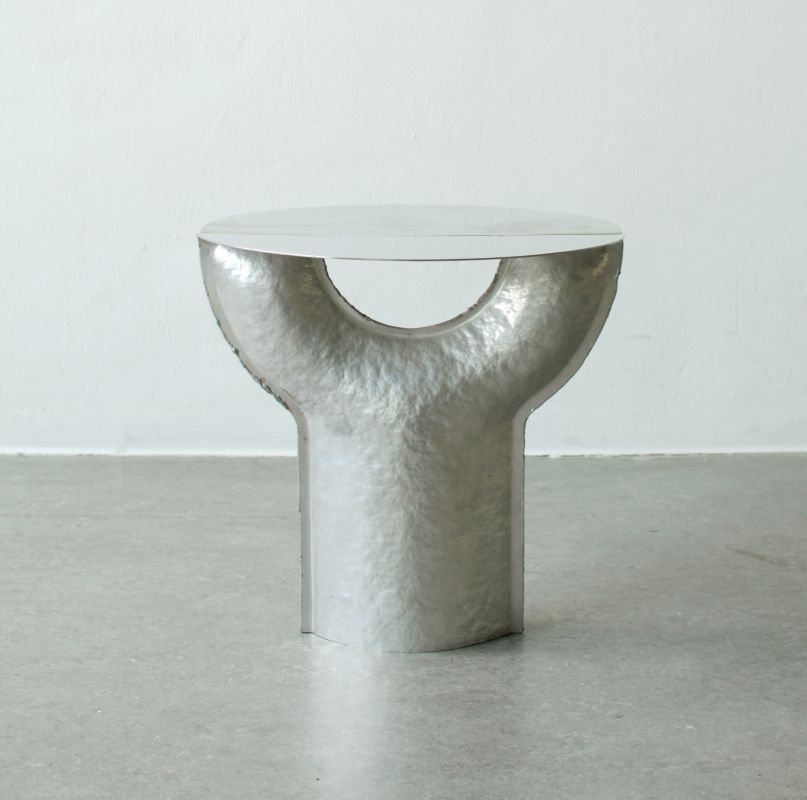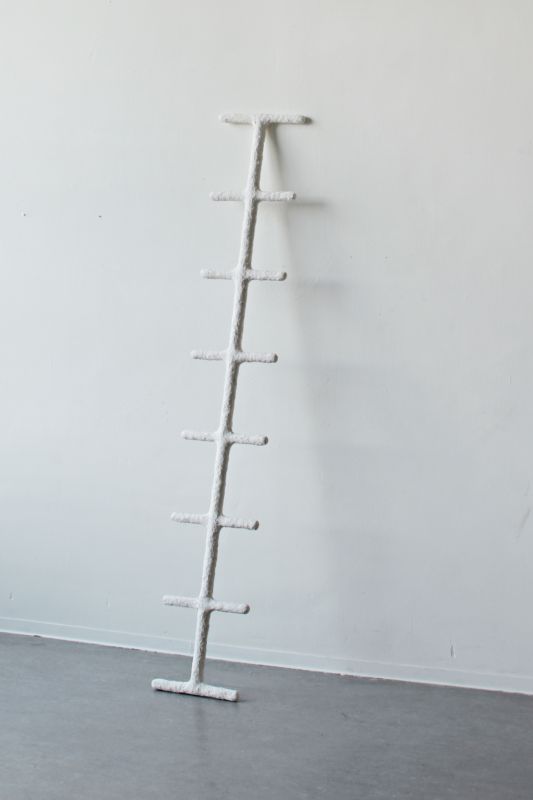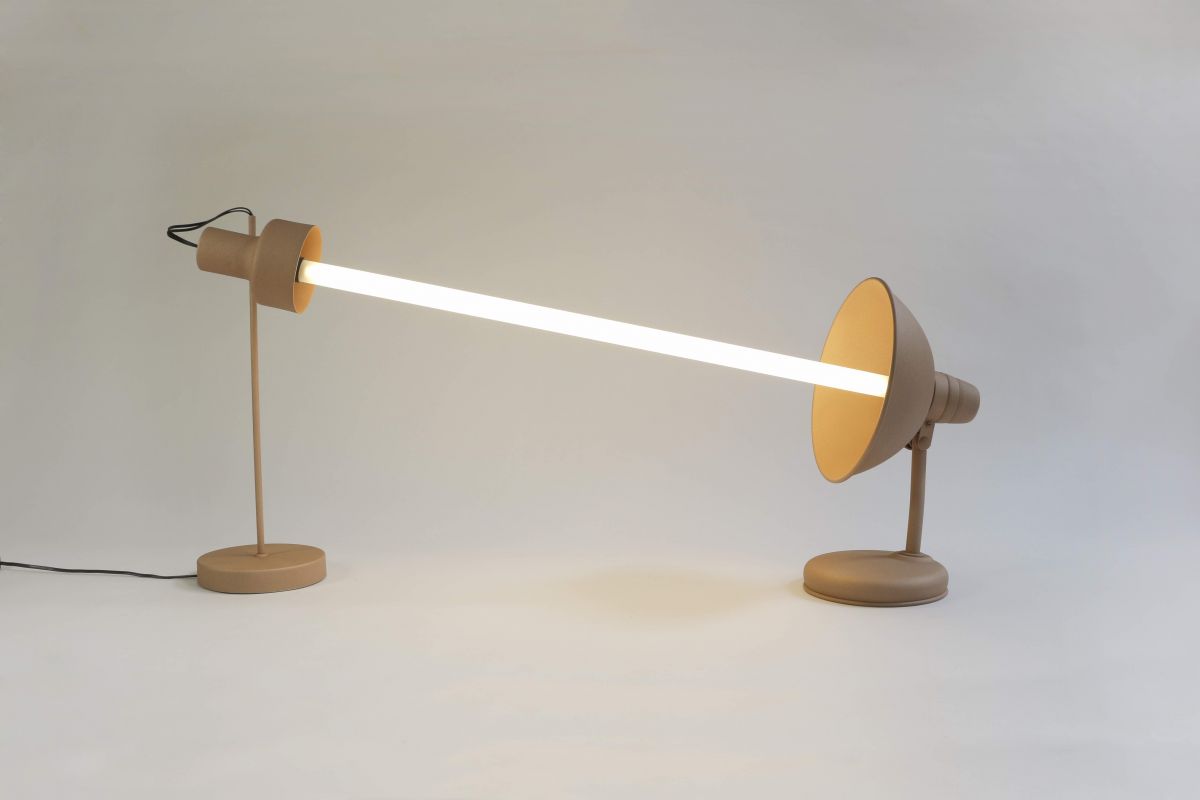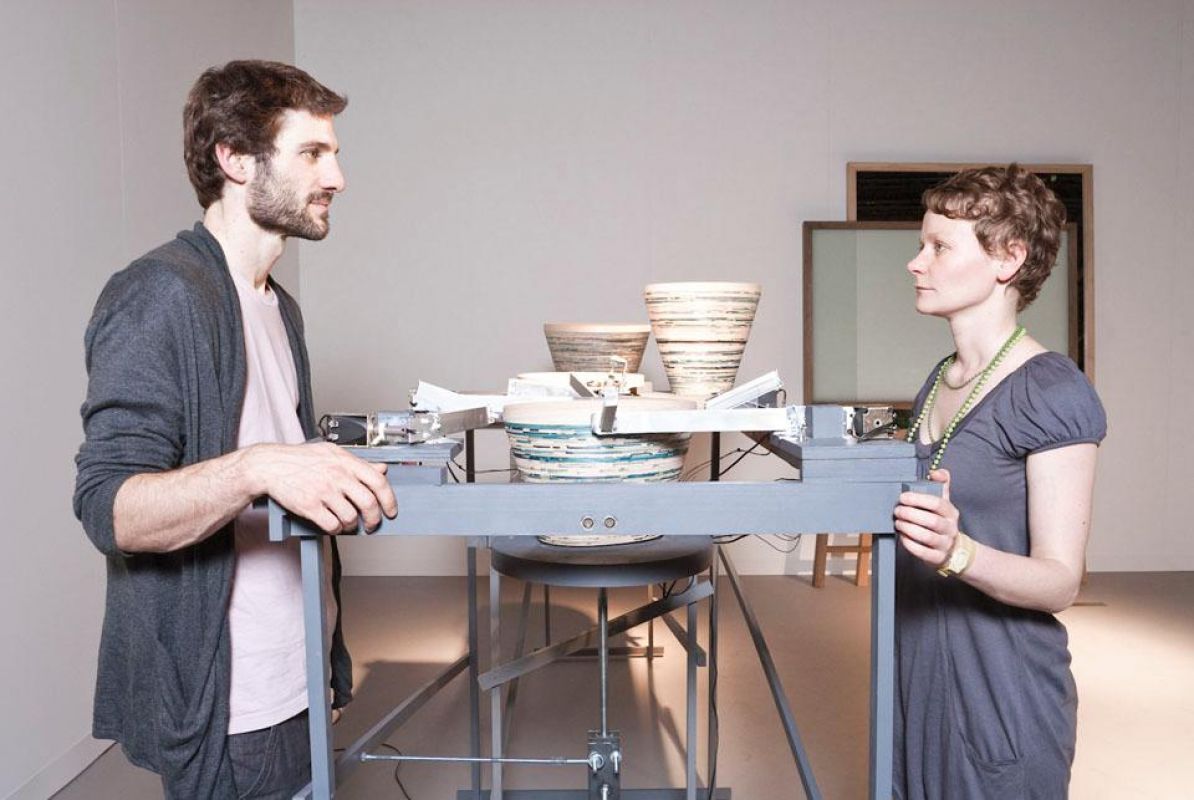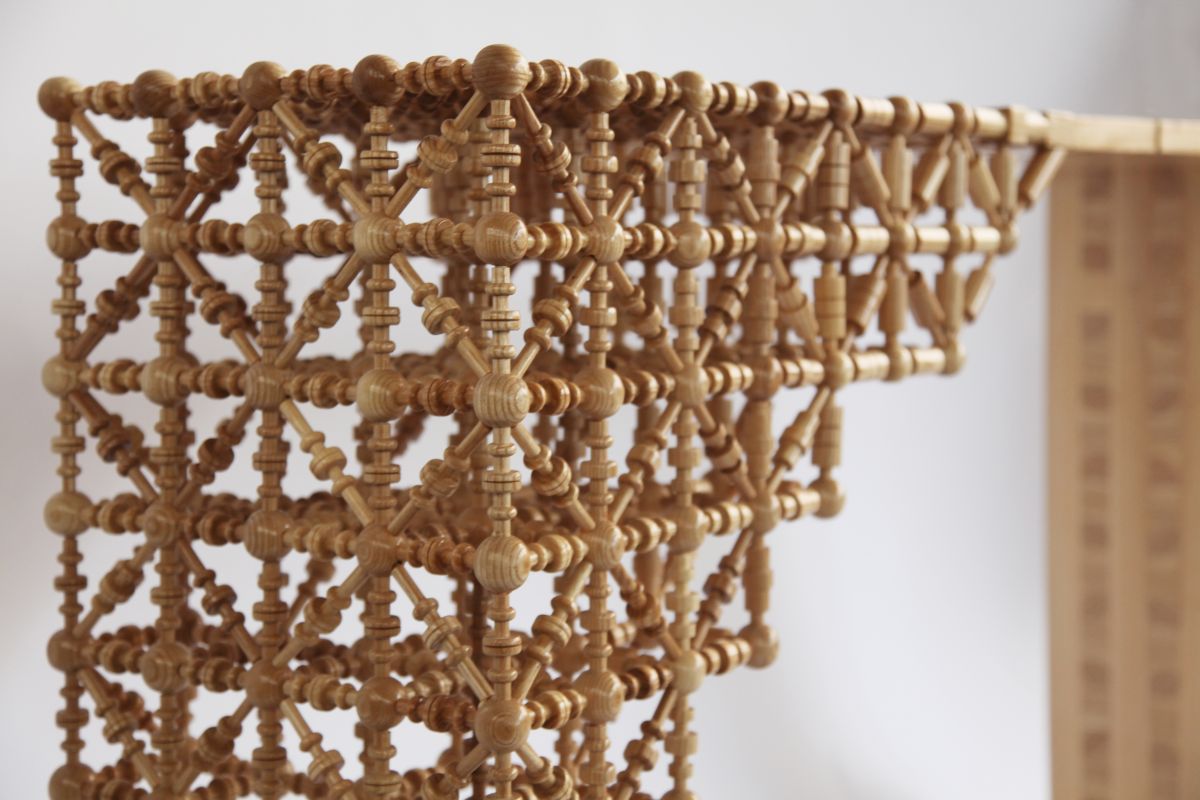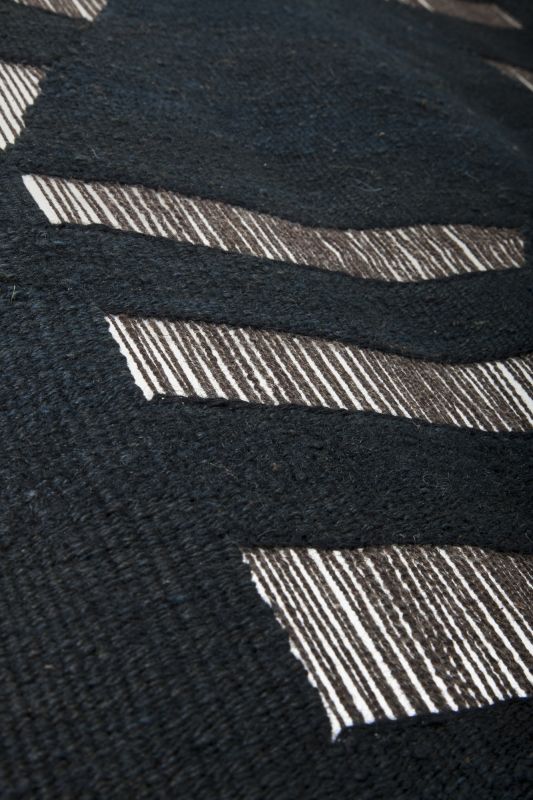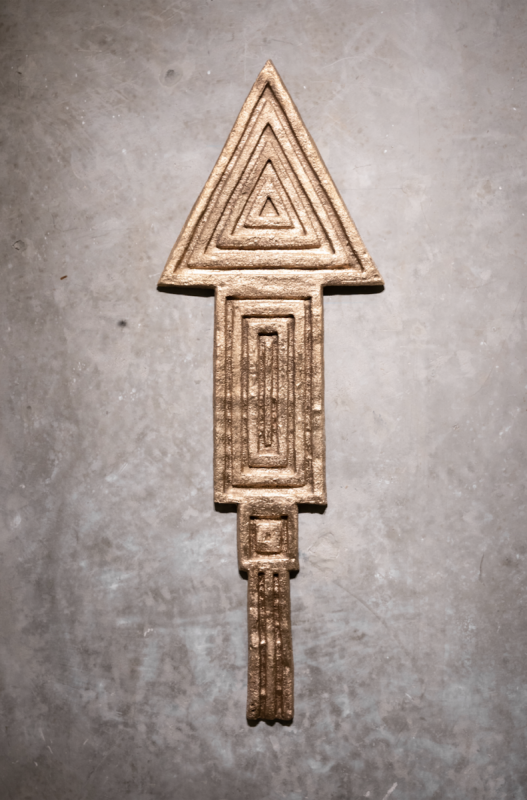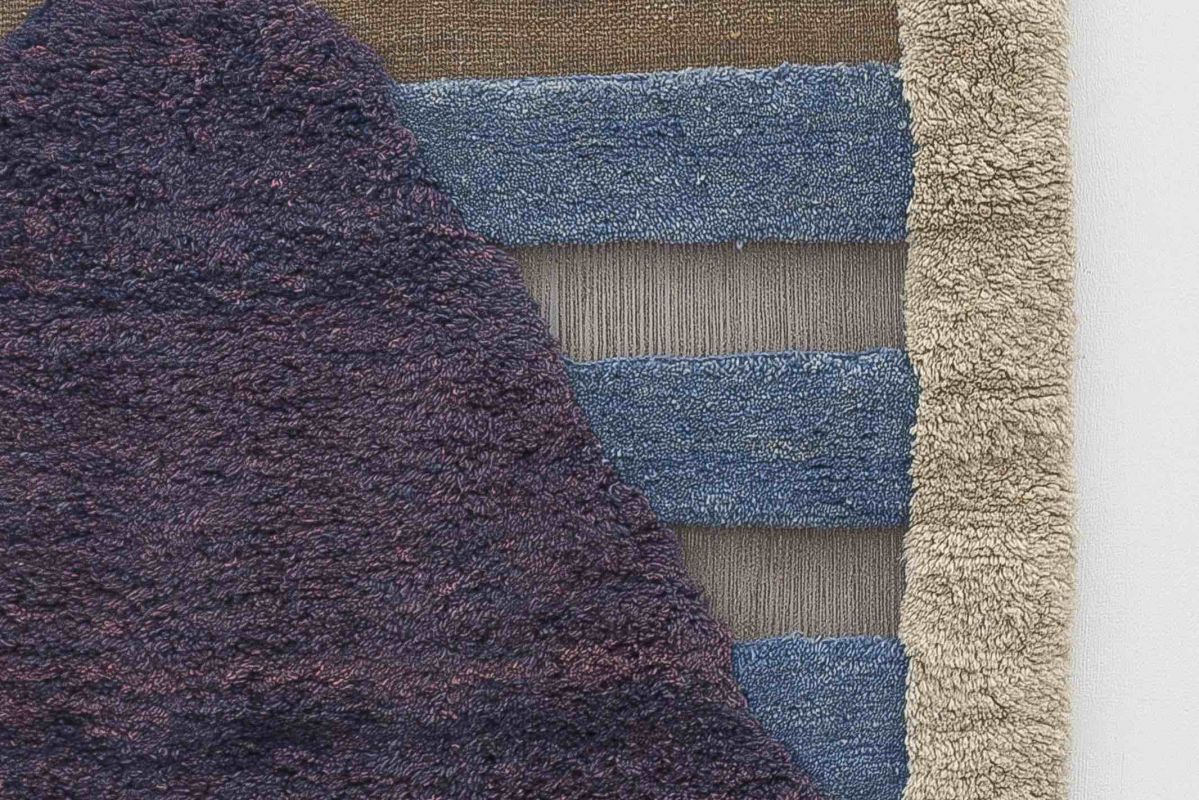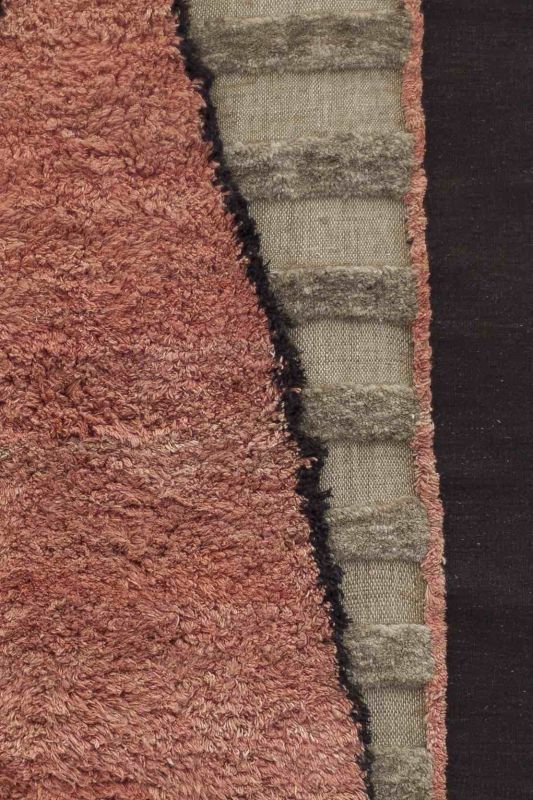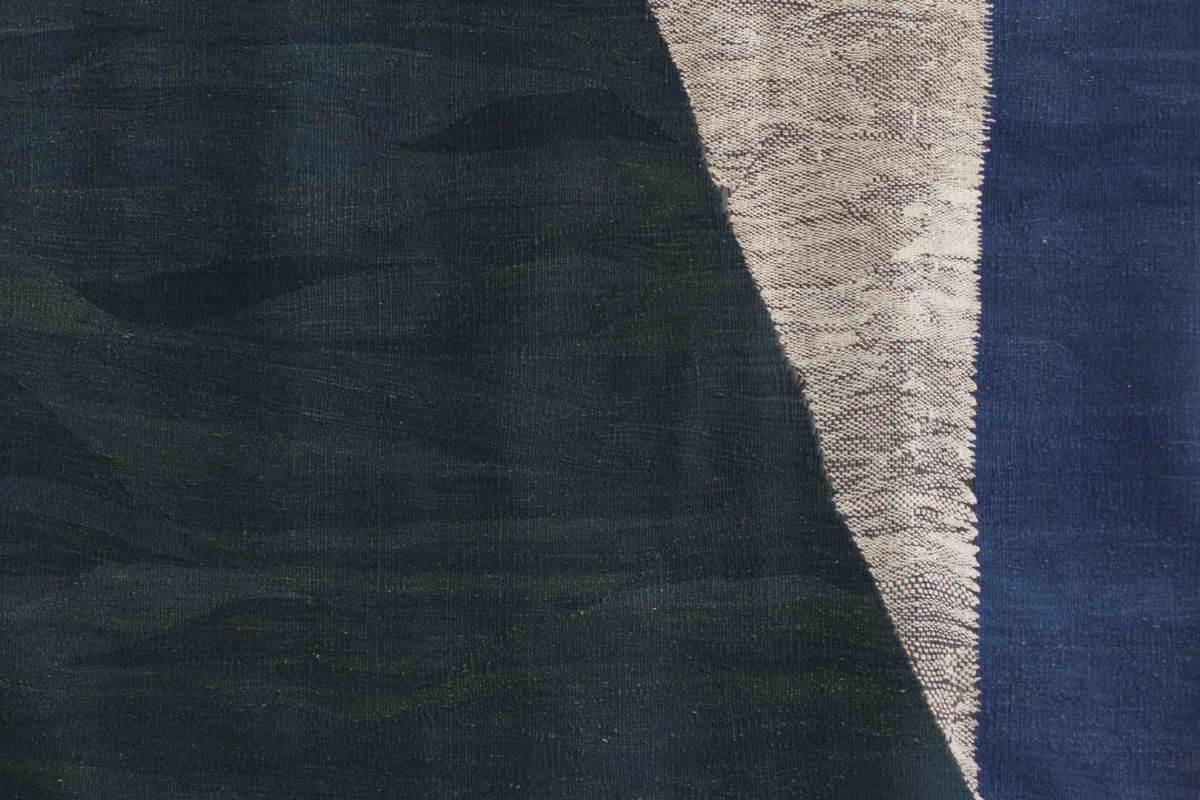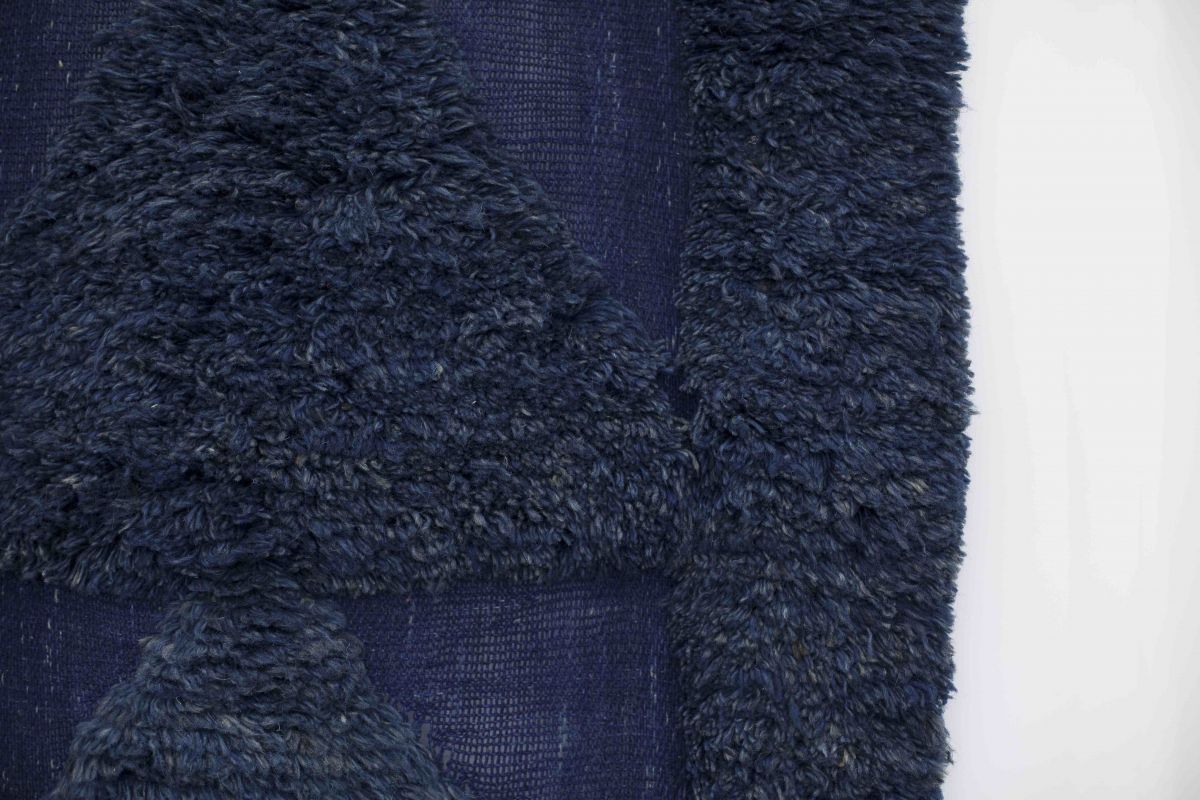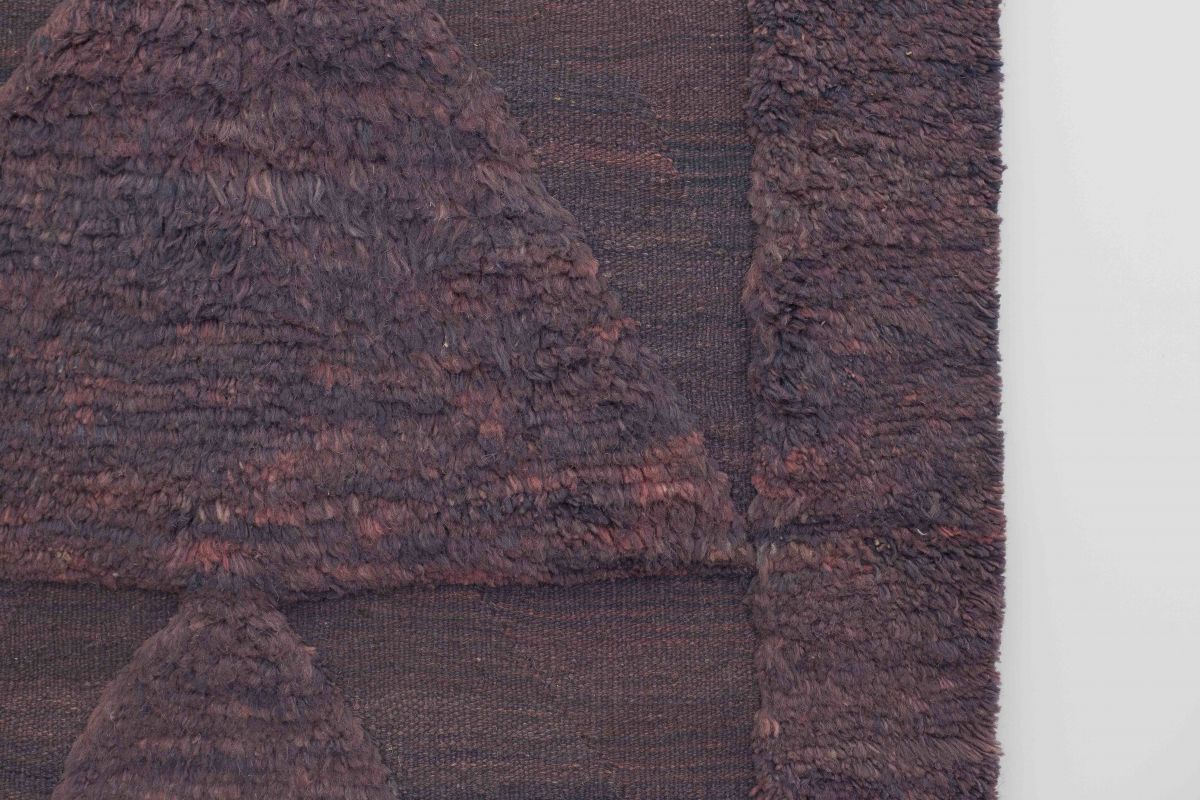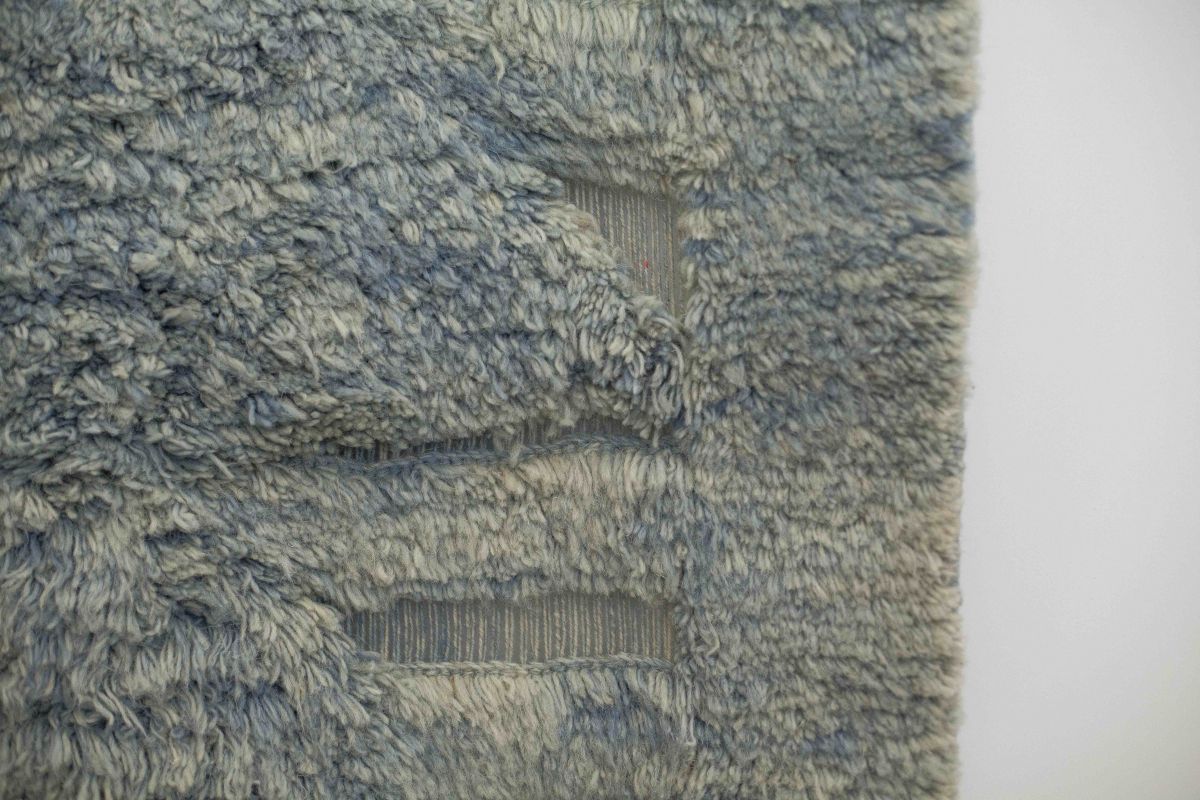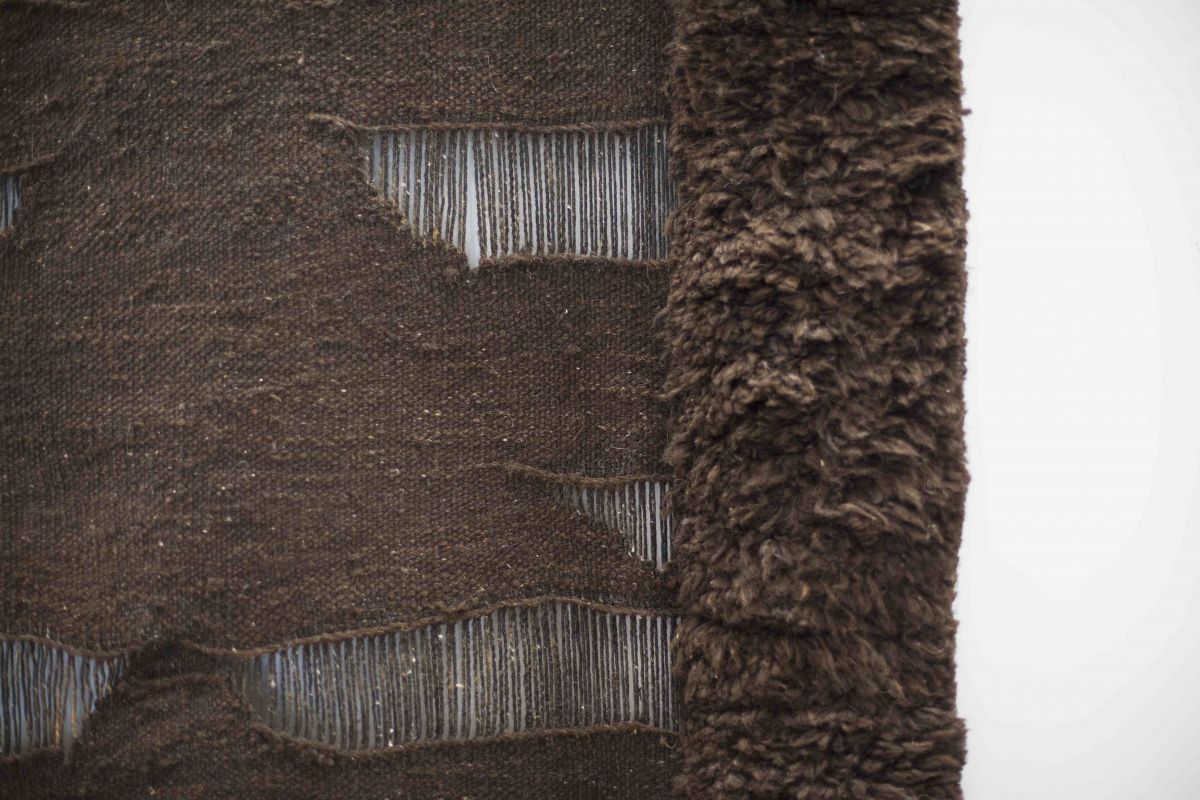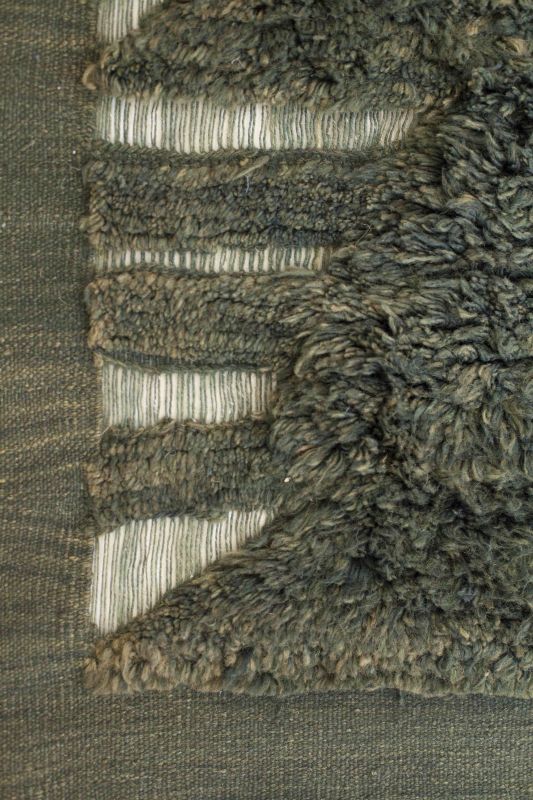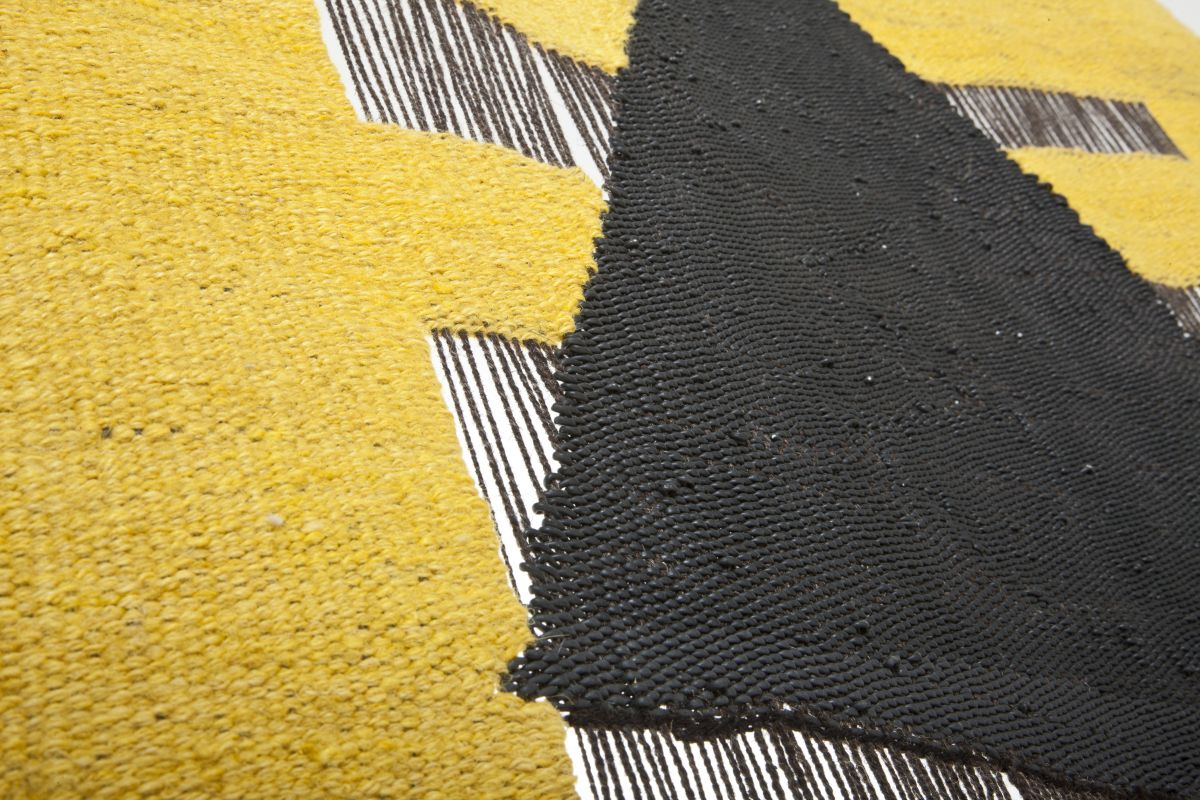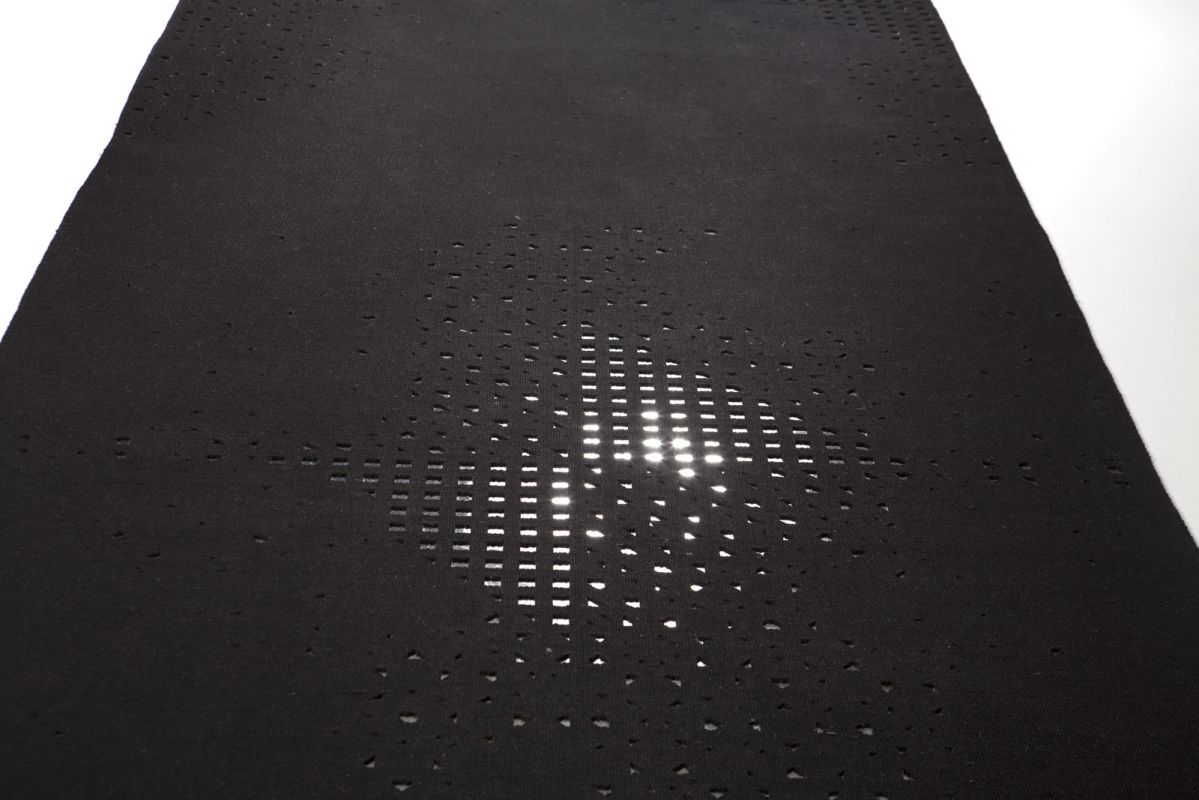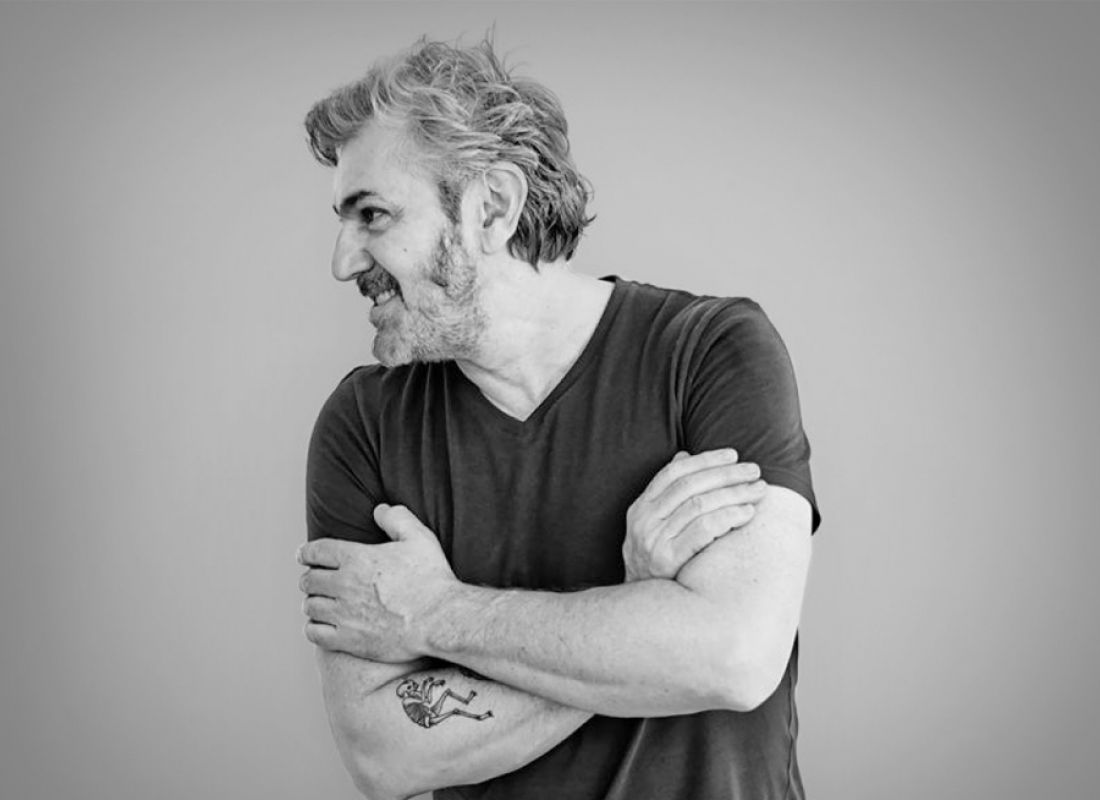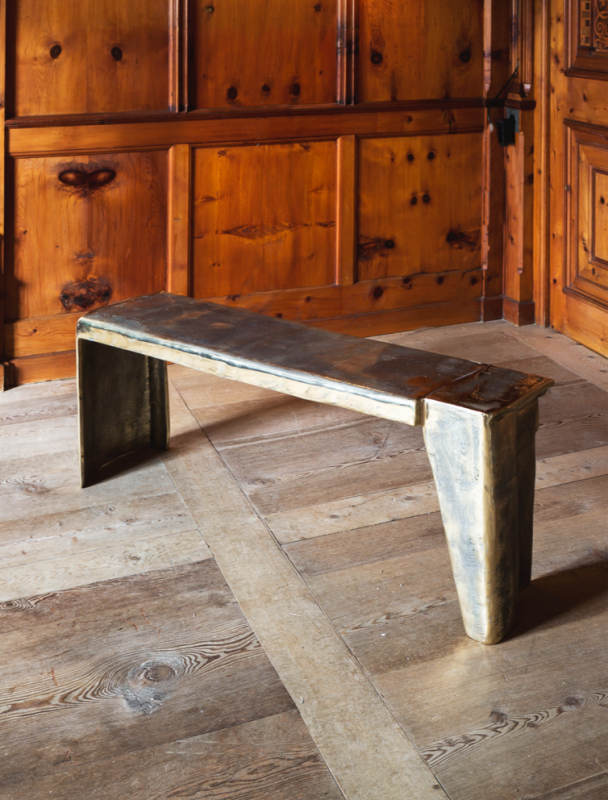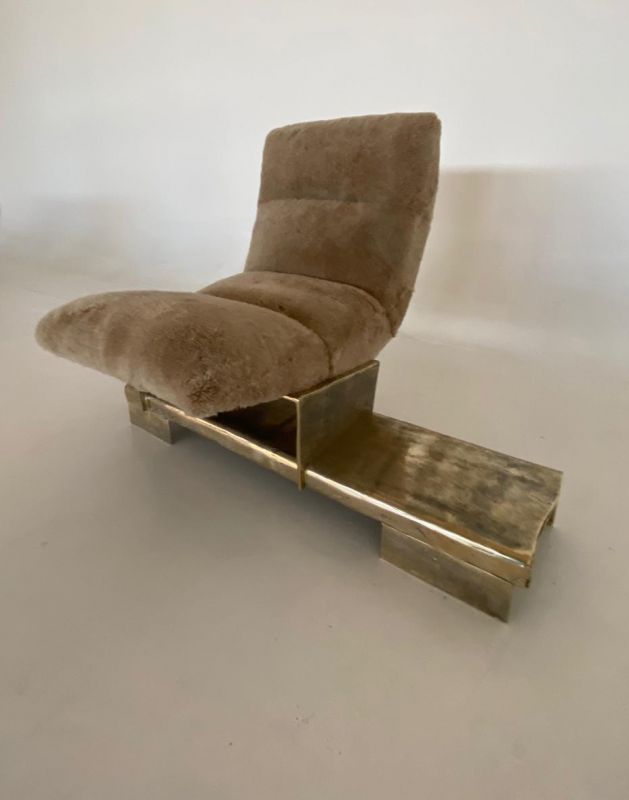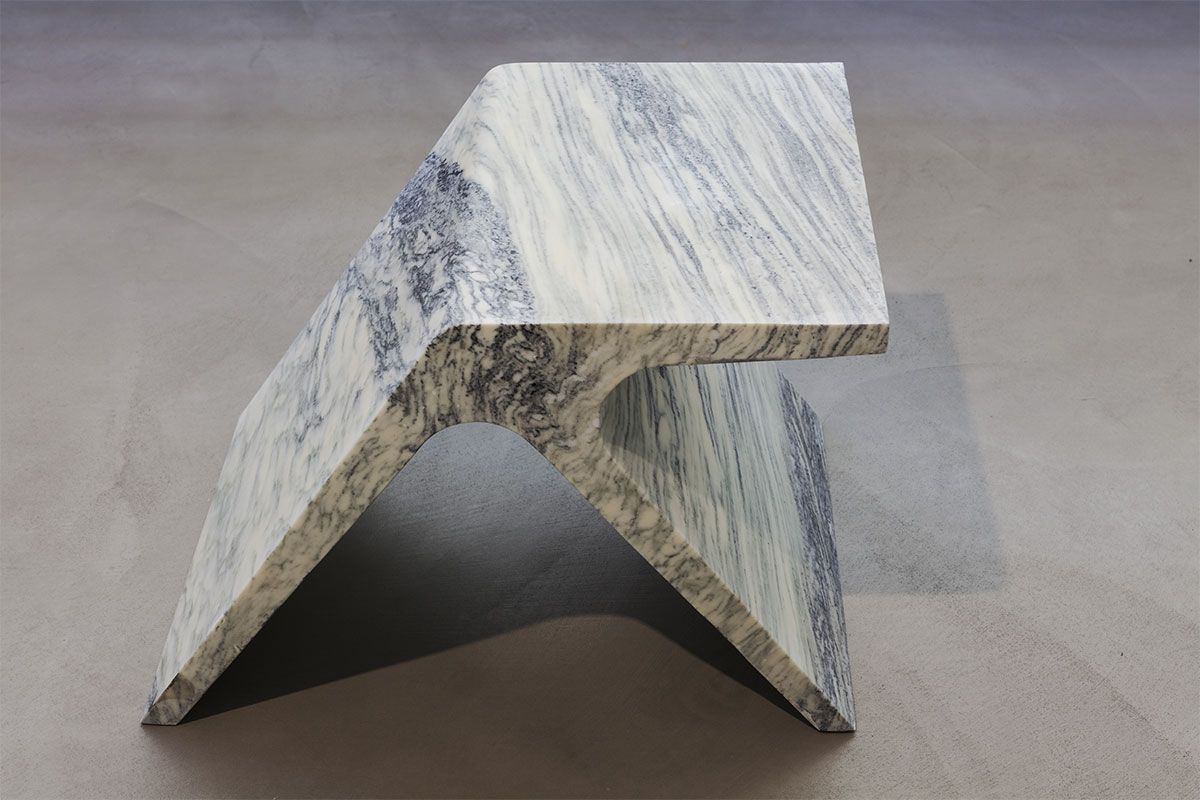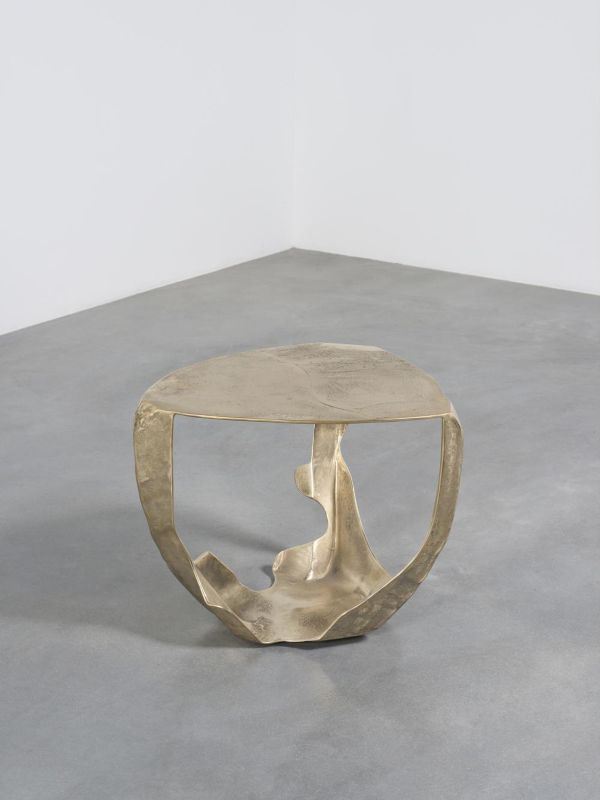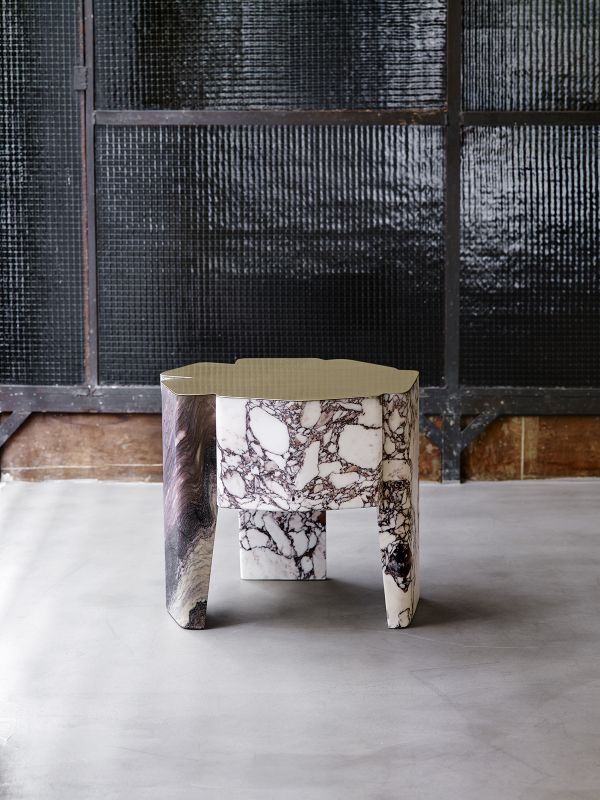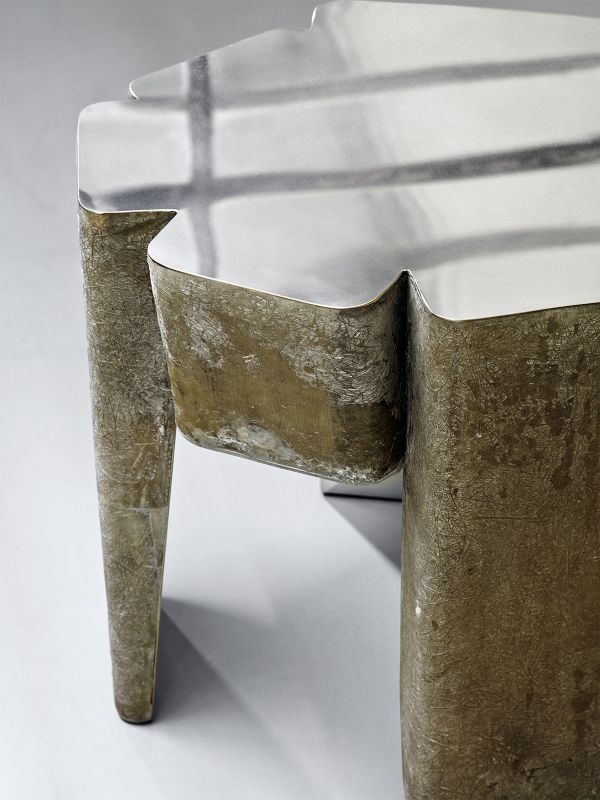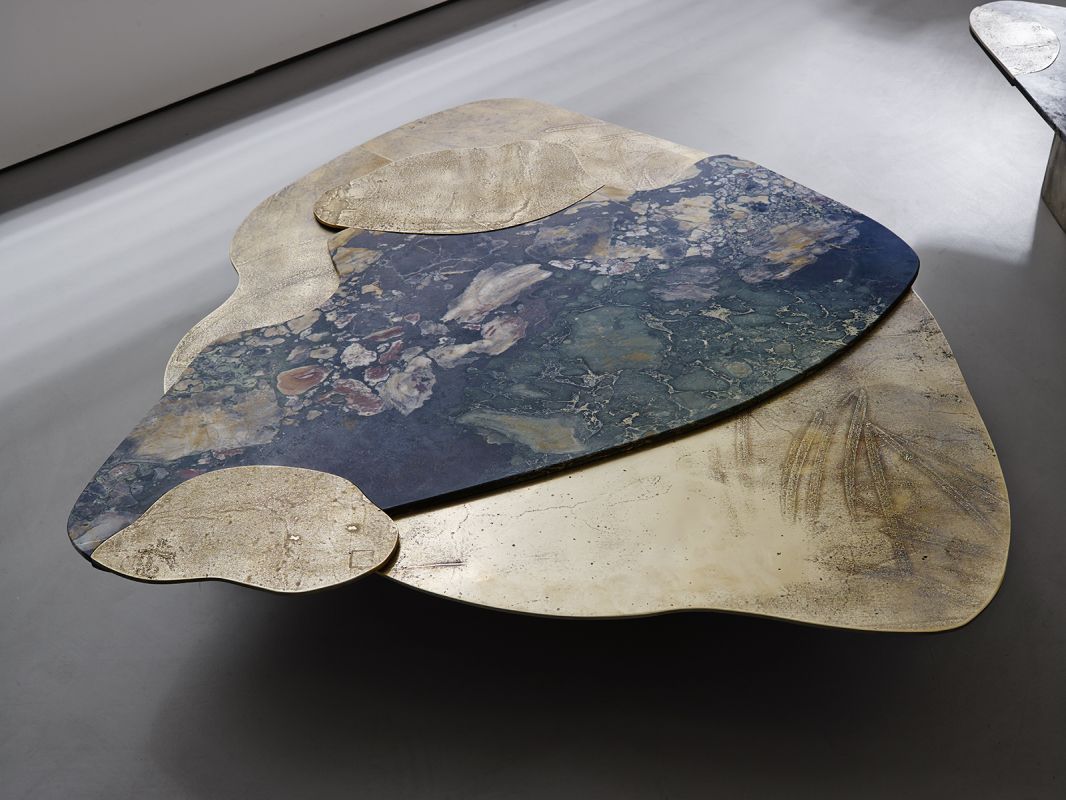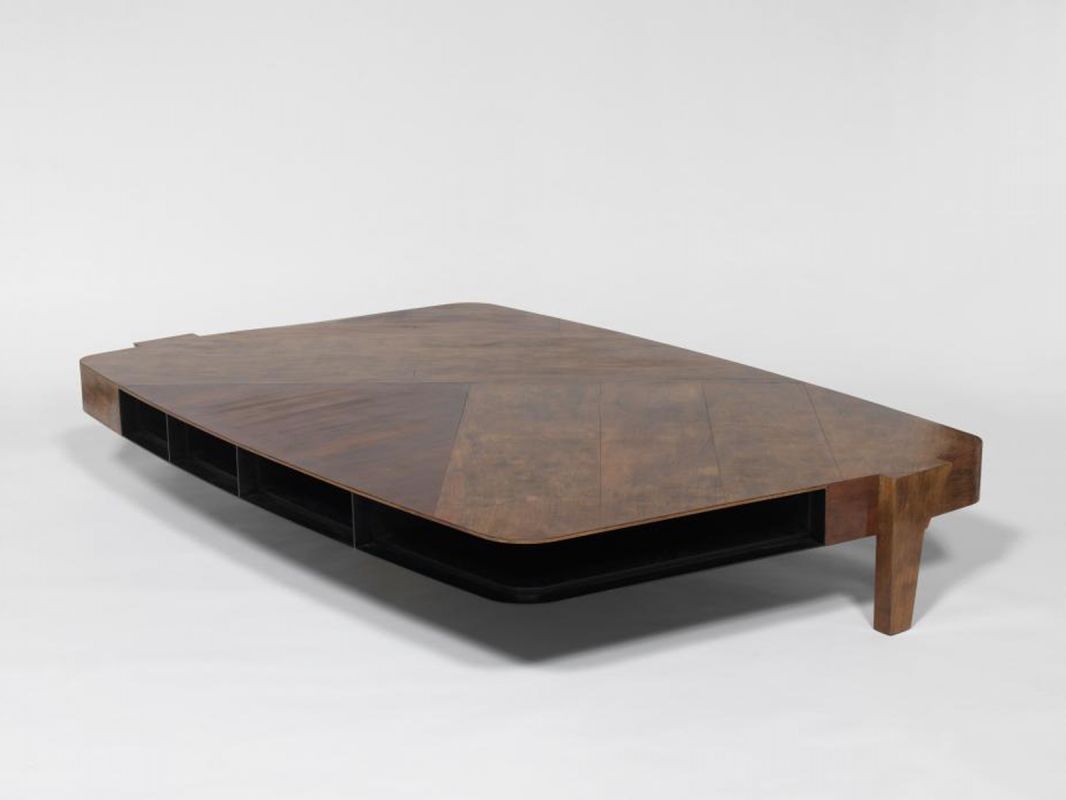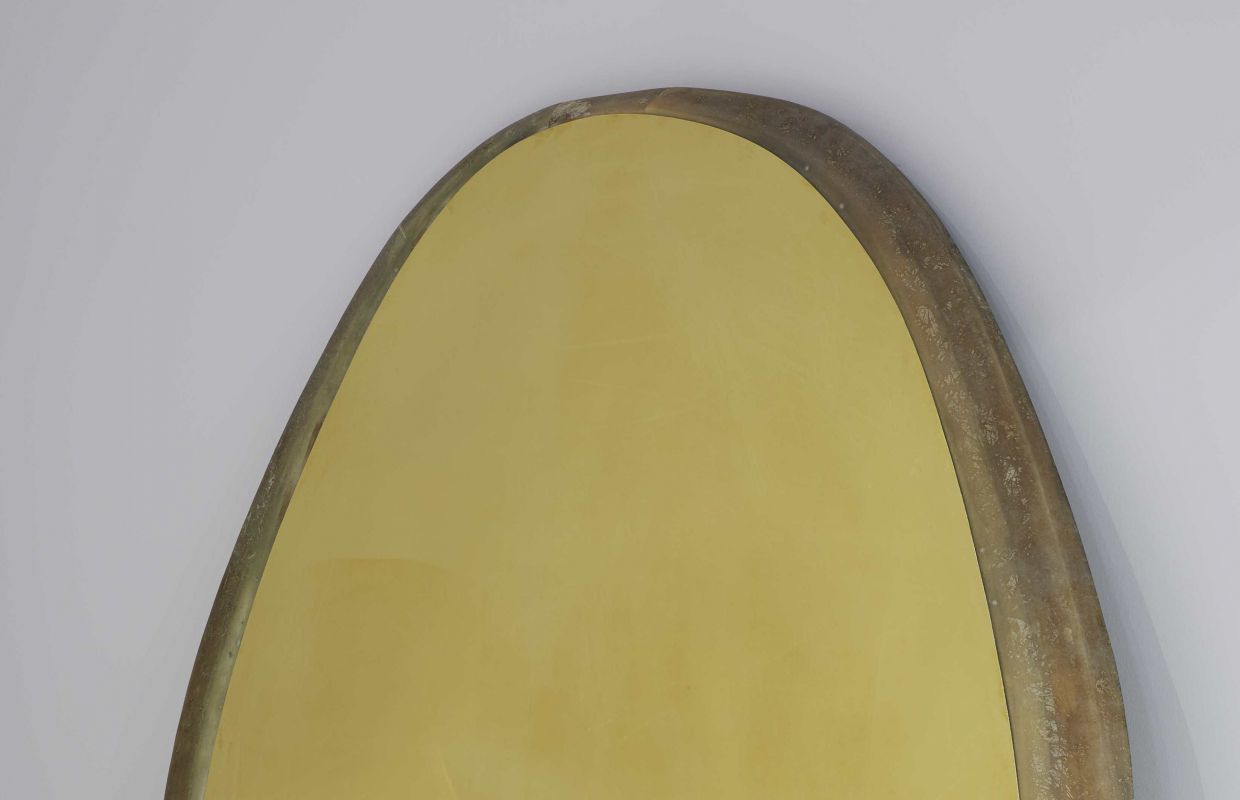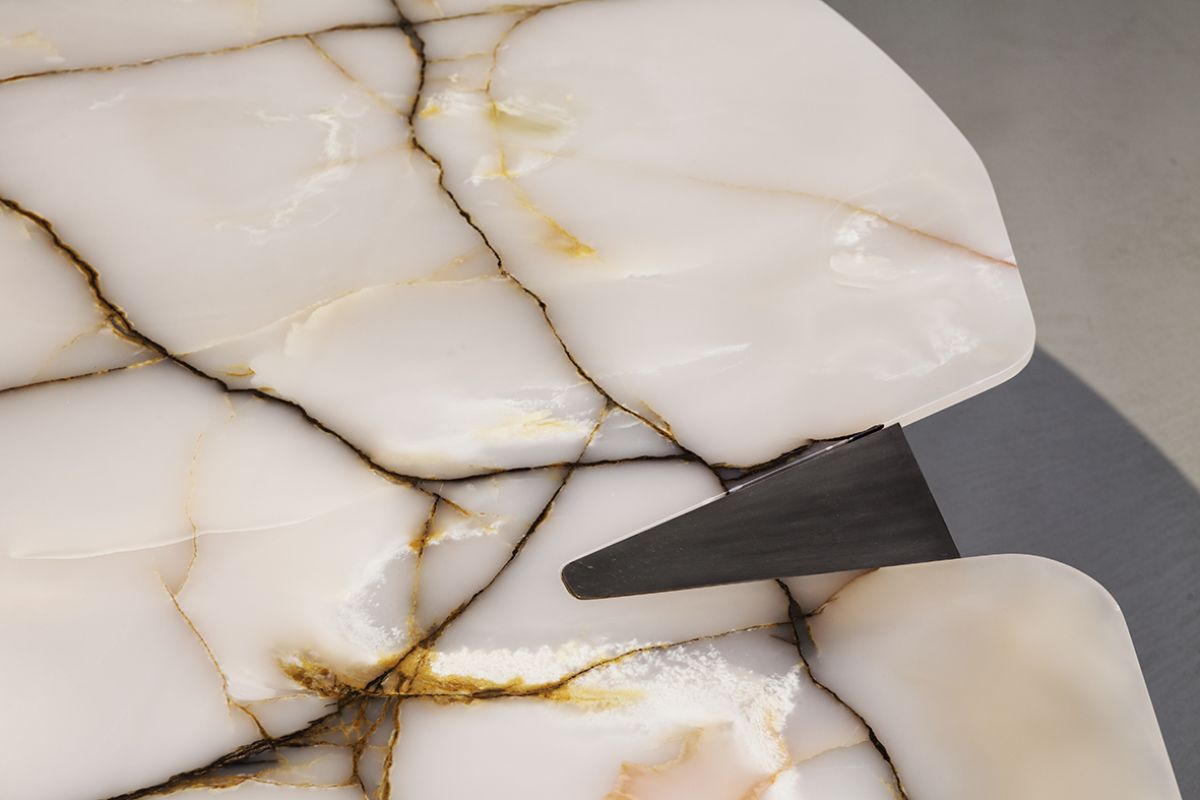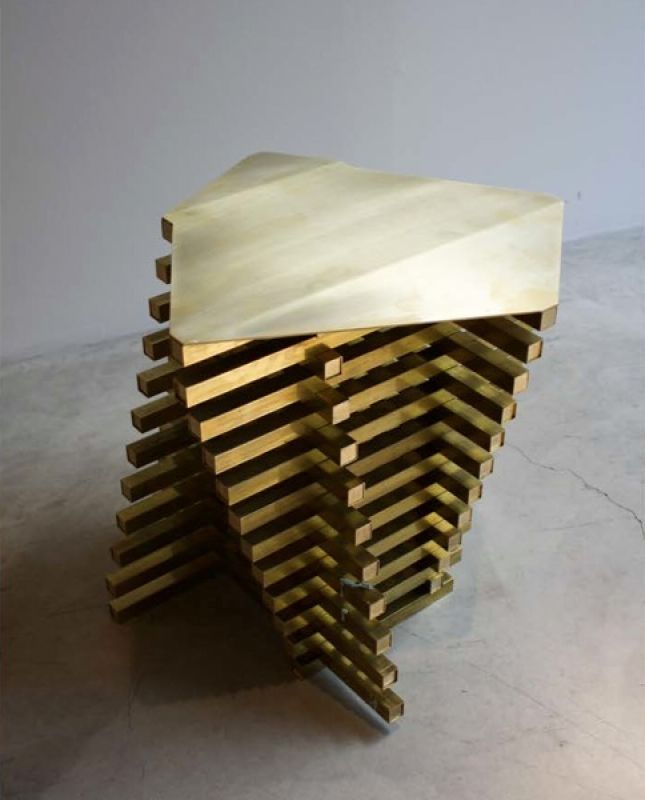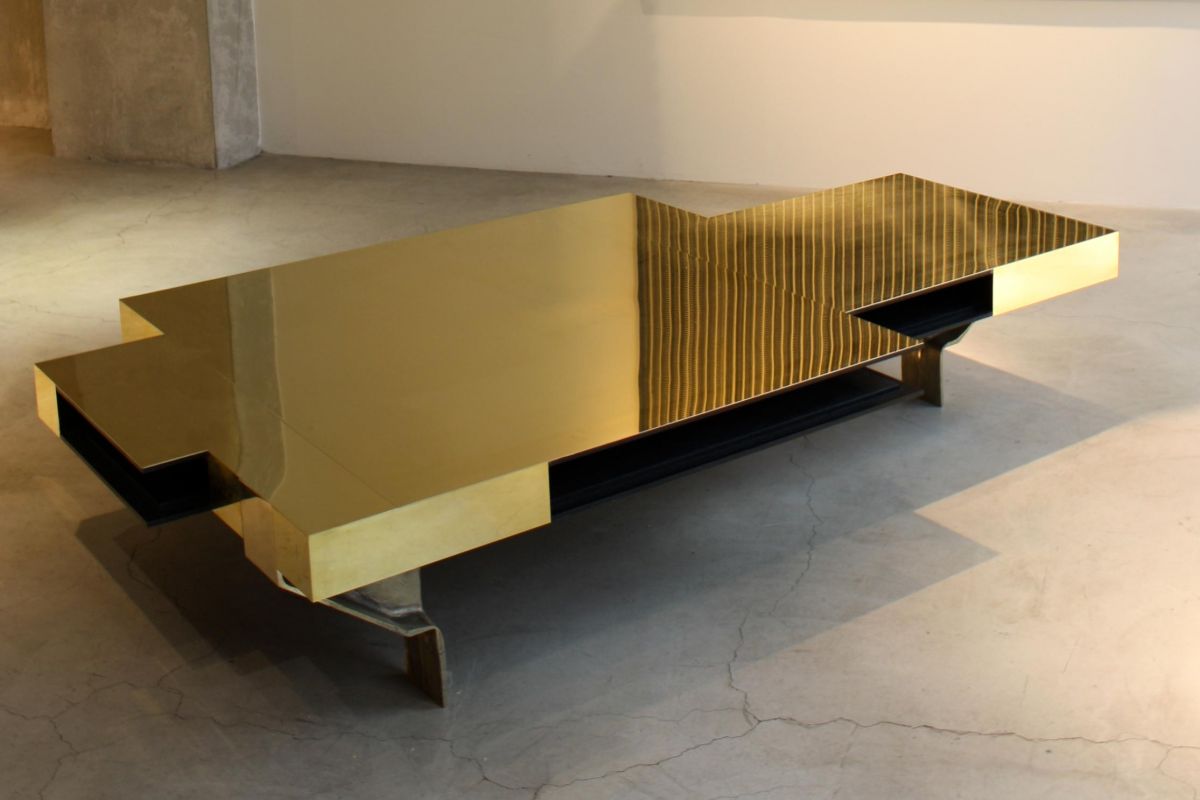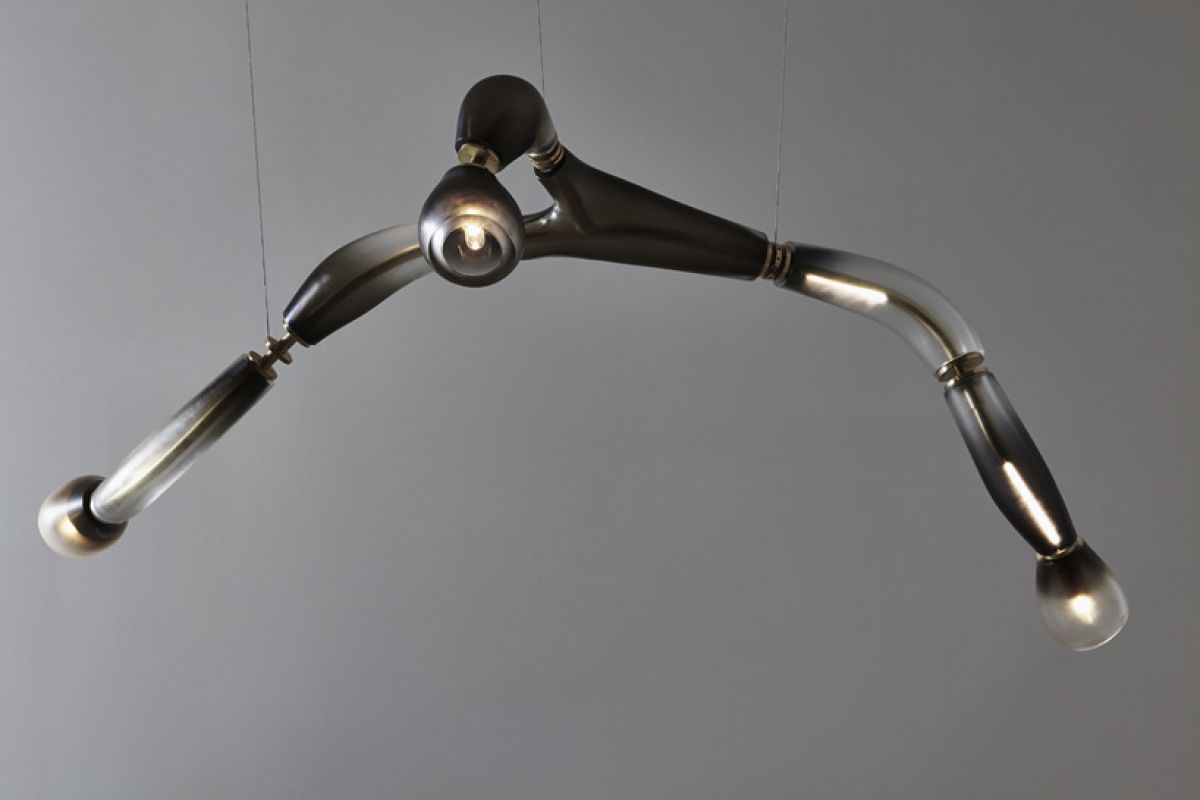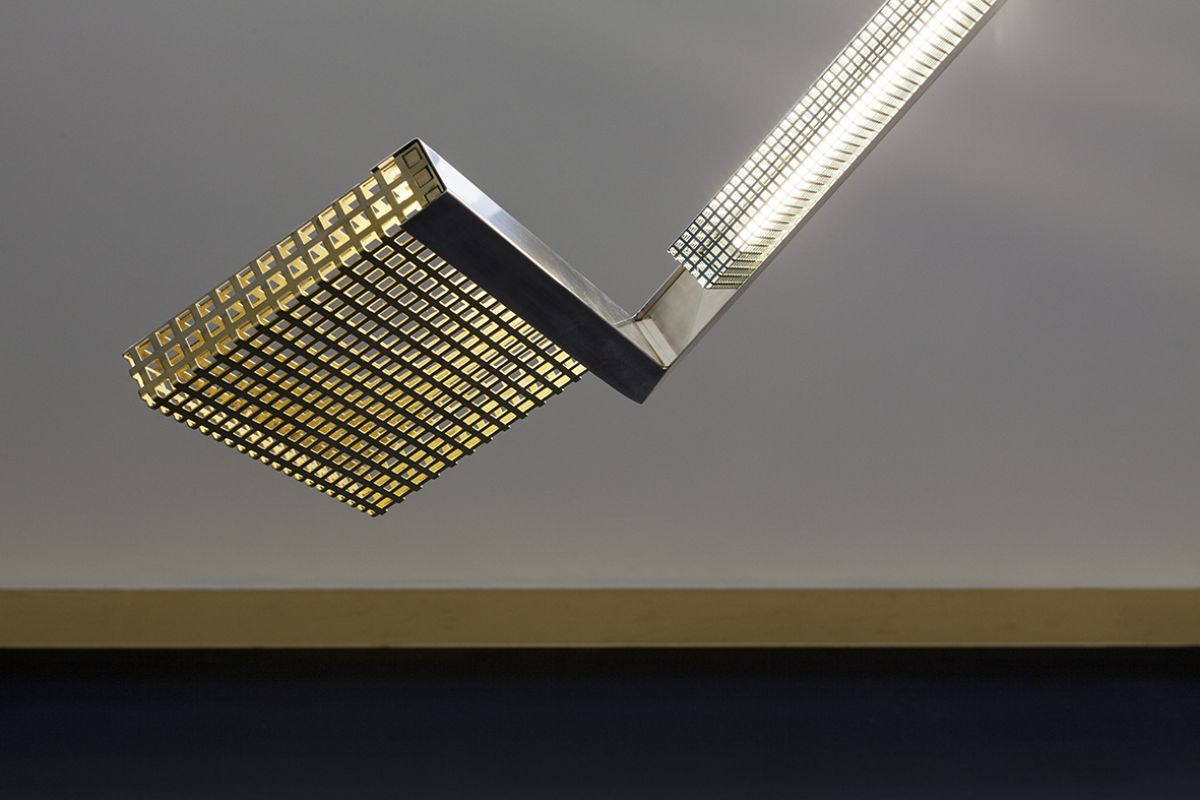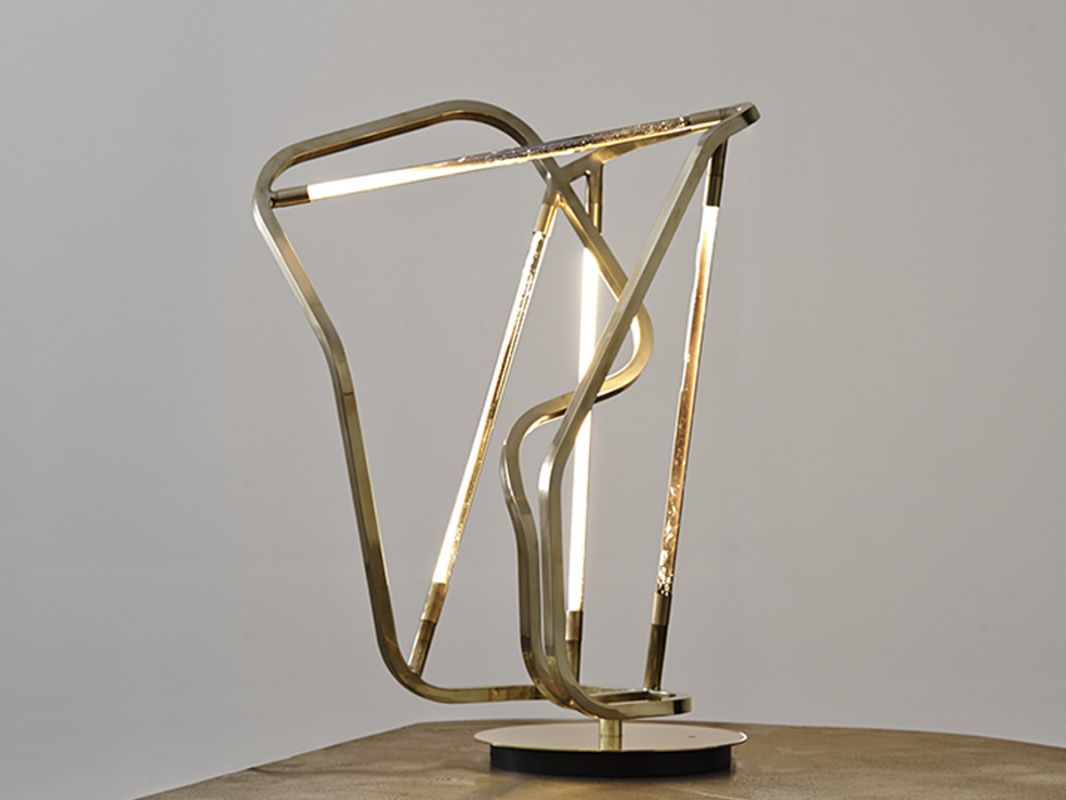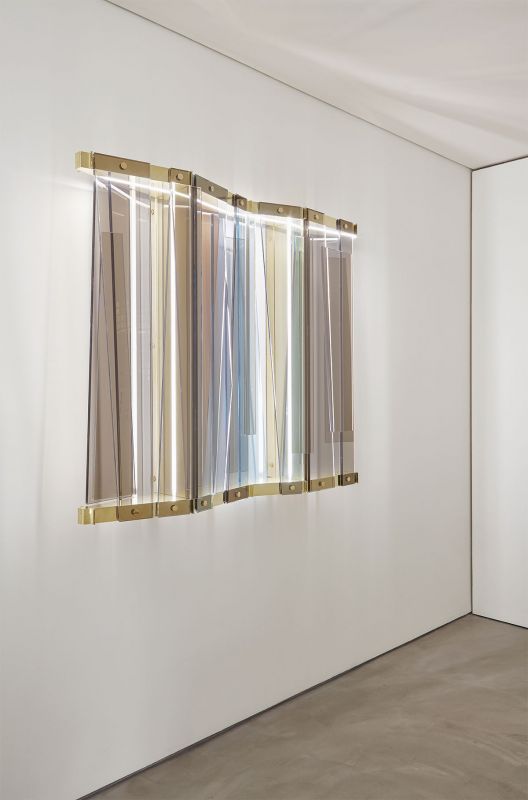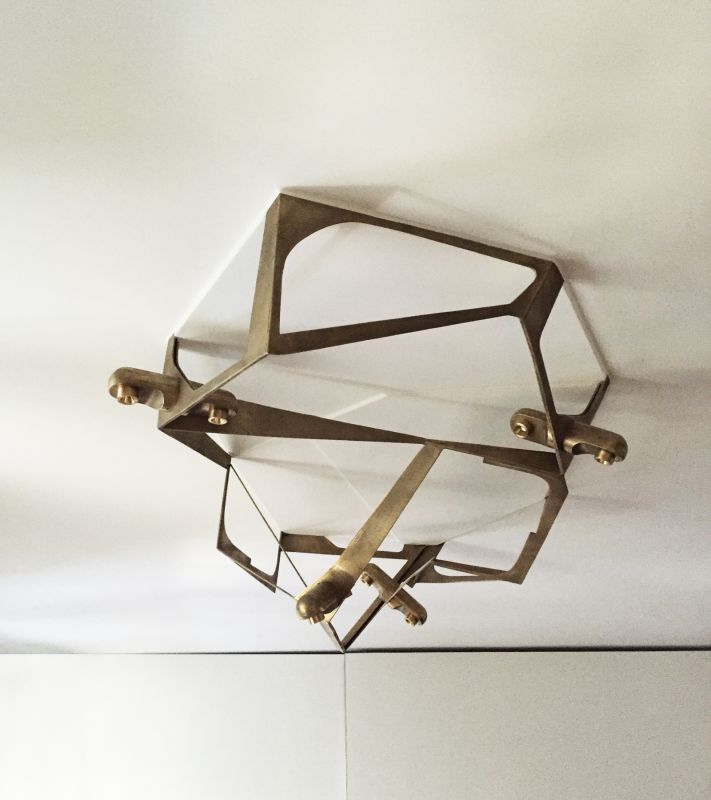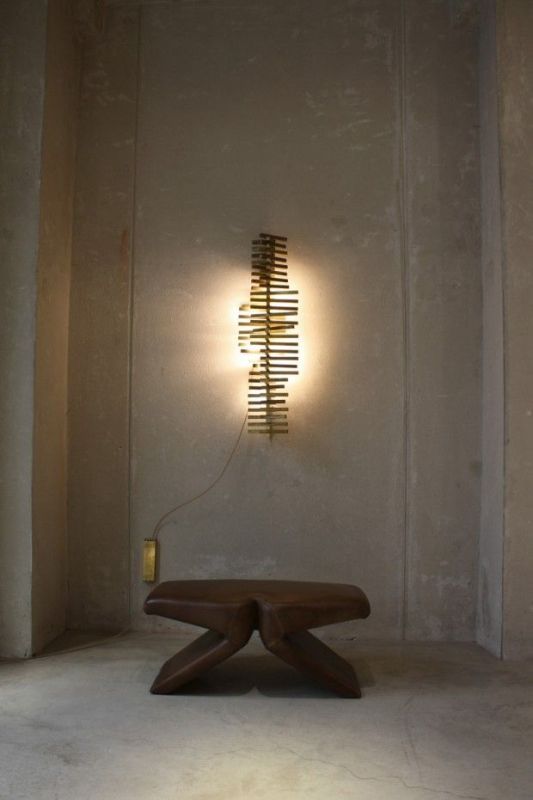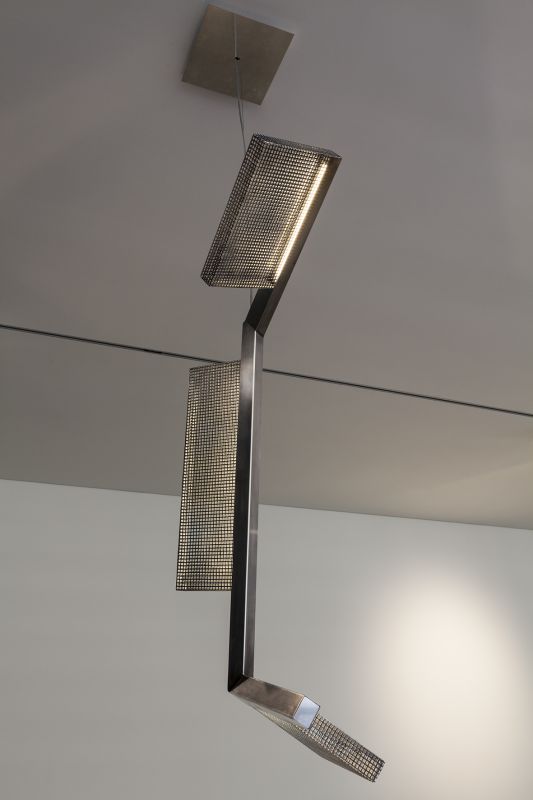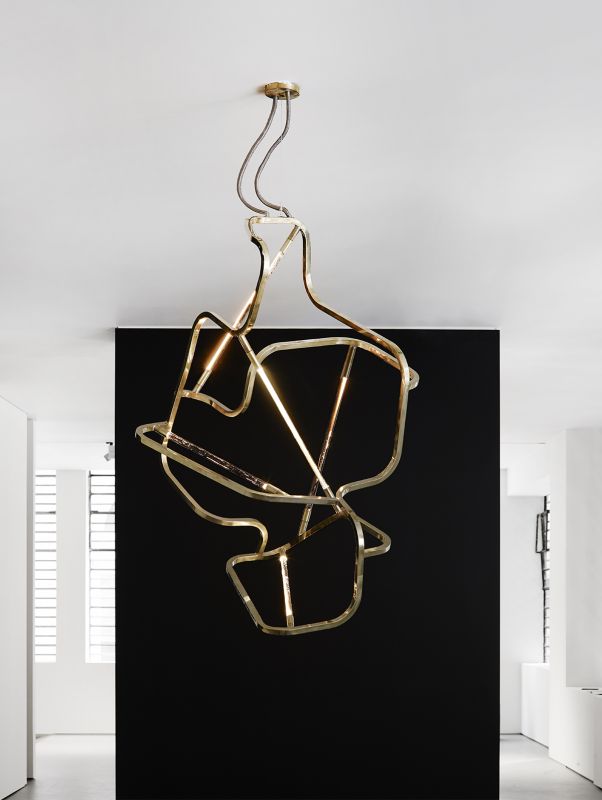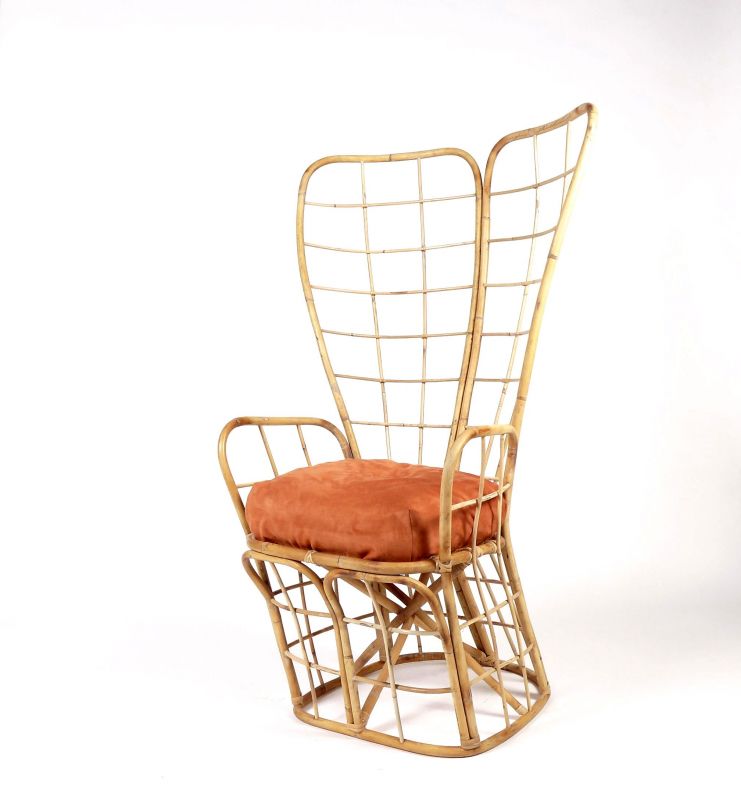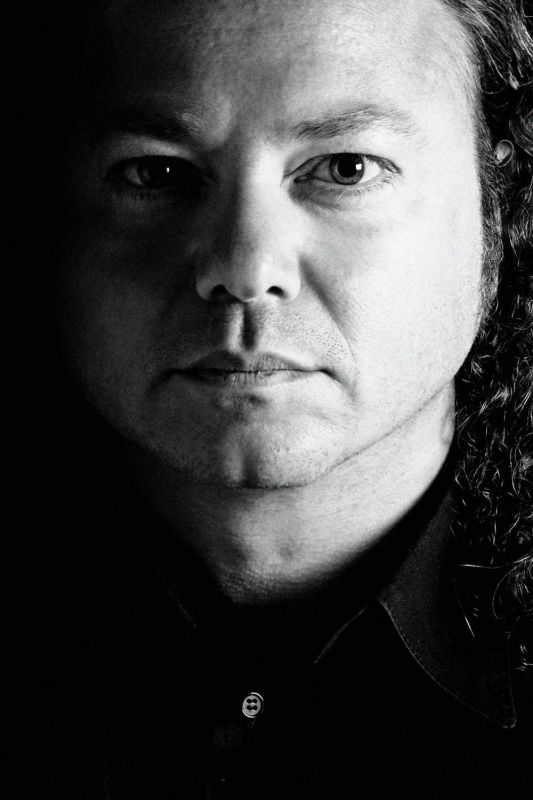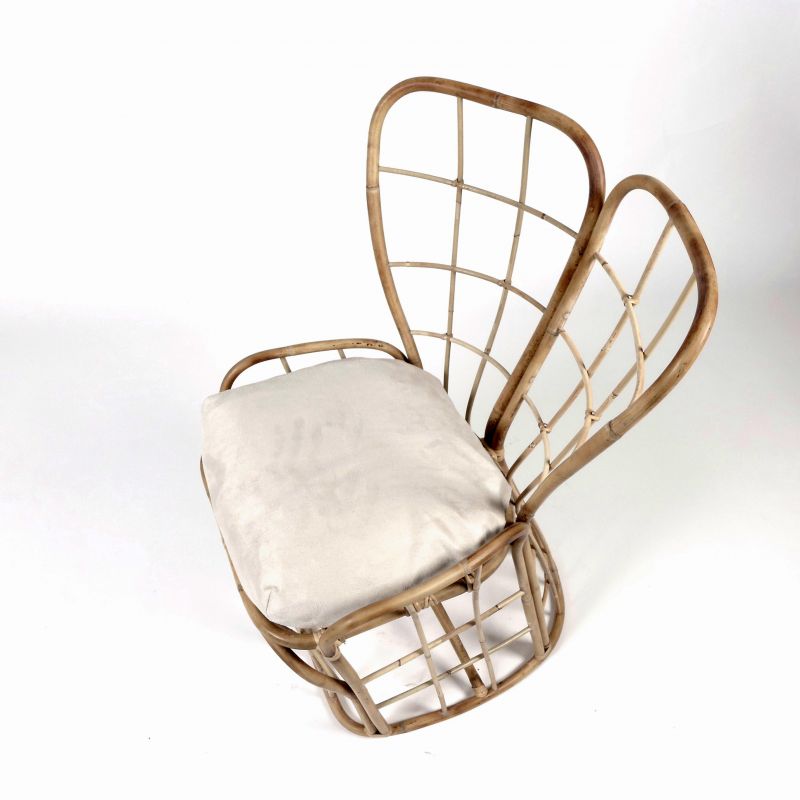WYSSEM NOCHI
WYSSEM NOCHI
Swedish-Chilean Anton Alvarez is a 2012 graduate from the Royal College of Art in London. Alvarez originally studied cabinetmaking before completing an Interior Architecture and Furniture Design course at Konstfack. Alvarez’s work focuses on the design of systems and the creation of tools for producing products, objects and architecture. His practice is process-oriented and led by curiosity and surprise rather than a specific material. Currently a resident at the Archie Bray Foundation in Montana, USA he is exploring ceramics through his Extruder Machine.
Creative director Gabriel Hendifar has a background in fashion and interior design. He has designed for couture label jmary and was most recently part of the raquel allegra creative team. Jeremy Anderson left his career in the public relations industry to oversee apparatus studio production and operations. His traveller’s eye and potter’s hands inform his passion for handmade details.
Born from playful experimentation with vintage lighting components, apparatus is a new york based design studio. Aged brass, etched glass, leather, and porcelain are combined to create lighting fixtures that fuse sculptural form with hand-worn materials. The result is a warm glow that is at once timeworn and thoroughly modern.
‘bahraini—danish’ is an establishment using cultural differences, both social and professional, as a means to create. Through dialogue and by vote, architects Batool Alshaikh, Maitham Almubarak, and Christian Vennerstrøm Jensen, work their way, furniture by furniture, towards finding a new common order. Having arrived at an opening between two realities, familiar things tend to appear differently in this new, unfolding landscape.
The establishment is conceiving new ideas through their discoveries of artisans and materials available, exploring local opportunities to create. Often creating objects which can simply be de-assembled, they always want to incorporate an architectural dimension, given their furniture is secretly a placeholder for their desire to make actual architecture. Their work has been presented around the Gulf end in Europe and continues to radiate from A’ali and Copenhagen into the world. ‘bahraini—danish’ was established in Bahrain in 2016 and is named after the many historical encounters between Denmark and Bahrain especially in archaeology, architecture and dairy production.
Bec Brittain is a New York based lighting and product designer driven by a love of luxurious materials, intuitive forms and forward-thinking technology.
After studying product design (Parsons), philosophy (NYU), and architecture (The Architectural Association), Brittain began her career designing and producing bespoke door hardware. Handcrafting hardware allowed her to unify her diverse interests and discover a love of metalworking. She continued to hone her craft while acting as Design Director for the renowned Lindsey Adelman Studio from 2008 through 2011. In 2011, Brittain opened her own studio in Brooklyn, where she developed her signature product, the critically acclaimed SHY Light.
Today, with the help of a small and dedicated team, Brittain continues to explore and experiment with new techniques and materials, pushing the boundaries of American-made, centerpiece lighting design. Bec Brittain products are all designed and engineered by Bec; each is then produced in New York, using a broad variety of techniques and a trusted network of local fabricators and artisans. Every piece is hand assembled by our studio team and personally inspected by the designer.
Bec has been featured in numerous publications such as The New York Times, Elle DÉCOR, Case Da Abitare, and Wallpaper magazine. Her clients are among the top designers and architects of today and her work can be seen in commercial and residential projects across the globe.
Bernard Khoury studied architecture at the Rhode Island school of Design (B.F.A 1990 / B.Arch 1991). He received a Masters in Architectural studies from Harvard University (M.Arch 1993). In 2001, he was awarded by the municipality of Rome the honorable mention of the Borromini prize given to architects under 40 years of age. In 2004, he was awarded the Architecture + Award. Bernard Khoury was invited to teach design studios in several Architecture schools, including L’Ecole Polytechnique Fédérale de Lausanne, L’Ecole Speciale d’Architecture in Paris and the American University of Beirut; he has lectured and exhibited his work in prestigious academic institutions in Europe and the U.S including a solo show of his work given by the International Forum for Contemporary Architecture at the Aedes gallery in Berlin (2003) and numerous group shows including YOUprison at the Fondazione Sandretto in Torino (2008) and SPACE at the opening show of the MAXXI museum in Rome (2010). His work has been extensively published by the professional press. Khoury started an independent practice in 1993. Over the past 15 years, his office has developed an international reputation and a significant diverse portfolio of projects both locally and abroad.
Carlo Massoud is a Lebanese product designer and interior designer. After graduating with a Masters’ degree in product design from Alba (Academie Libanaise des Beaux Arts), he pursued a Master in product design for the luxury industry at the School of Art and Design Lausanne (ECAL) where he had the opportunity to work on several projects under the supervision of international designers such as Ronan Bouroullec, Barber Osgerby, Marti Guixé, Pierre Charpin, Umberto and Fernando Campana.
His designs derive from a deeply engraved social critique humorously transformed into a useful and playful “object”. His projects range from tableware products, to function driven exhibition stands, packaging, and furniture, to ultimately embrace interior spaces in a magical atmosphere. He has exhibited his work at the Beirut Art Center, and in many other design gatherings.
Dana Barnes creates textural and sculptural works, objects, and site-specific architectural installations solely made by hand. Having studied fashion design and worked in the industry as a first career, she now uses innovative wet-bonding processes in which woollen and exotic fibre masses are fused with contrasting elements, both natural and manmade. In her New York studio Barnes’ melds fibres with concrete, stone, wood, copper, clay, resin, rubber and, most recently, knotted antique Persian carpets for texture and contrast. Informed by material paradoxes and the sensual beauty of natural forces, Barnes’ work aspires to evoke a deep visceral and physical connection.
Born in 1984, Daniel Rybakken grew up in Oslo, Norway. He studied design at the Oslo School of Architecture and the School of Arts & Crafts in Gothenburg, Sweden. On graduating with a Master of Fine Arts in 2008 he opened his own design studio in both Oslo and Gothenburg.
Rybakken has received numerous awards, including the 'Best of the Best' Red Dot Award in Singapore, 2007; the Anders Jahre's Cultural Prize for Young Artists in Oslo, 2008; and the Design Report Award for best designer at Salone Satellite in Milan, 2009.
The work of Daniel Rybakken occupies the area between art and design, forming limited editions, art installations and prototypes for serial production.
Fabrica is a communication research centre. It is based in Treviso, Italy, and is an integral part of the Benetton Group. Established in 1994, Fabrica offers young people from around the world a one-year scholarship, accommodation and a round-trip ticket to Italy, enabling a highly diverse group of researchers. The range of disciplines is equally diverse, including design, communication, photography, code, video, music,journalism, networked politics and media. Fabrica is based in a tailor-made campus centred on a 17th-century villa restored and significantly augmented by renowned Japanese architect Tadao Ando. Fabrica aims to create the next generation of creative leaders, capable of positively addressing 21st century issues.
Audi’s practice finds its point of departure within the manipulation of glass. Glass plays a crucial part in contemplating a speculative utopian world where humans create cosmic fragments and new landscape formations. Her Cloudscapes are created using a combination of blown glass, colour pigments and semi-precious materials, such as fine gold and silver. When added to the glass, these elements spark chemical reactions, making the pieces simultaneously scientific and open to chance. The results of Audi’s skilled alchemic glass-blowing process are tactile and sensual, yet contained in a solid glass sculpture. Their undefined edges and fluctuating colours change constantly under different lights.
Fort Standard is a contemporary Industrial Design studio founded by Gregory Buntain and Ian Collings. Their collaborative work is an ever-evolving dialog between their unique perspectives and their shared approach to progressive design thinking. Working primarily in long lasting natural materials, their approach to design is often geared towards using traditional production methods in innovative ways. Having developed a distinct form language rooted in simplicity and functionality, their attention to detail, connections and materiality generate value through design in what Buntain and Collings describe as a “warm-contemporary” aesthetic.
Guillaume Garnier and Florent Linker are two French creators based in Paris. Their work is about giving a contemporary design to rare materials and savoir-faire. All pieces are handmade in small series by French master craftsmen. As designers, they get their inspiration from decorative arts and sculpture, to create pure-shaped forms revealing their materiality. With their background in interior design, they offer objects that meet all demands of modern interiors, with bespoke options according to architects and decorators needs.
Georges Mohasseb has been working as an architect and designer for over two decades. His constant search for materiality and immateriality has defined his approach to design. He creates limited numbers of timeless designs, focusing on excellent craftsmanship and a complex expression of materials. The understanding and presence of wood is key in the work of Georges Mohasseb, be it solely or in combination with other materials. Through specialized techniques and expert knowledge, Georges unlocks the artistic versatility of this living matter, bringing out its unique potential in the form of timeless designs.
Ghaith Abi Ghanem & Jad Melki received their Bachelor of Architecture degree from the American University of Beirut in 2012, and were granted the Areen Award for Excellence in Architecture for both their final year projects. They have interned at Raëd Abillama Architects in Lebanon and at Herzog and de Meuron in Switzerland, which gave them insight into the professional world of architecture.
Their work gives particular importance to the design process and allows the experimentation to freely sculpt their designs. They focus on being true to material and responsive to context, and that is core to any of their projects.
Ghaith & Jad continue their design explorations through their studio at Mansion, a reclaimed 19th century residence that houses multidisciplinary designers under one roof.
Since the opening of her interior design studio in Paris in 1999, India Mahdavi keeps pushing the boundaries of her creative consulting from design to architecture, as well as scenography and styling. Venturing the whole world, she developed a rigorous aesthetic and architectural vocabulary unceasingly renewed, that can be seen in every project. Among her most important projects are institutions like Claridges in London, Monte Carlo Beach in Monaco, or more intimate places where she restored a singular identity like the Hotel du Cloitre in Arles or Thoumieux house in Paris. Rich of artistic complicities, she has just signed with the M/M (Paris) le Café Français on Bastille square in Paris, and works with Joseph Dirand on L’Apogée Courchevel for the group Oetker.
Jeonghwa Seo is a Korean designer whose practice is mostly based in furniture manufacture. Having studied at Hongik University in Korea before obtaining a master degree from the Design Academy Eindhoven, his pieces are imbued with elements of Eastern culture, as well as being influence by Western design history. His style is focused on the classical principles of design, such as form, structure and contrasting materiality which he explores through a fusion of observation, instinct and logic. An outlook which Seo currently is involved in teaching to students too.
Karen Chekerdjian was born in Beirut; she lives and works in Milan where she received her master’s degree from Domus Academy. Her works have been selected for numerous international exhibitions including Utopi/Copenhagen, Beyond the Myth/ Europe, Promosedia 2007/Milan, Northern Lights/Tokyo, and ECHO/Beirut. She has been featured at the Sfeir-Semmler Gallery in Beirut as well as the Nilufar Gallery in Milan. In 2007, she opened a retail space for design in Beirut and founded Karen Chekerdjian Studio and Consultancy. She is currently producing her own furniture and design products in Lebanon, incorporating the expertise of local artisans.
Khalid Shafar left the world of marketing to pursue design at the prestigious Central Saint Martins College of Art in London, followed by the Centre for Fine Woodworking in Nelson, New Zealand. His bespoke works have since been featured in many international design publications including Wallpaper, GQ Japan, Urbis, M2, Harper’s Bazaar Interiors, Brownbook, and Abitare. He has recently exhibited in several solo and group shows in Berlin, Japan, and Dubai. He creates contemporary and quirky interior design objects with stories to tell, objects that rely on form, movement, and emotion. He is currently based in both New Zealand and Dubai.
Lindsey Adelman lives and works in her hometown of New York City. She has specialized in lighting design since 1996. Founded in 2006, her studio has grown into a group of forty with a recent location opening in Los Angeles.
The lighting collections are driven by developing industrial modular systems to capture the ephemeral, fleeting beauty of nature. Adelman first discovered Industrial Design when meeting a woman carving foam French Fries for an exhibition at her editorial job at the Smithsonian and went straight to study ID at the Rhode Island School of Design. She continues to be challenged and seduced by the immaterial substance of light and is obsessed with creating forms that maximize light's sensual effect and highlight emptiness.
Adelman’s work has been exhibited at the Cooper-Hewitt National Design Museum, Design Miami, Nilufar Gallery, and BDDW, among others. For many years, the studio has embraced a philanthropic mission supporting the Robin Hood Foundation to fight poverty in New York City. Adelman credits much of the studio’s current success to this desire to make an impact.
Adelman lives with her designer husband Ian and their son Finn in Brooklyn.
Marcin Rusak (born in 1987, Warsaw, Poland) is an artist and multidisciplinary designer interested in ideas of value, ephemerality and aesthetics. Specializing in storytelling, process and material investigation his work often incorporates research, object and installation as well as visual creations to explore overlooked details of our lives which recreated and re imagined are shown again in a different light. As the son and grandson of flower growers he has long been fascinated by these na tural sources of inspiration and decoration. Engaging them in his creative process began by reusing waste to investigate new decorative elements within everyday objects and led to a rich body of work ranging from research and storytelling to cultural criti cism around consumption
and future scenarios.
Architecture and product design practitioner, Marc Baroud has been teaching Product Design at the Académie Libanaise des Beaux-Arts (ALBA) since 2004. He has been appointed head of the design school in 2012. He graduated from ALBA with a double major in Interior Architecture and Furniture Design and holds a DSAA in Industrial Design from ENSAAMA-Olivier de Serres (Paris). He worked in Paris in the fields of luxury product design and commercial architecture. In 2004 he established MU?design Global, a brand development company based in Beirut. In 2008 he extended his activities to architecture and co-founded RGMB-ad (Rabih Geha Marc Baroud Architecture Design) and has been developing and building various projects (individual houses, housing projects, offices, retail, and corporate).
Mary-Lynn Massoud trained in ceramics at La Manufacture de Sèvres in France after completing her university studies and has since been working and teaching in Beirut. Rasha Nawam is a graduate of the American University of Beirut and studied ceramics in Lebanon and in the US. They have been collaborating since 2007 and have participated in a number of solo and group exhibitions in New York, Paris, Dubai, Basel, Milan, Monaco and Beirut.
Massimo Faion, was born in Treviso, Italy in 1982 and now lives and works in Milan. In 2008 he got his Master degree in Design at Milano Politecnico with Chairman Andrea Branzi. Massimo collaborates with various design studios in Milan planning temporary spaces and scenography for events.
Since a few years, the designer decided to focus on his own production of objects and interiors. All of the projects have a strong focus on collaboration and know-how of Italian artisans and are reinterpretations of traditional techniques brought in a contemporary context for the realization of high quality objects.
Matter Made is a New York City based gallery, showroom, and manufacturer of contemporary lighting, furniture, and objects. From concept to creation, their in-house design team produces minimal works with superb craftsmanship and unwavering commitment to the highest level of refinement and finish, making pieces that will last a lifetime. Matter Made is currently focused on raising the international perception of contemporary American design through their in-house brand Matter Made and the representation of the very best manufacturers and independent designers working today.
Nada Debs, of Lebanese origin, was brought up in Japan, and studied at the Rhode Island School of Design in the United States, soon after starting East & East, her own custom furniture design company in the UK. In addition to two spaces in Beirut- the Nada Debs Gallery and Nada Debs Boutique, her products are represented in New York, London, Rome and Dubai. Her work has been featured in various international publications such as Wallpaper and Monocle, and she is presently working on several interior design projects in the Middle East and the USA.
Oeuffice was founded in 2011 as a collaboration between Nicolas Bellavance-Lecompte and Jakub Zak. After many years of a parallel life between Canada, Berlin and Milan, they united to form Oeuffice, a new research laboratory with a focus on developing innovative objects in limited editions. Their work reflects a common ideal of creating objects inspired by visions of a contemporary utopia. Oeuffice recently exhibited with Carwan Gallery in Milan, Beirut and Berlin, and showed as part of an exclusive selection at Philips De Pury’s pop-up shop in London and R20th Gallery in New York. Oeuffice is currently based in Milan, Italy.
Of Egyptian/Lebanese roots, Omar Chakil developed the series, Volutes, made of unvarnished, untreated, raw Egyptian alabaster which he calls Pharaonic alabaster to differentiate it from other kinds of onyx marbles. Launched during Beirut Design Fair 2018 and ‘House of Today’ Biennale, the series examines the energy of movement and sensuality inspired by the stone’s ancient healing, mystic and soothing swirl-like motifs. “The idea was to find an emblematic Egyptian mineral and use it to create contemporary objects that would build bridges between past and present, craft and design, earthly and ethereal...”, says Chakil. Volutes is entirely handmade in Egypt merging his Egyptian roots with his French aesthetic heritage through sobriety and grace.
Based between Vancouver and Berlin, Omer Arbel cultivates a fluid position between the fields of architecture, sculpture, invention and design. Focal themes of his work include investigation of intrinsic mechanical, physical, and chemical qualities of materials and exploration of light as a medium.
Paul Loebach was raised amid the industrial landscape of the American Midwest in Cincinatti, Ohio, and studied at the Rhode Island School of Design, graduating in 2002. Descended from a long line of German woodworkers, Paul sees his projects as an idealistic fusion of his family’s distant and more recent history. He is now based in New York City where he has established a design studio and currently works as a consultant, specializing in wood furniture and emerging manufacturing technologies.
Philippe Malouin was born in 1982 in Canada. After studying in Montreal, at ENSCI in Paris, and at Eindhoven Academy in The Netherlands, he is currently based in London, where he collaborates with the Tom Dixon Studio and develops his own objects through an experimental approach. He has worked on projects for droog design, Lobmeyr, and the Victoria & Albert Museum, among others. His work has been featured in numerous galleries including Fumi Gallery in London, Spazio Rossana Orlandi in Milan, and NextLevel Galerie in Paris.
Roberto Sironi is an Italian designer, who graduated from the Politecnico di Milano in Industrial Design. Roberto considers each project as a story, developed through research that involves different aspects, from rituals and anthropological references to historical memory, designing with a contemporary approach always appropriate to the context. Each project is considered a journey, enriched by new discoveries made and people met along the way. His early work investigated Italian traditions and was critically acclaimed.
Founded in 2005, Rotor is a group of architects, designers and other professionals interested in material flows in industry and construction, particularly in relation to resources, waste, use and reuse. Rotor disseminates creative strategies for salvage and waste reduction through workshops, publications, and exhibitions. They represented Belgium at the 12th International Architecture Exhibition of the Venice Biennial in 2010. Their exhibition, Usus Usures explored wear as a reaction to use in architecture and as potentially creative process.
For the Prada Foundation, Milan, they curated ex limbo, an installation of OMA designs for the Prada catwalk. The same year, 2011, they curated and designed the OMA/Progress show in the Barbican Art Gallery in London, an overview of the work of Rem Koolhaas’s Office for Metropolitan Architecture, while in 2013 they curated the Oslo Architecture Triennale, including a vast exhibition on the challenges facing ’sustainable’ architecture today, Behind the Green Door. Rotor’s approach consistently—and very often visually—emphasizes the effects of human planning, oversight, and extended use on the built environment.
In parallel with these exhibition projects, Rotor continued to realize various design projects, often interventions in existing architecture. This work has its equivalent in a growing series of deconstruction projects in which Rotor oversees the dismantlement of building components, in buildings slated for demolition, for reuse purposes. These dismantling and reselling activities are conducted under the heading of Rotor Deconstruction, a separate, spin-off entity created in 2014. It is specialized in the dismantling of large-scale office interiors.
Sabine Marcelis is a Dutch/New Zealand product designer who has her studio based in Rotterdam, (NL). After graduating from Design Academy Eindhoven in 2011 she has been working as an independent designer and has received several awards for her work including the 2012 Braun Prize. The importance of collaborations are a big part of Sabine’s vision for design, she has undertaken various collaborative efforts with other designers, industry and brands. Sabine works across a varied field within design but always strives to create a dialogue between the object and the user. She sees her designs as experiences, not mere static pieces; with functionality complimented through aesthetics at the core.
Sigve Knutson (b. 1991, Norway) is an experimental designer based in between Oslo and Eindhoven. He obtained an MA in Contextual Design at Design Academy Eindhoven in 2016. His practice is motivated by a drawing mentality and a fascination for the intuitive and playful rather than the smoothened and planned. Through a series of methods and material combinations that allows for intuition and spontaneous actions, he aims to make his objects in the same free way as he would make a drawing.
Sigve Knutson explores materials and techniques that share the same qualities as his drawings. Hammering metal is a way to shape a flat sheet of any metal, he was interested in the act of using force to make something flat into a volume and using an outline as a mold to control the shape of the volume. Traces of the production become the surface of the objects as each piece is hand-hammered into its shape.
Studio mischer‘traxler was founded in 2009 by Katharina Mischer (1982) and Thomas Traxler (1981) after graduating from the Design Academy Eindhoven and several years of collaboration. Their projects have been exhibited at the Art Institute Chicago, the Design Museum London and the MAK Vienna, and the studio was honored with the Designer of the Future Award at Design Miami/Basel in 2011. Based in Vienna, the studio creates furniture, installations and more, with a process that experiments with context and conceptual thinking. Balancing craft with technology, they envision whole systems, processes, and new production methods that deal with contemporary themes, indicating sustainability and the relevance of nature. Their results make use of unexpected materials and interactions, involving the condition of the weather, an existing environment, or the viewer.
Born in Tehran, Iran in 1982, Taher currently lives between Tehran, Dubai and New York. Taher is a self-taught designer motivated to imagine objects, textiles and experiences. To date, he has created interiors, events, and lifestyle artifacts. His latest project is an electrifying take on modern kilim.
After Multimedia and Management studies between Canada and Switzerland and inspired by art from a young age, he opened a creative agency in Tehran, later expanding it to New York City. Juggling between various creative disciplines with particular interest in architecture, design and interiors, he started to self-produce limited edition objects. Asad-Bakhtiari seeks to reintroduce the traditional Iranian crafts while imbuing it with a contemporary functionality.
Tamer Nakisci explores physical and emotional interactions between human, spaces, and objects; playing with ideas and forms, technologies, emotions and materials in surprising and innovative ways. Graduated from the Mimar Sinan University of Fine Arts, he started his career at the Fiat Advanced Design Concept Lab, received the Nokia Design Award in 2005, and was named one of “Europe’s 100 Young Creative Talents” in 2009. His Istanbul-based Studio/Nakisci works on product and interior design projects. His designs have been awarded the prestigious Red Dot and iF Product Design Award, among others, and have been published and exhibited around the globe.
Vincenzo De Cotiis was born in 1958 in Gonzaga, Italy. He studied architecture at the Politecnico di Milano and founded his studio in 1997.
Considered a pioneer of the international collectible design scene, De Cotiis creates one-of-a-kind and limited-edition projects by hand in his atelier. His interests in the passage of time and historical memory inflect pieces that combine luxurious materials with salvaged fiberglass, stone, and wood. His commitment to Italian craftsmanship has been compared to that of Carlo Scarpa and Gio Ponti.
In 2019 Vincenzo De Cotiis’s work was presented at the Museo Franz Mayer, Mexico City and at the Ca’d’Oro on the occasion of the Venice Biennale.
Wyssem Nochi is a graduate of the Architectural Association in London and Parsons the New School for Design in New York. He has taught architecture and design at the American University in Beirut, and the Lebanese American University. He has produced works in urban design, architecture, interior and product. He has earned numerous awards and has shown work internationally. In 2005, he founded the ON/OFF stage a design consultancy, with offices galleries in downtown and uptown Beirut.
© 2025 carwangallery.com. All rights reserved.
